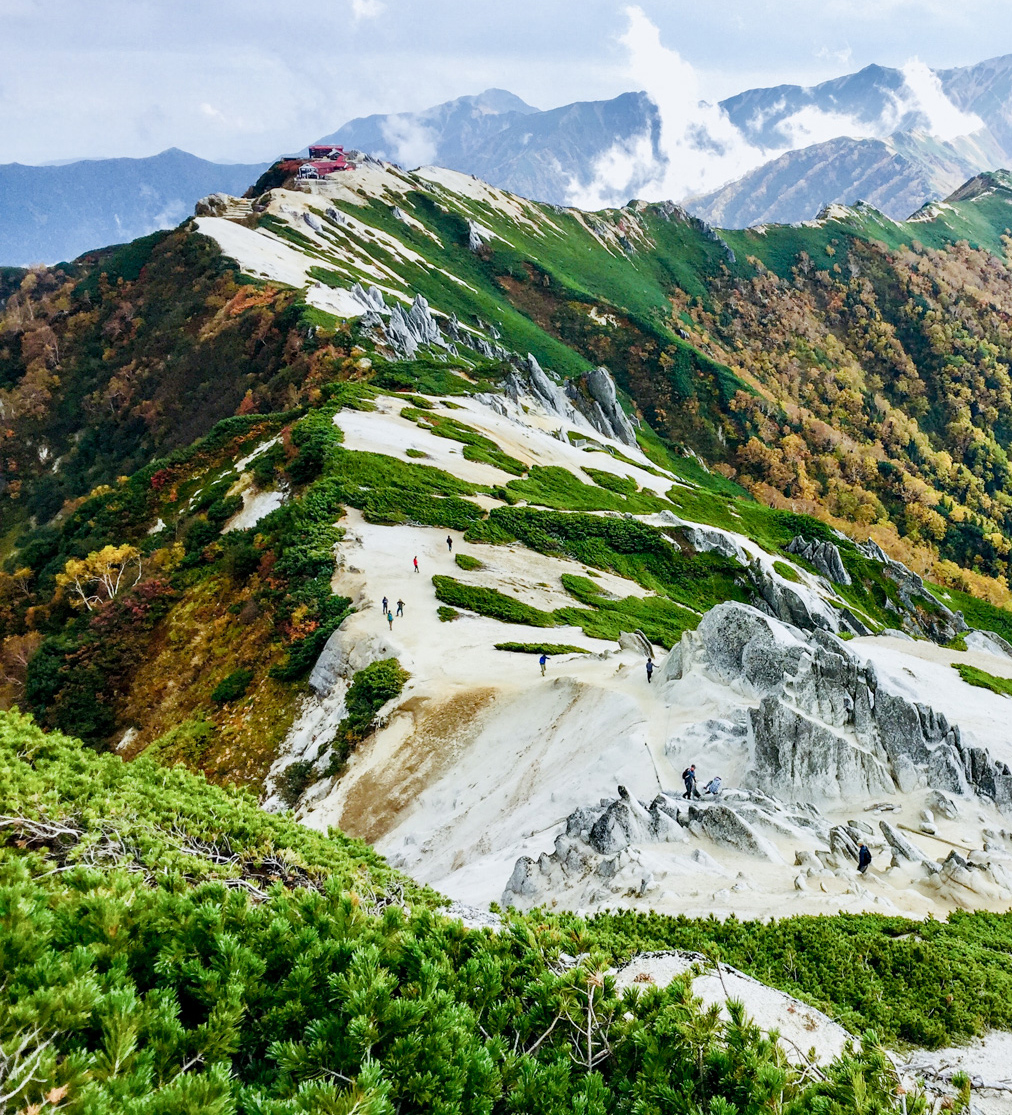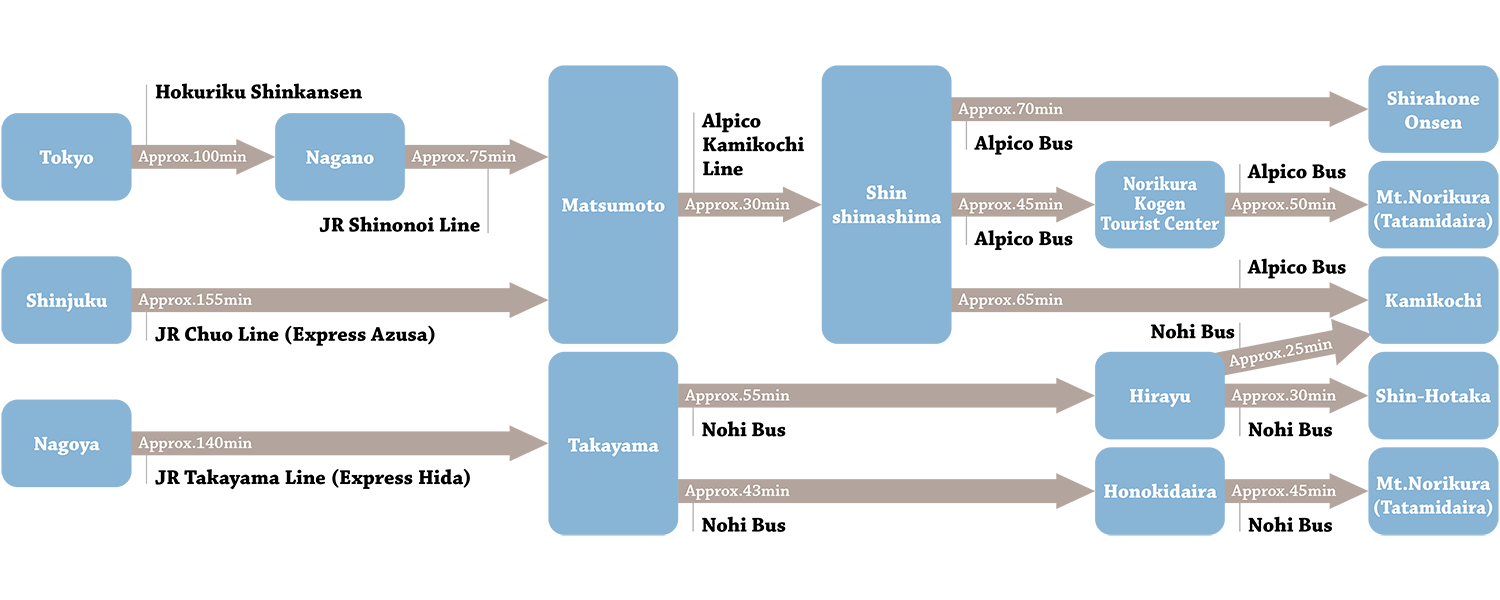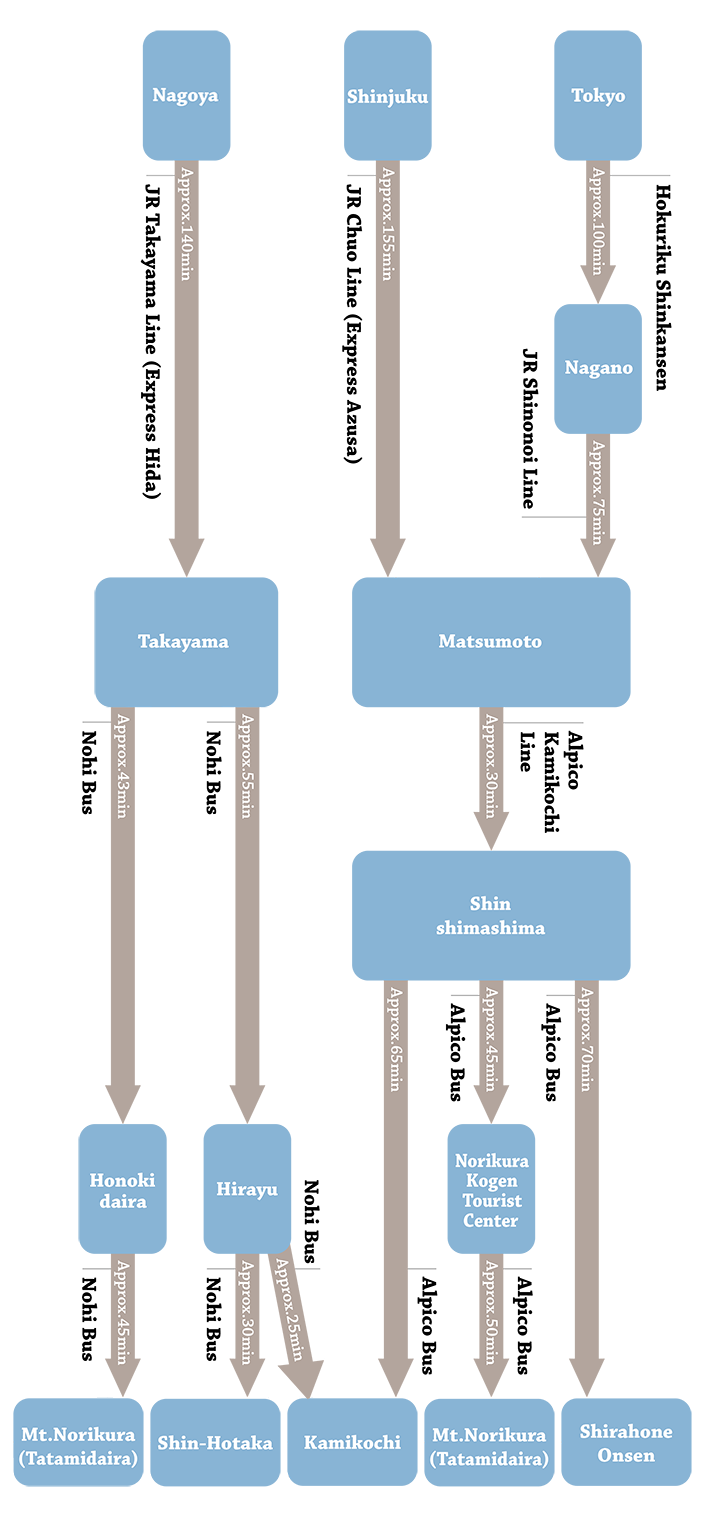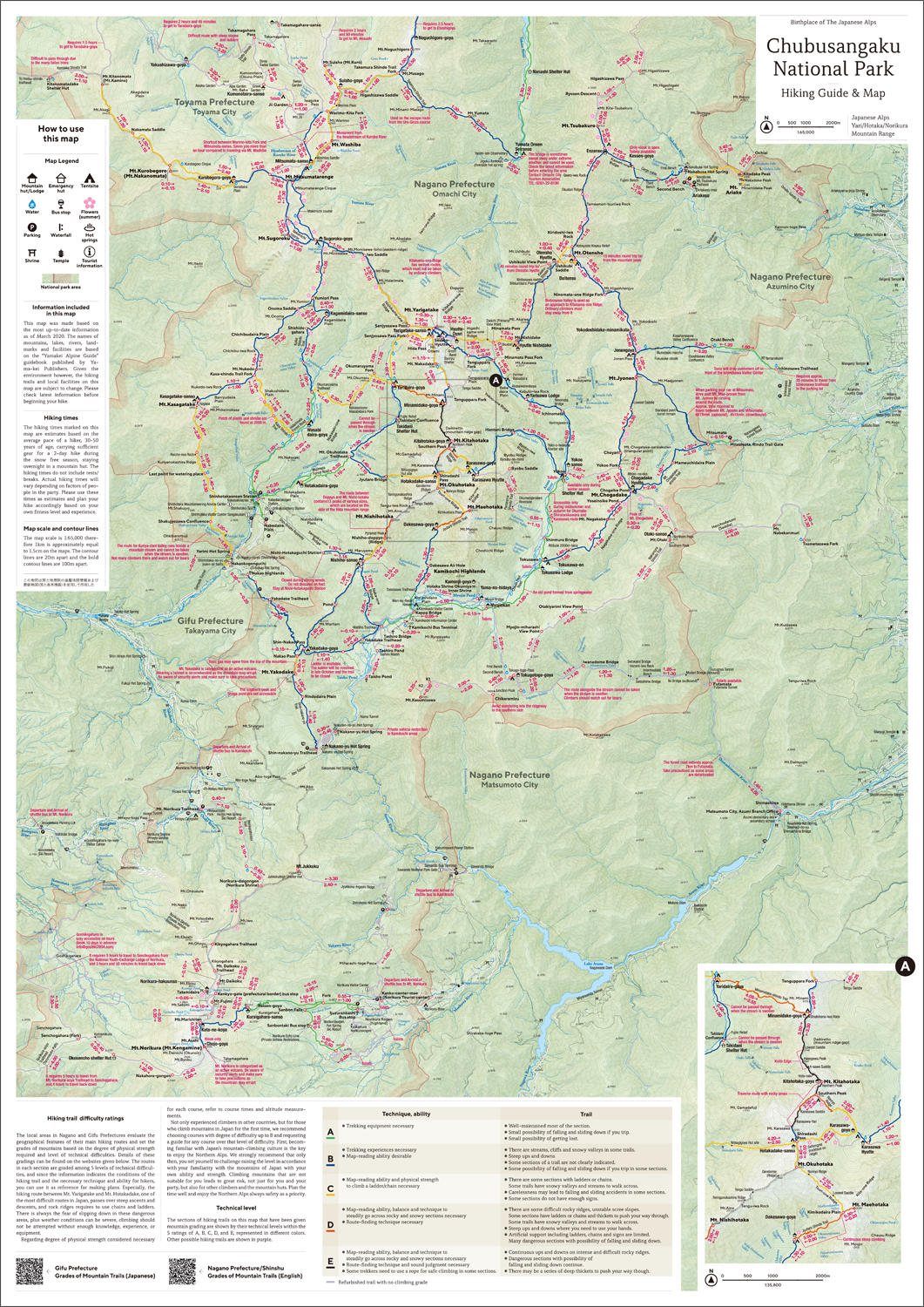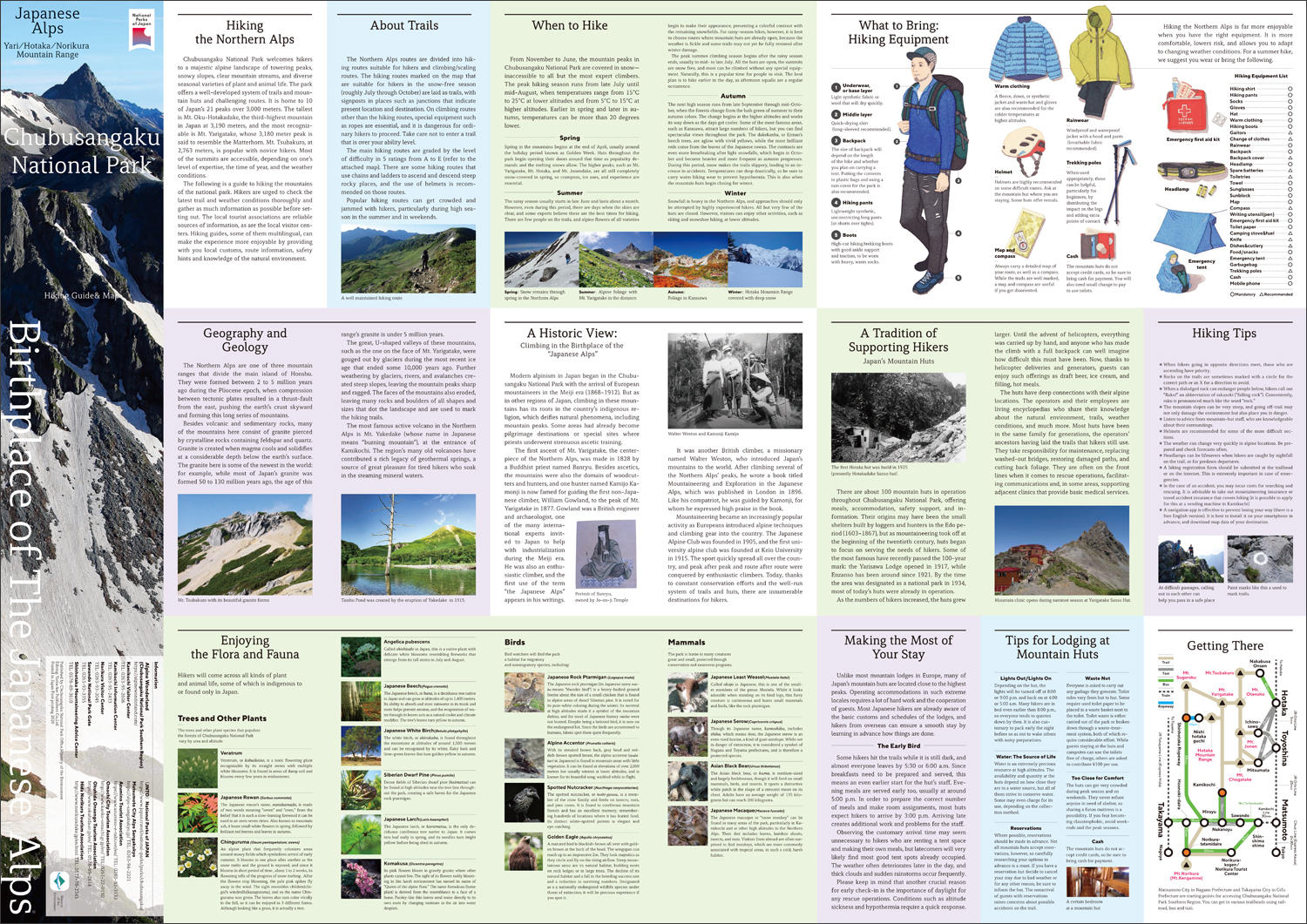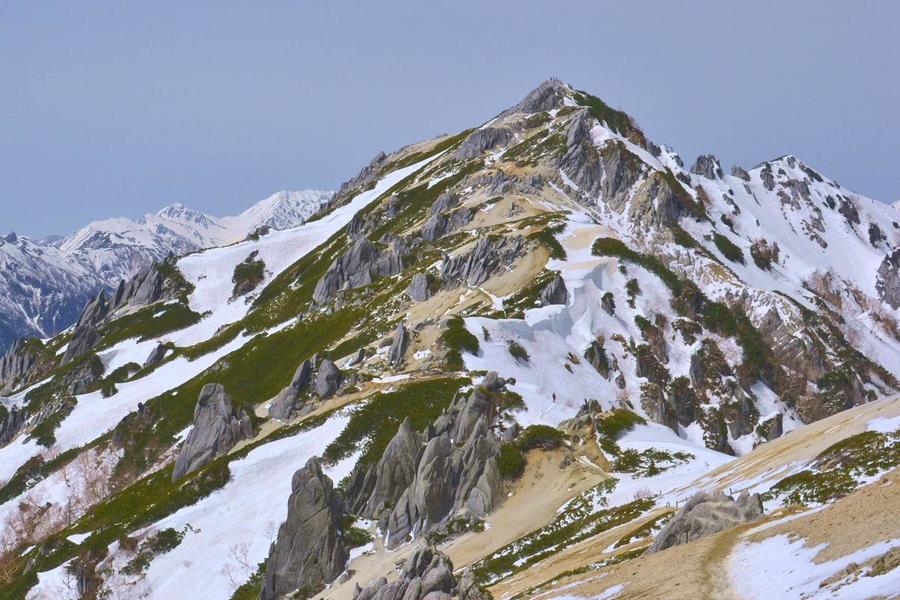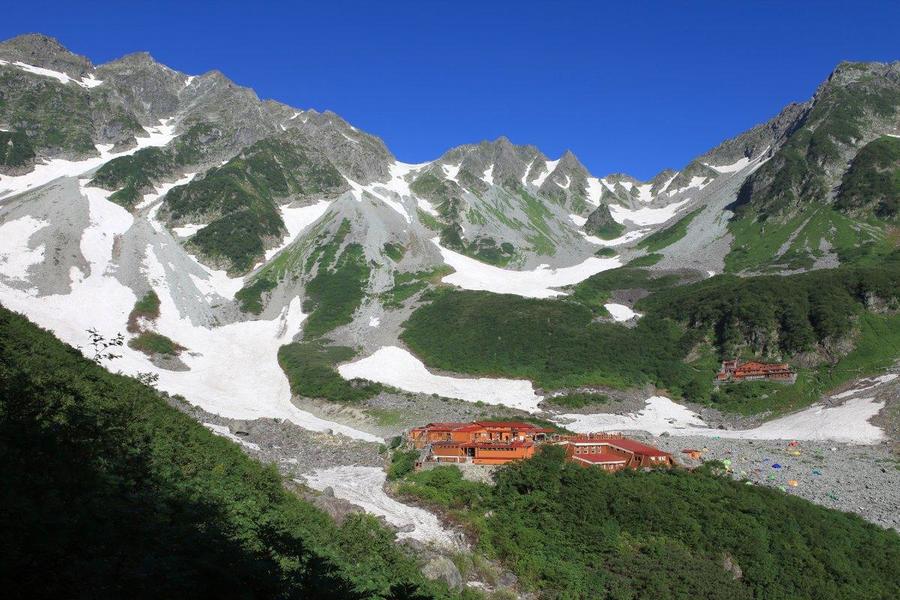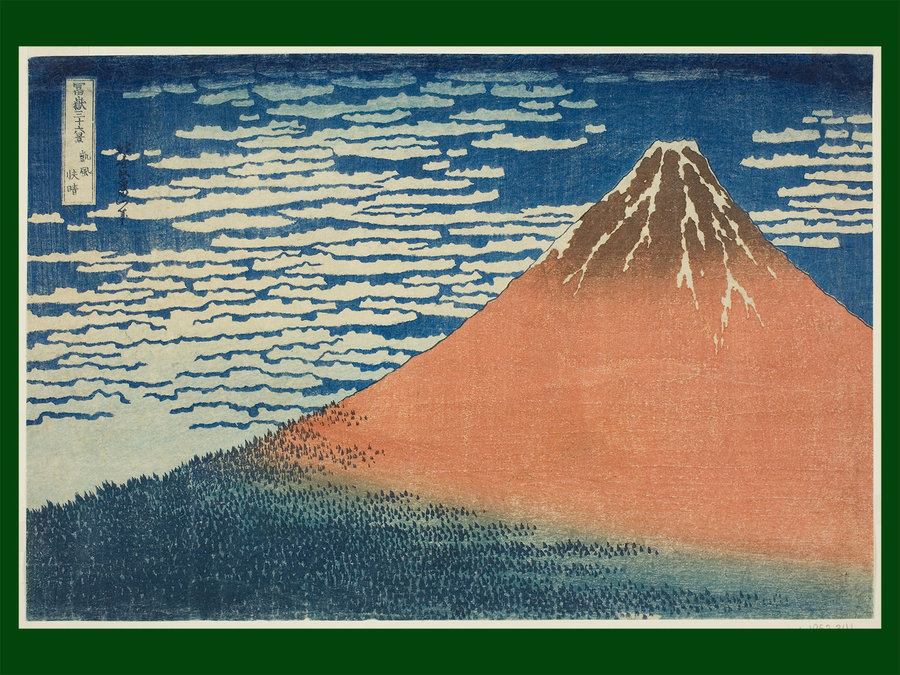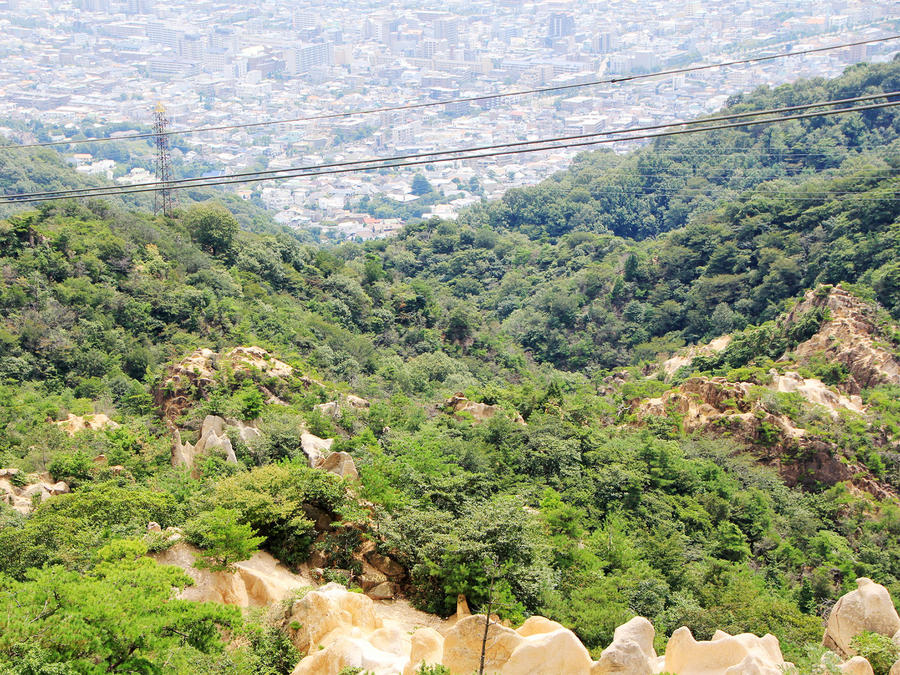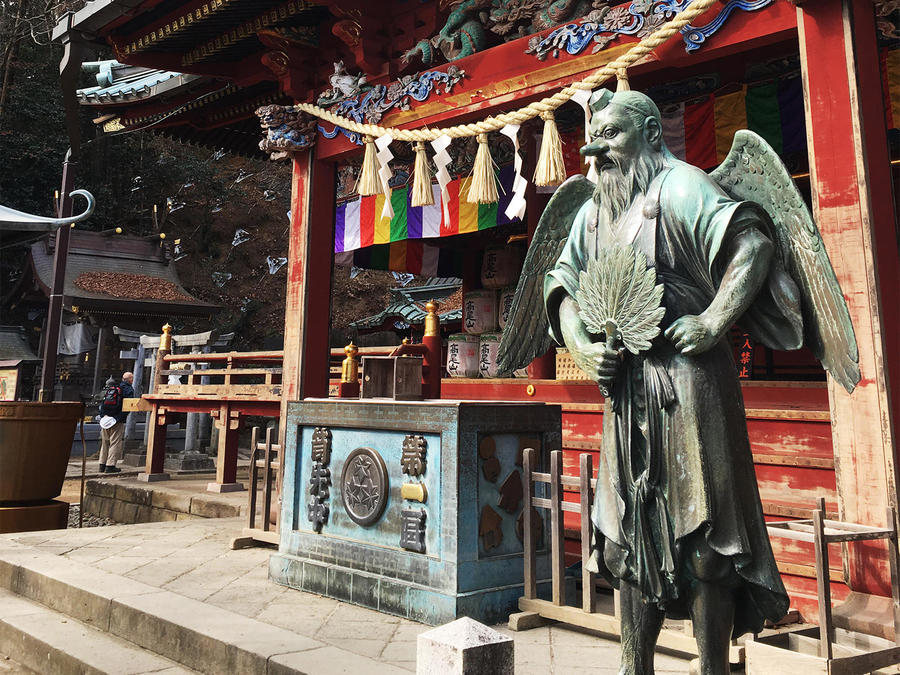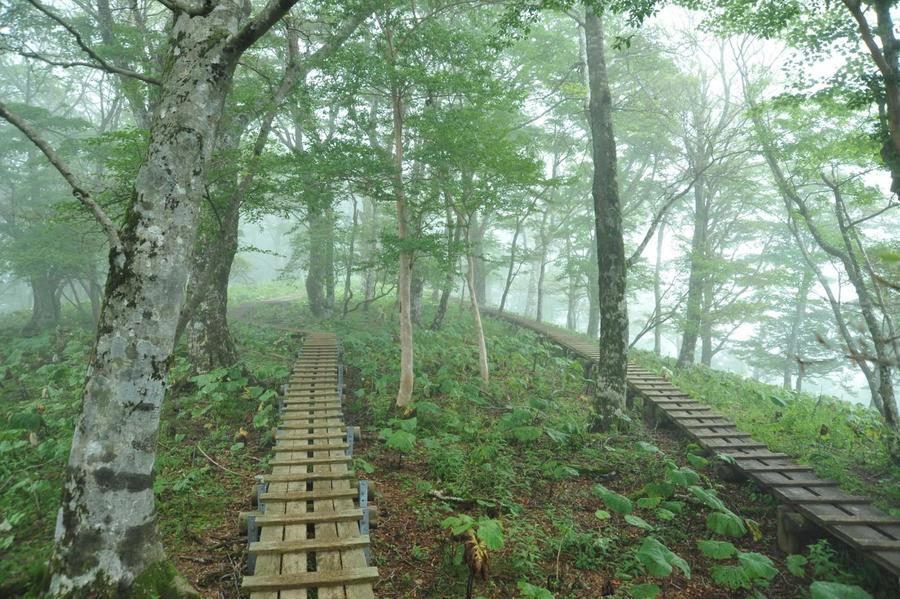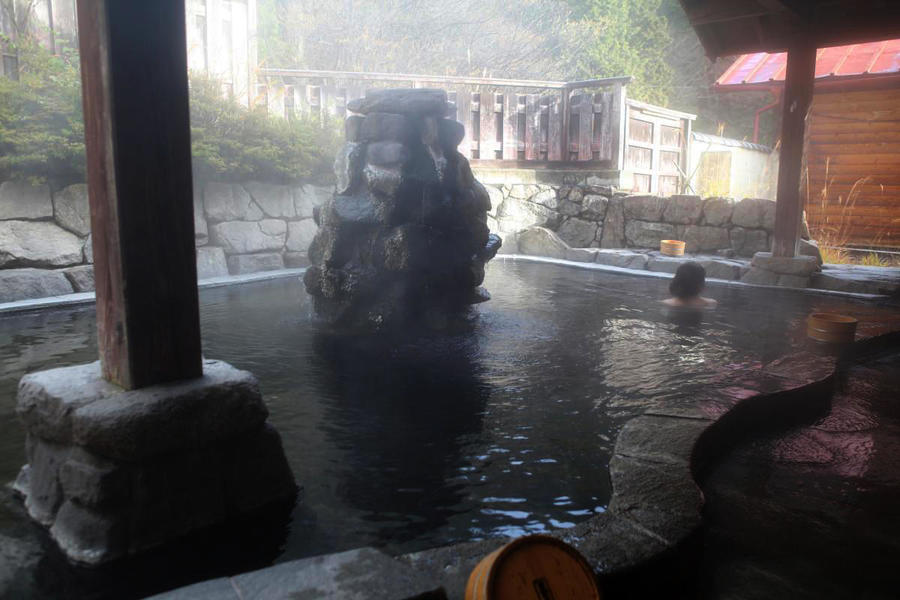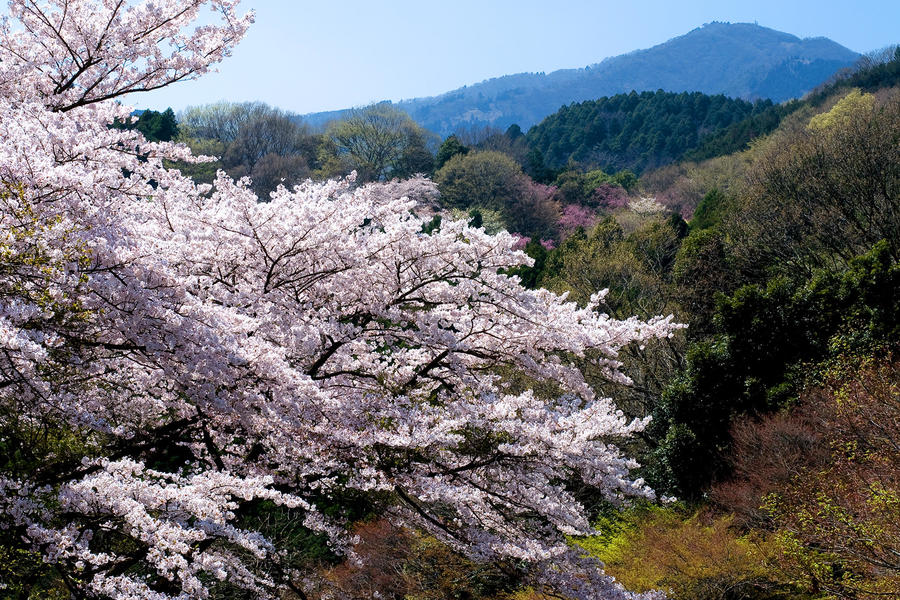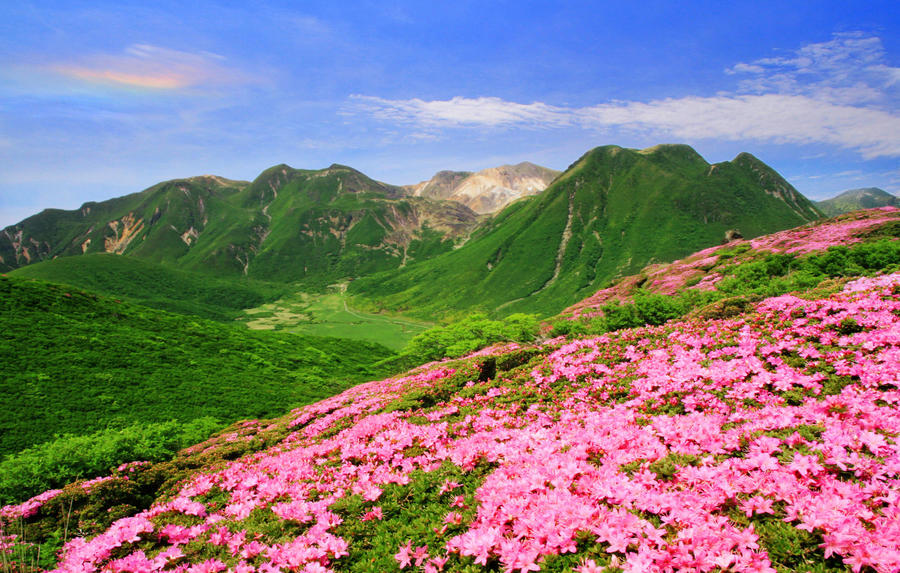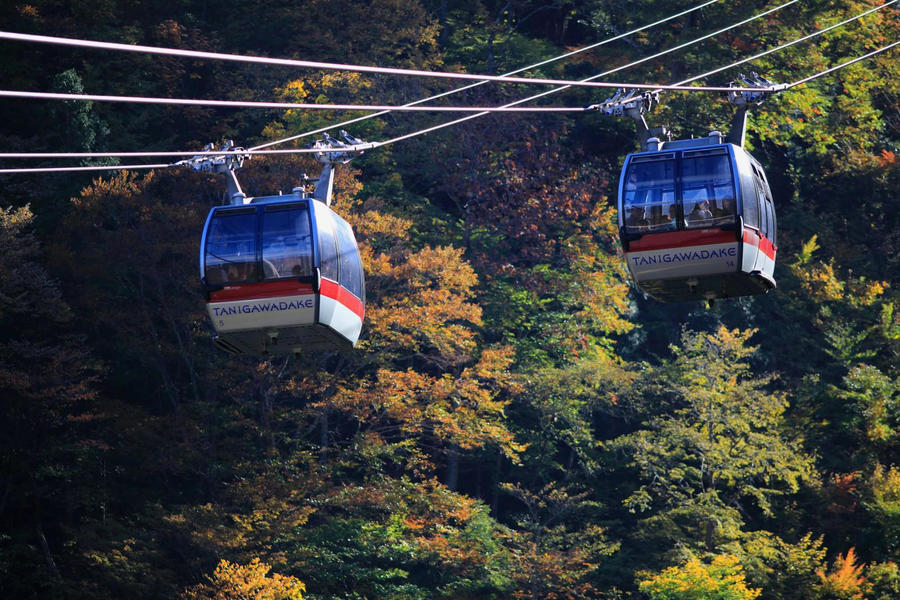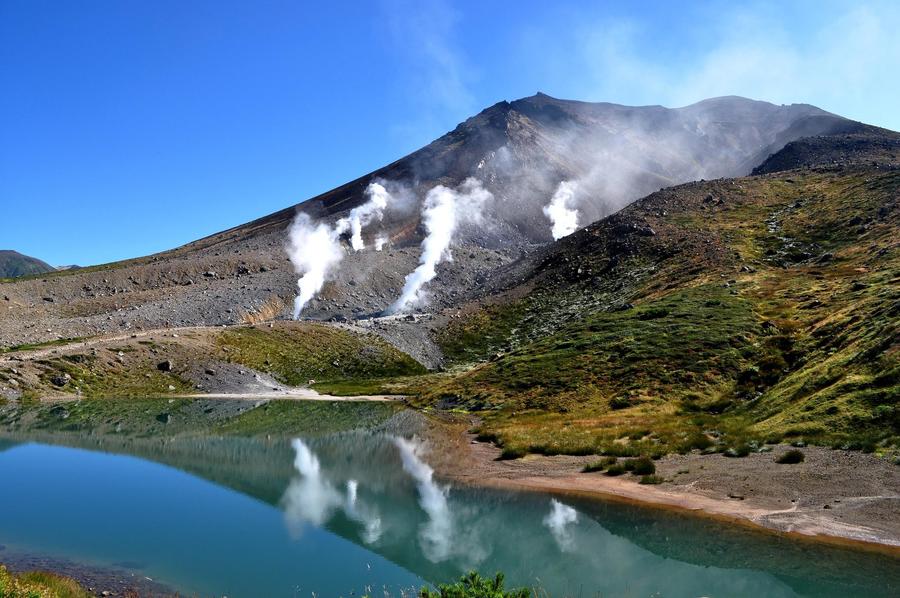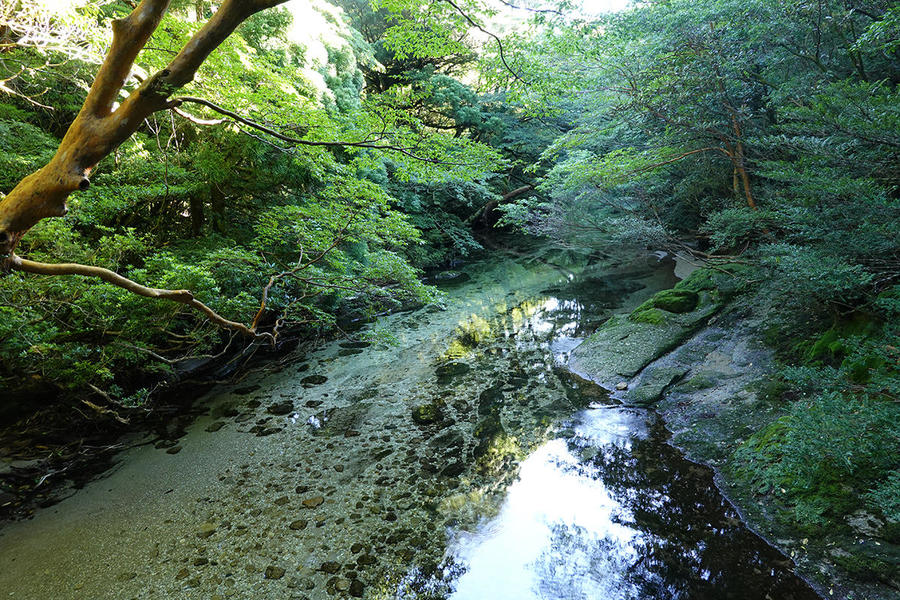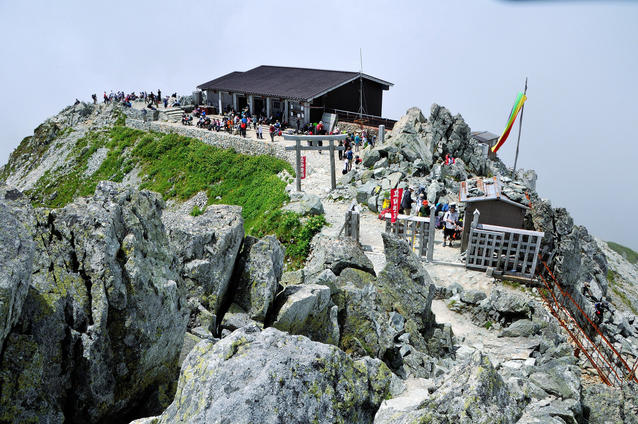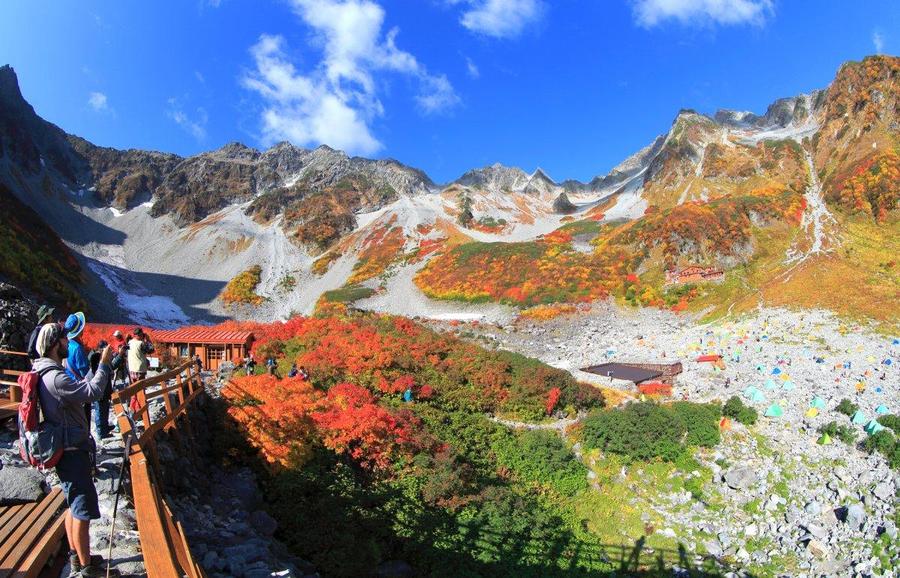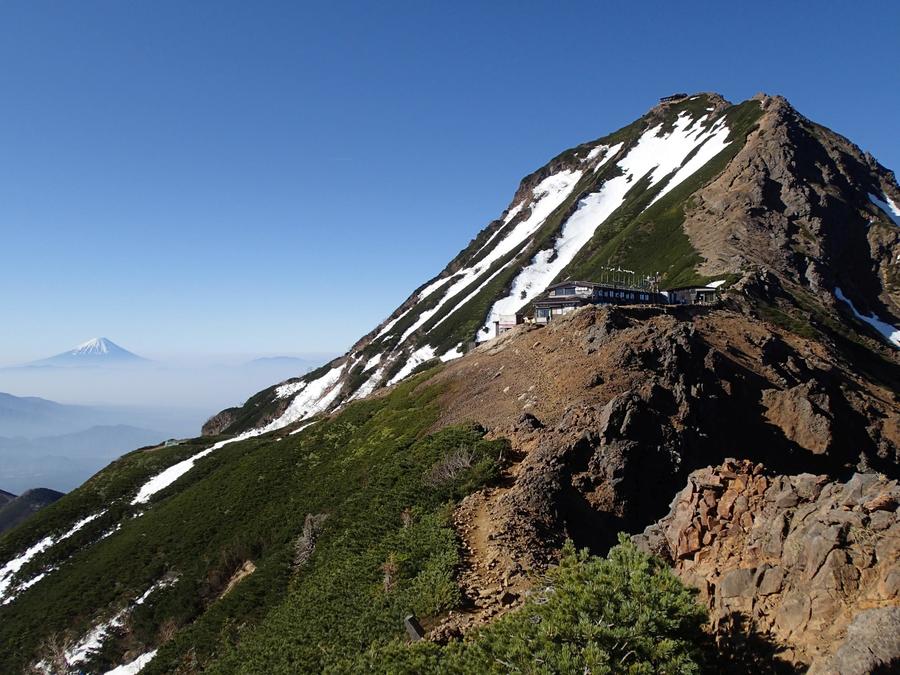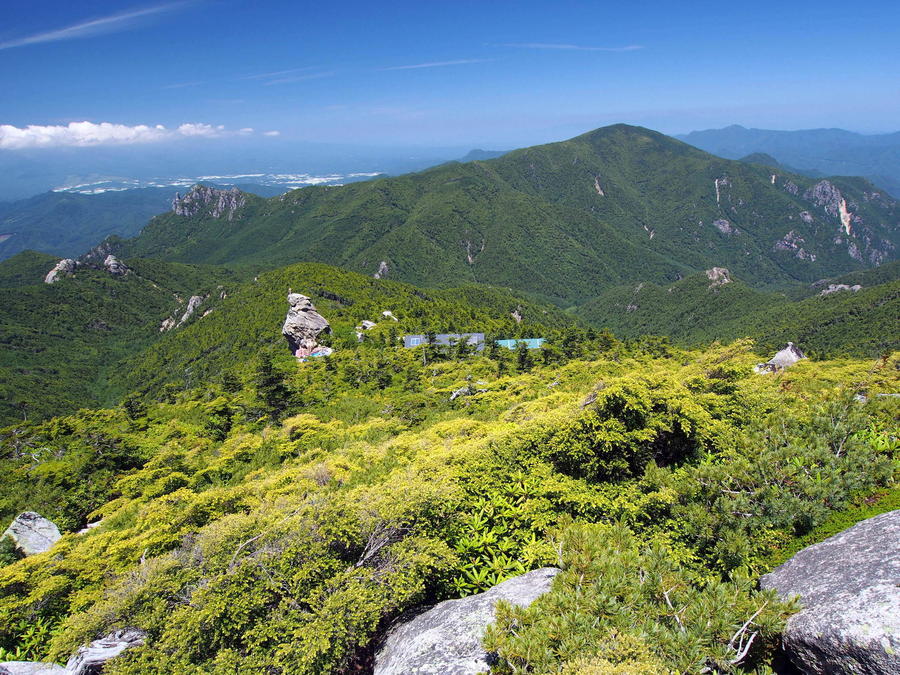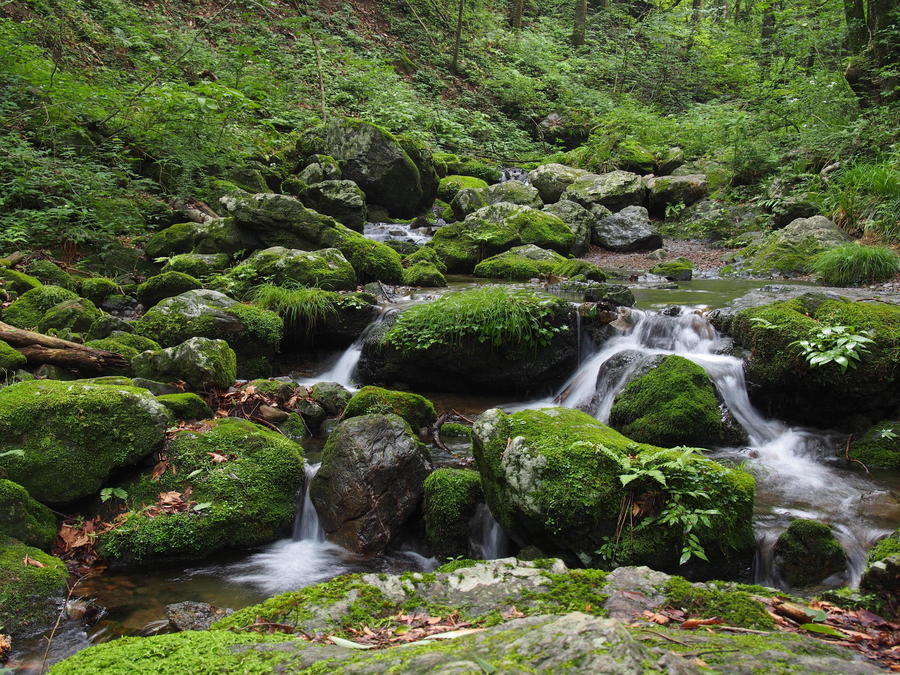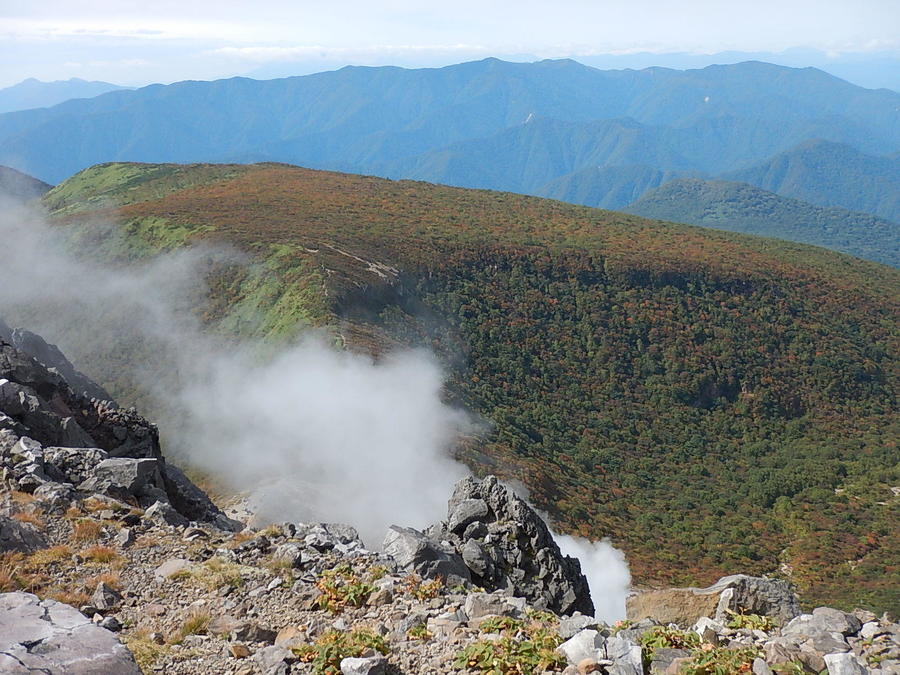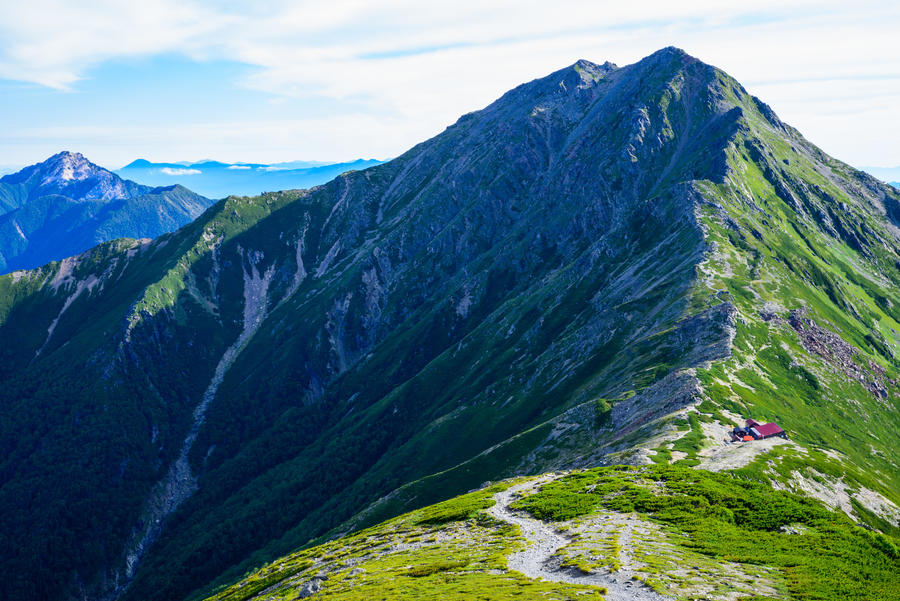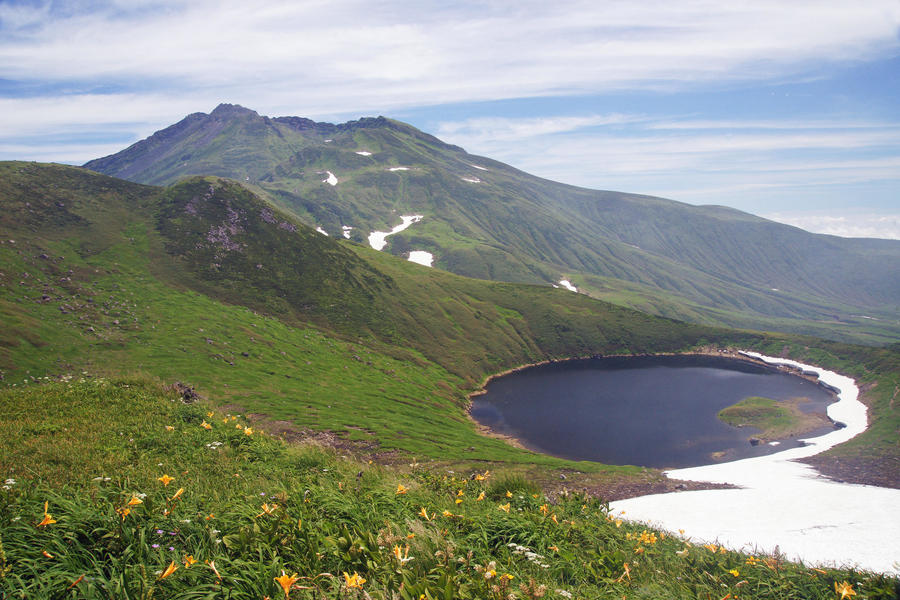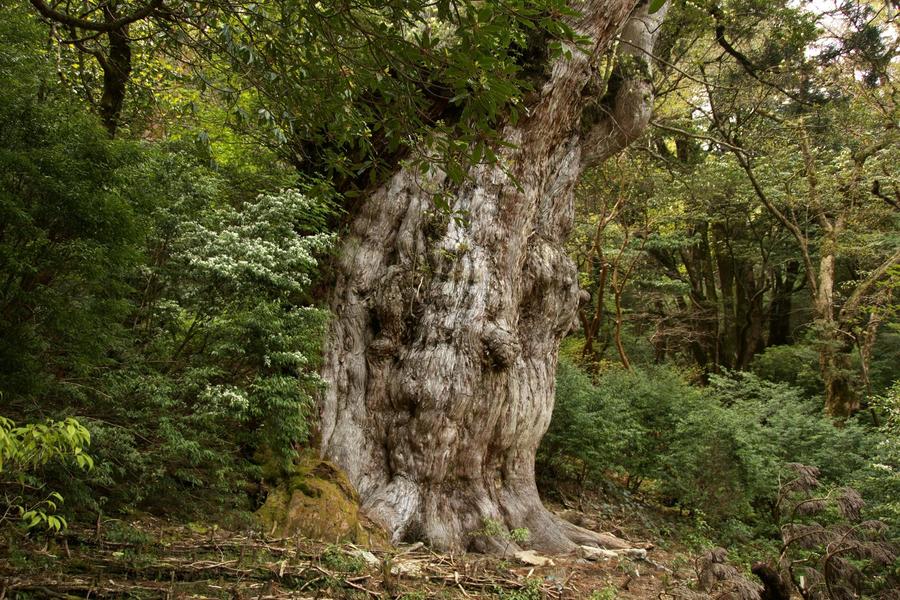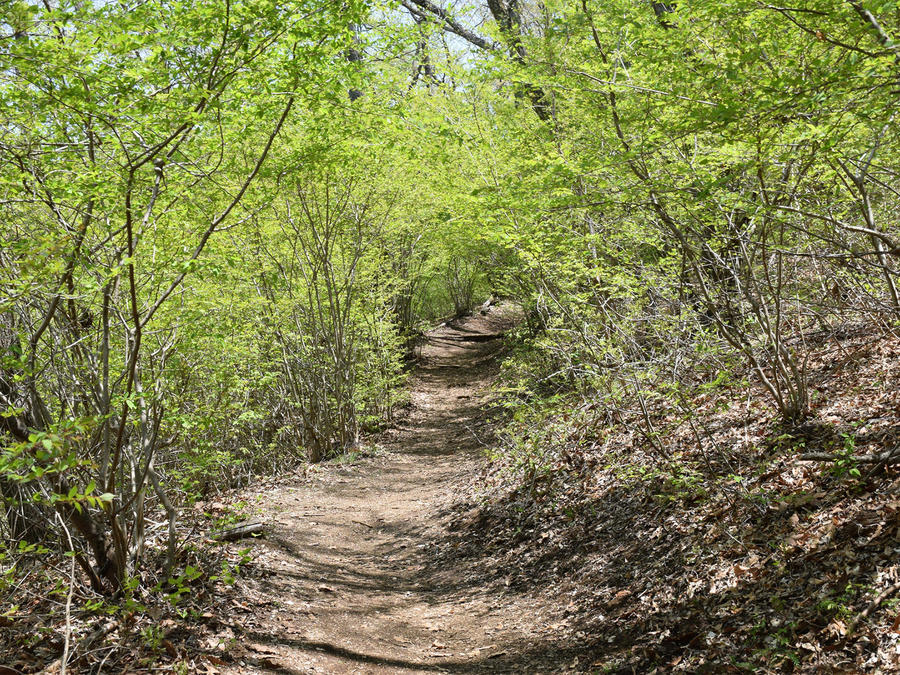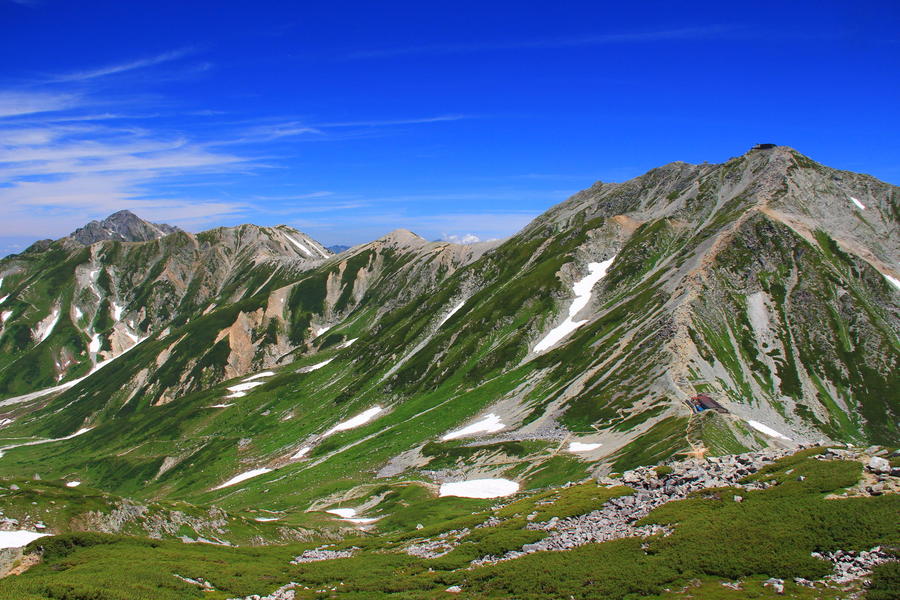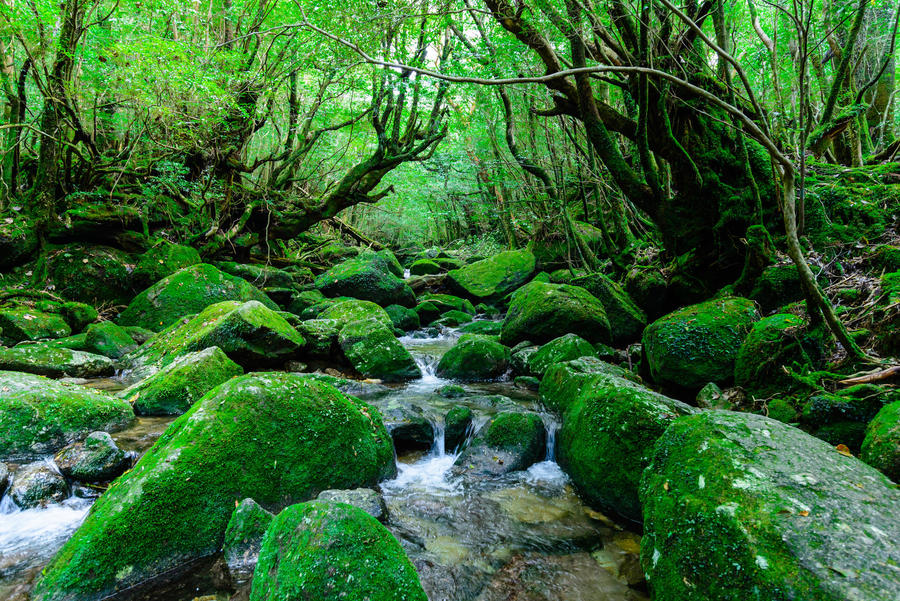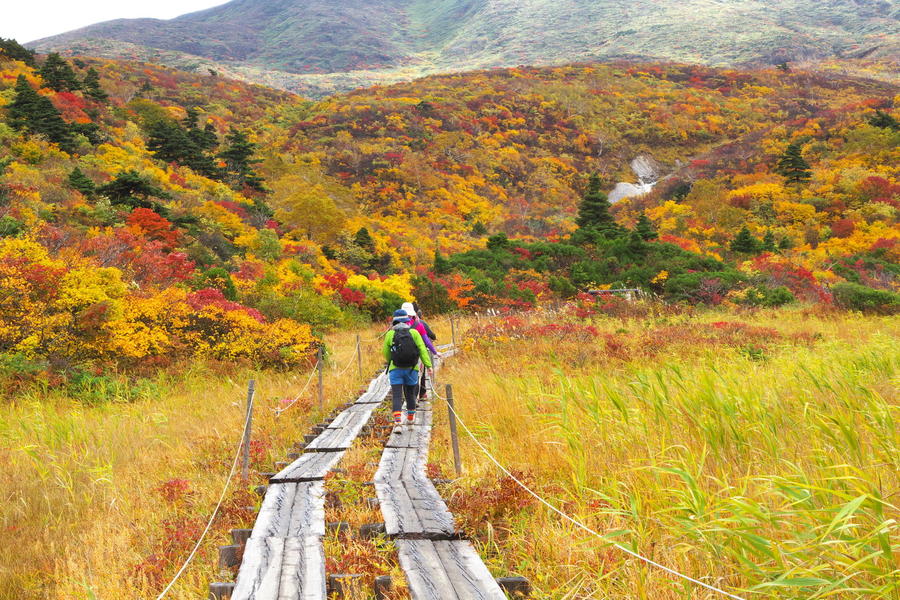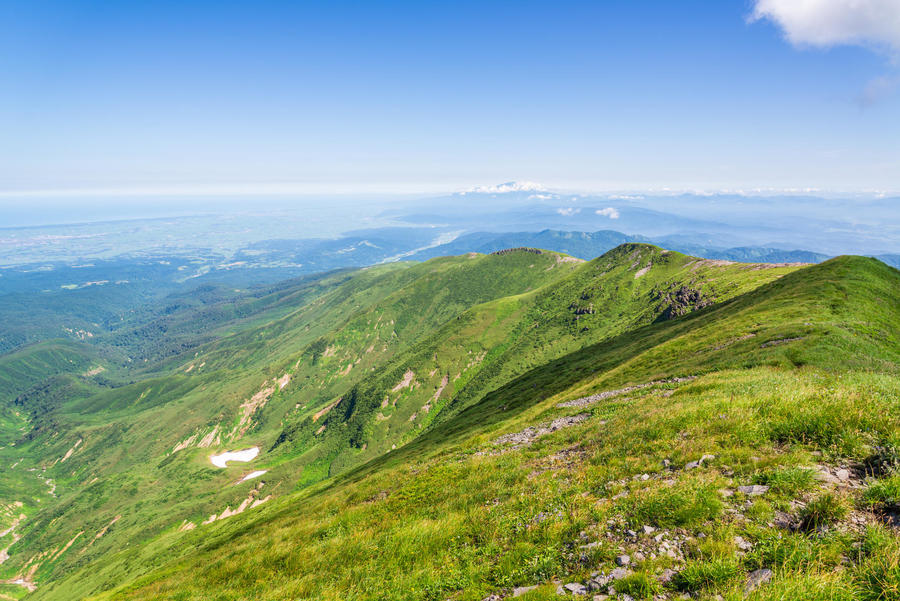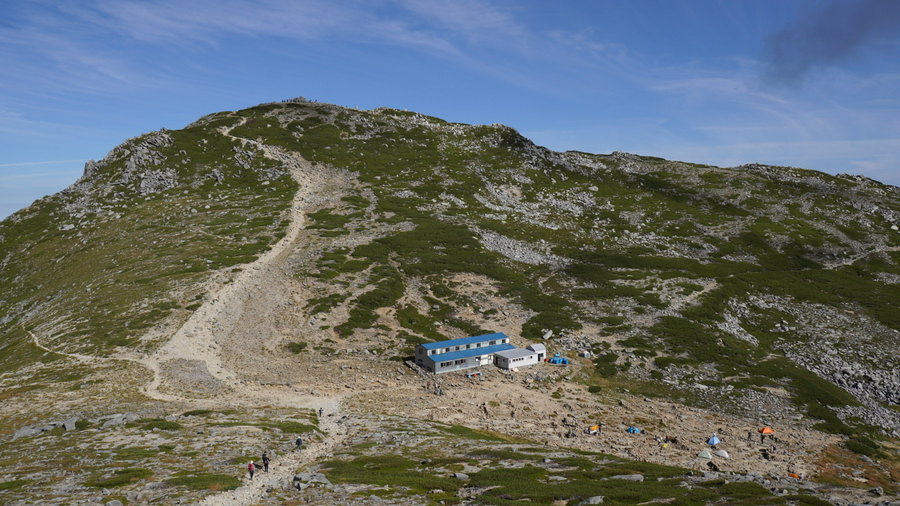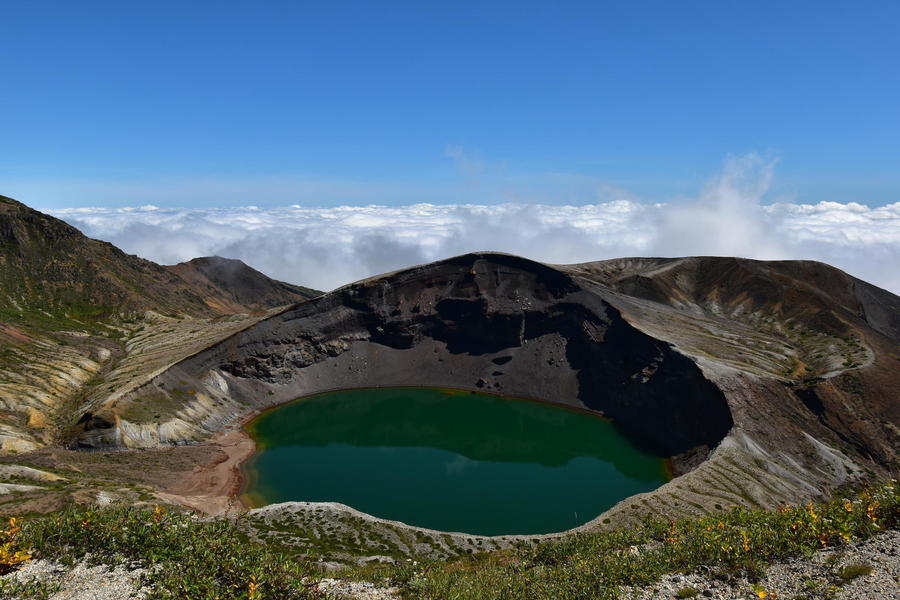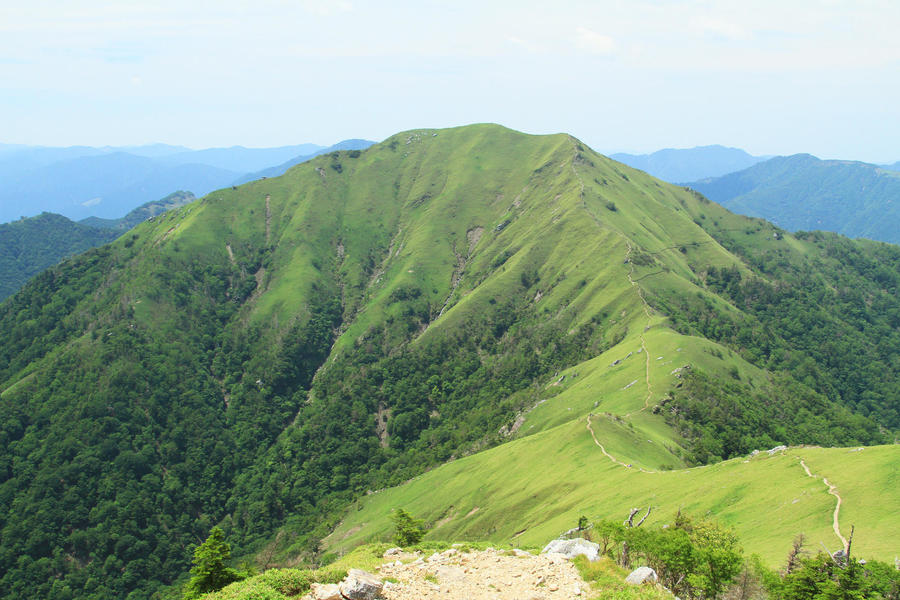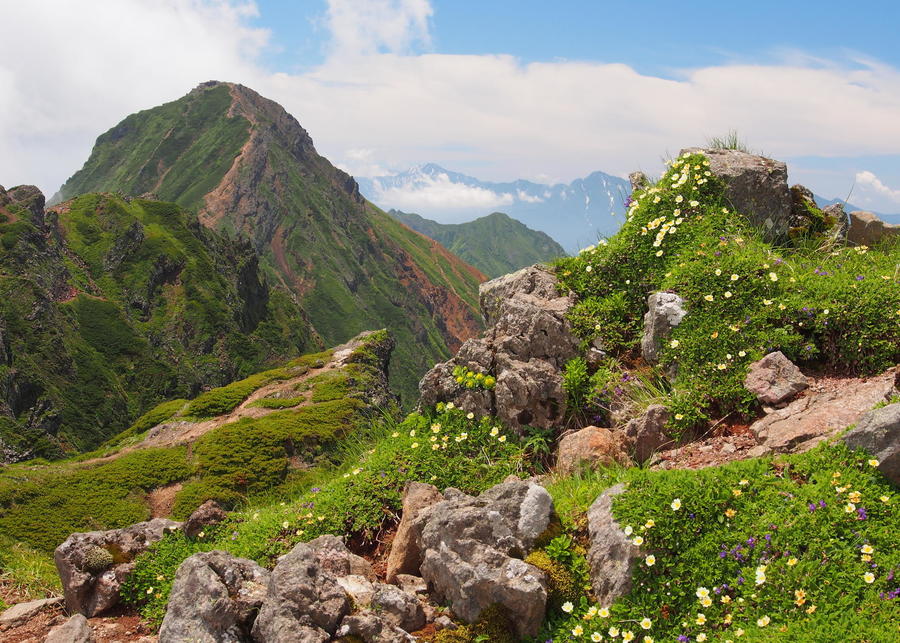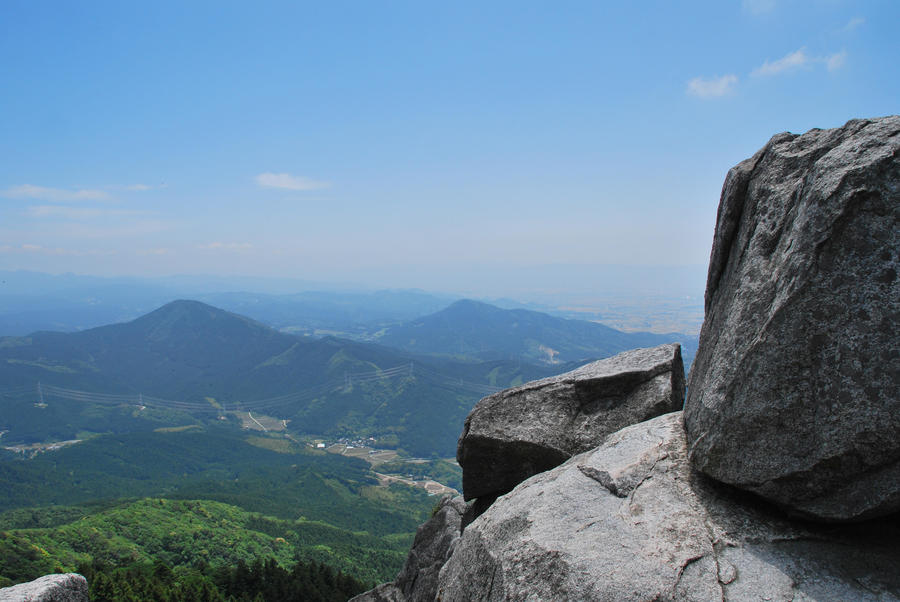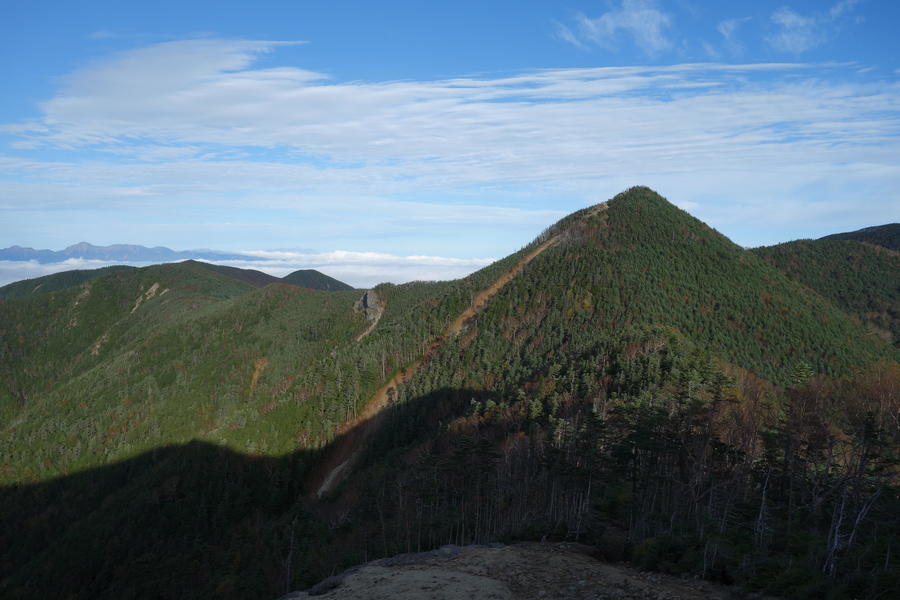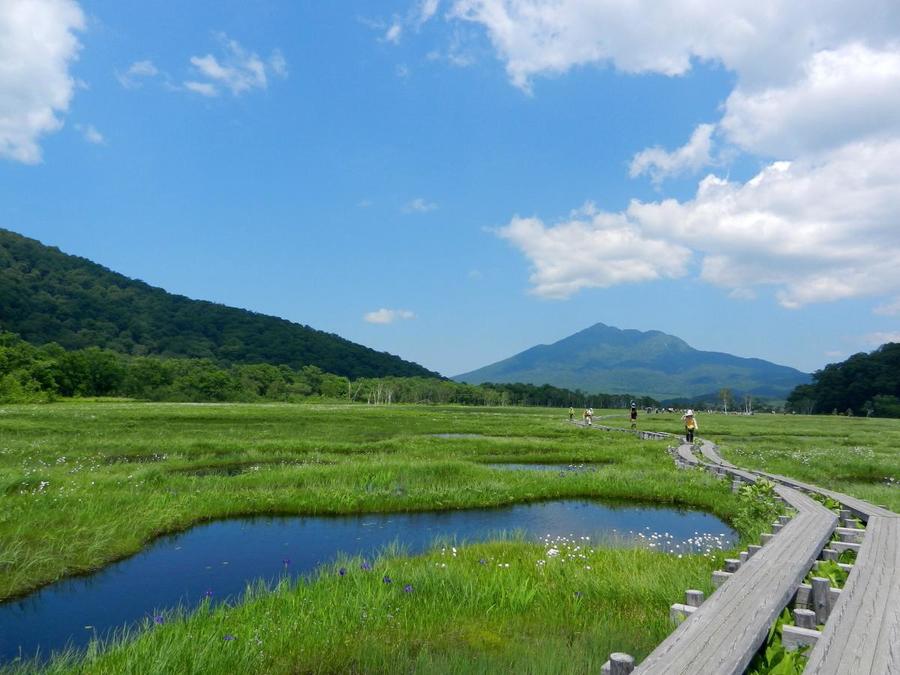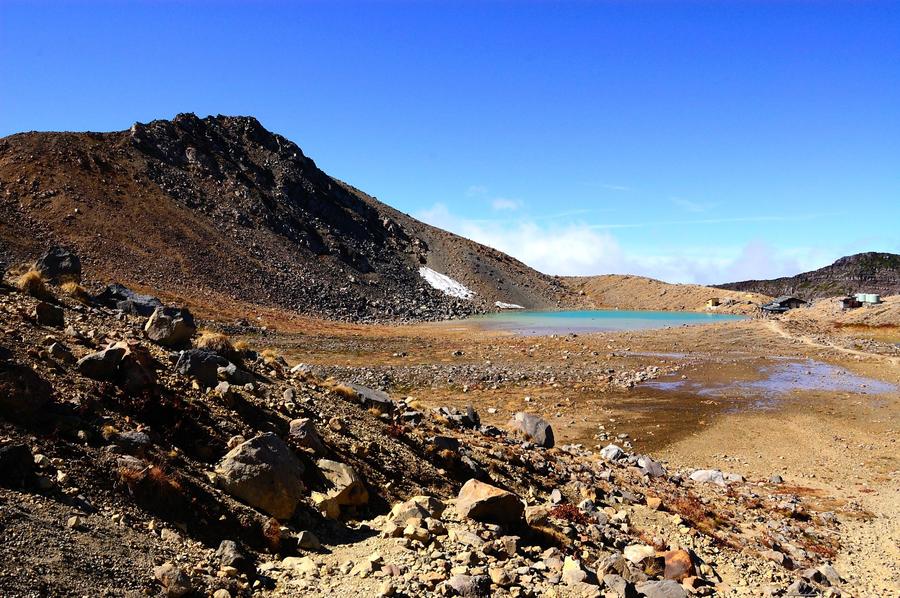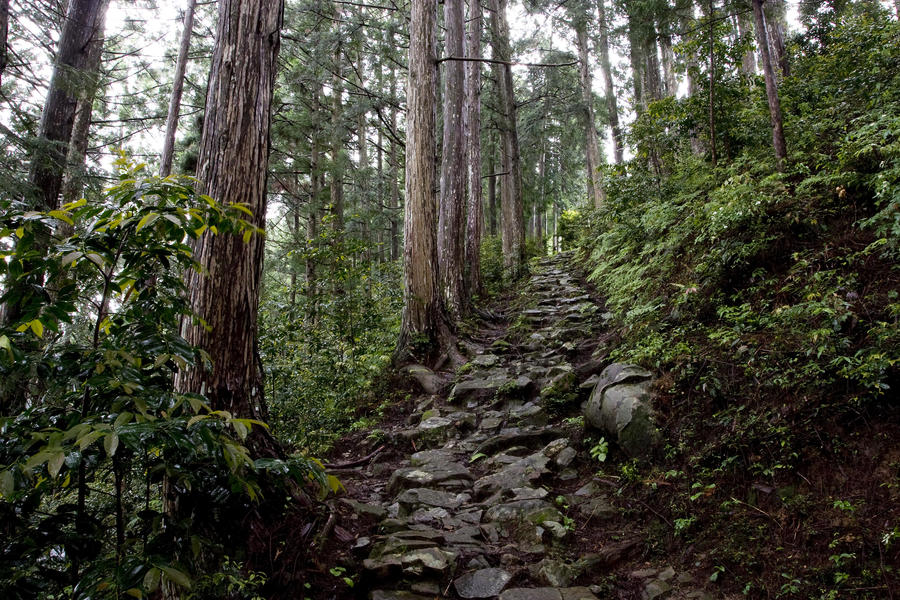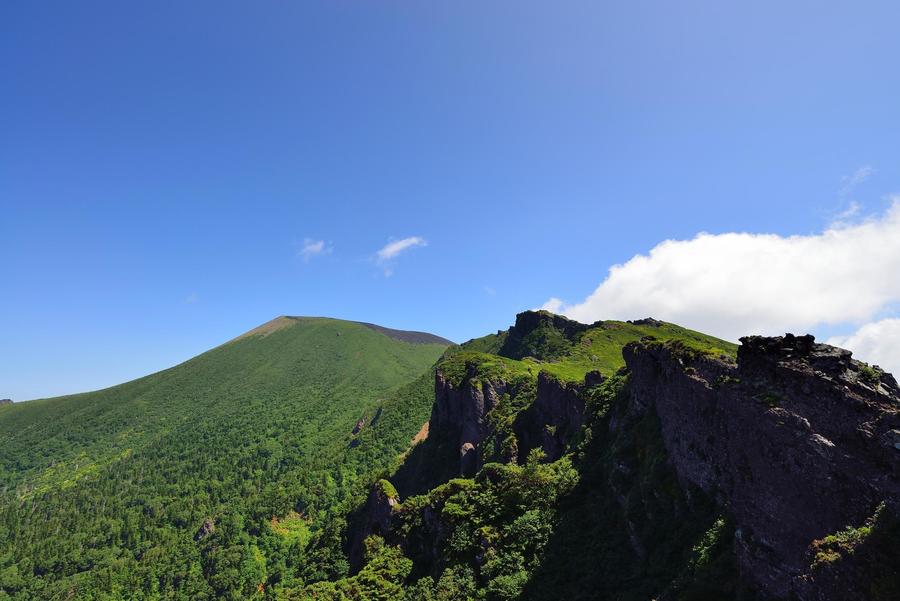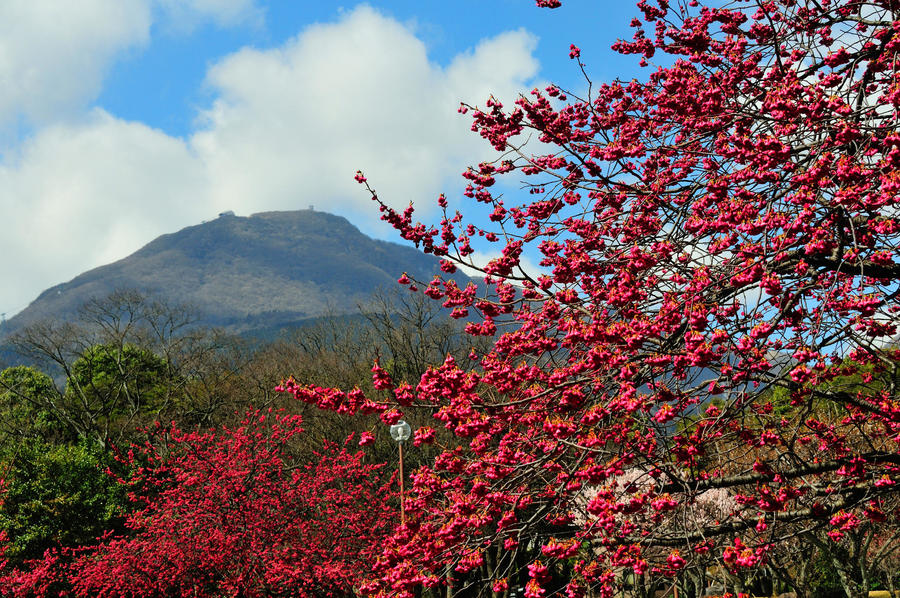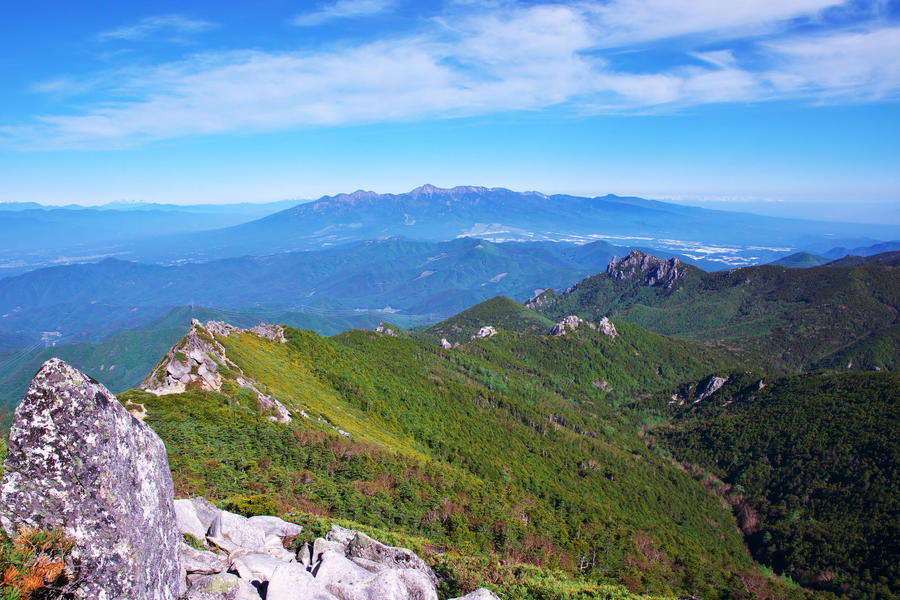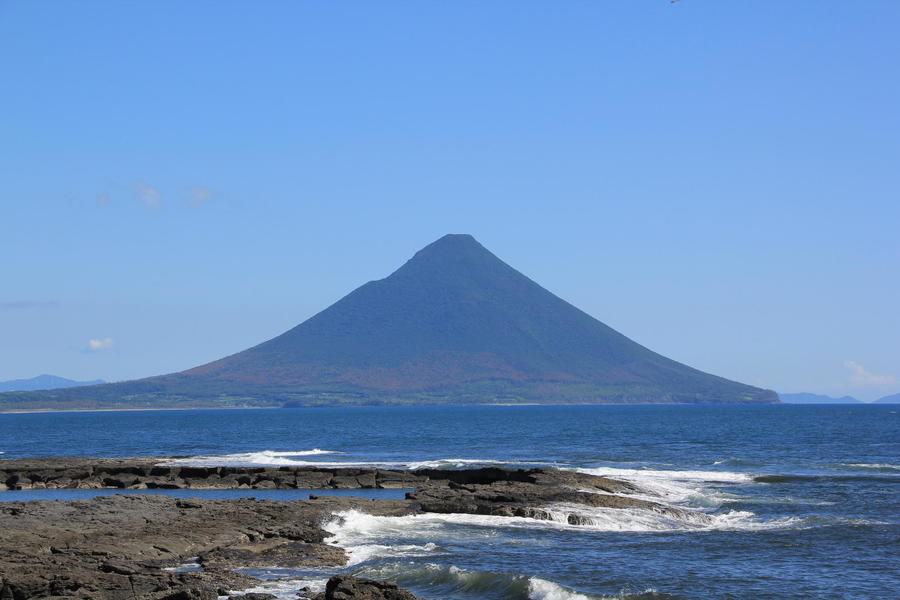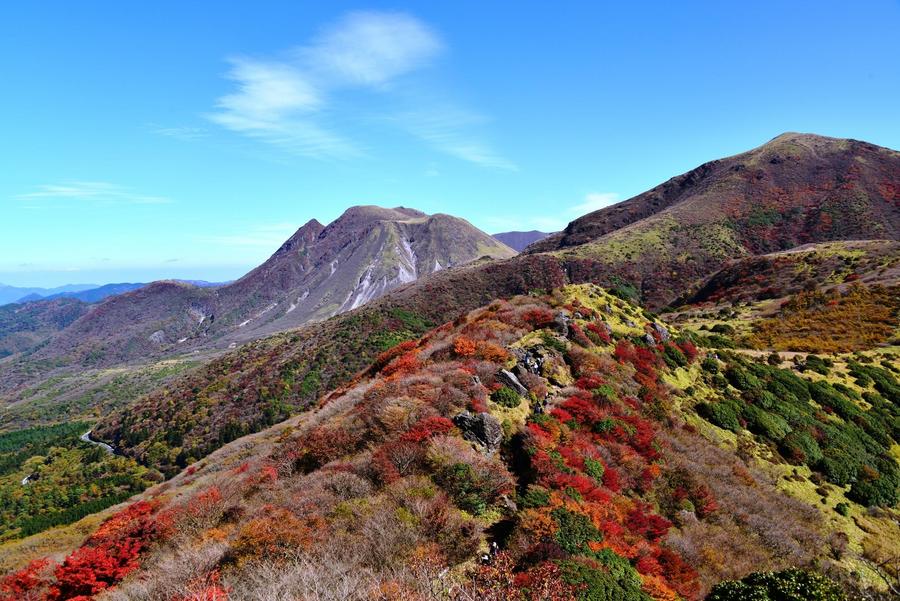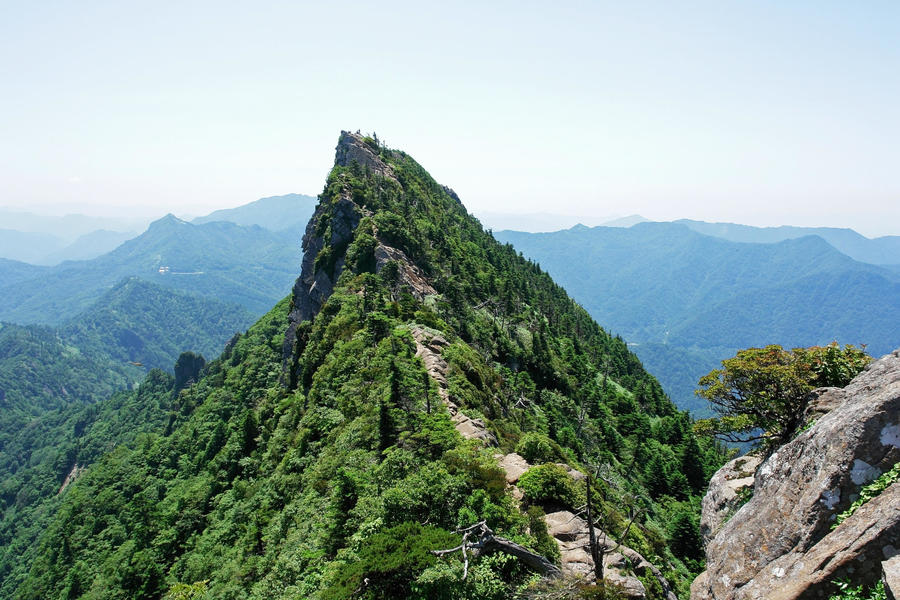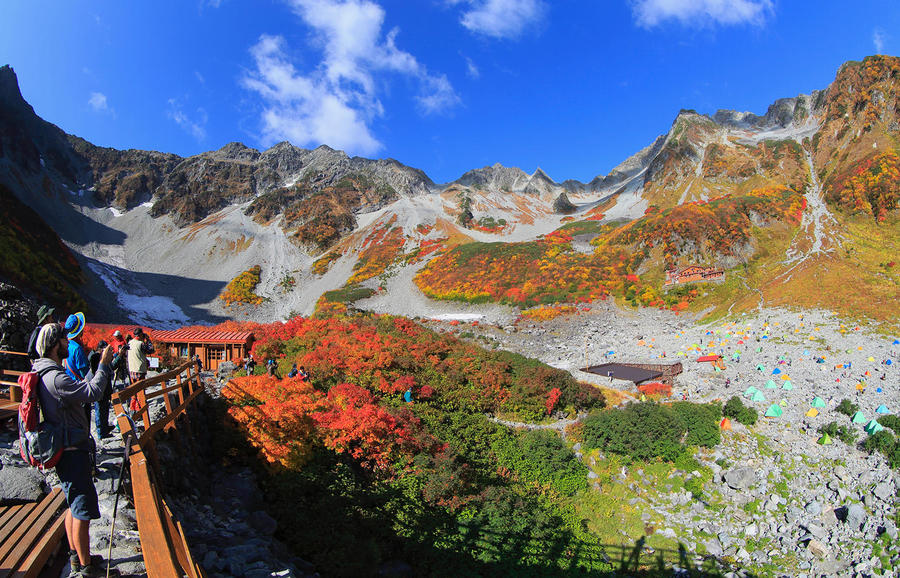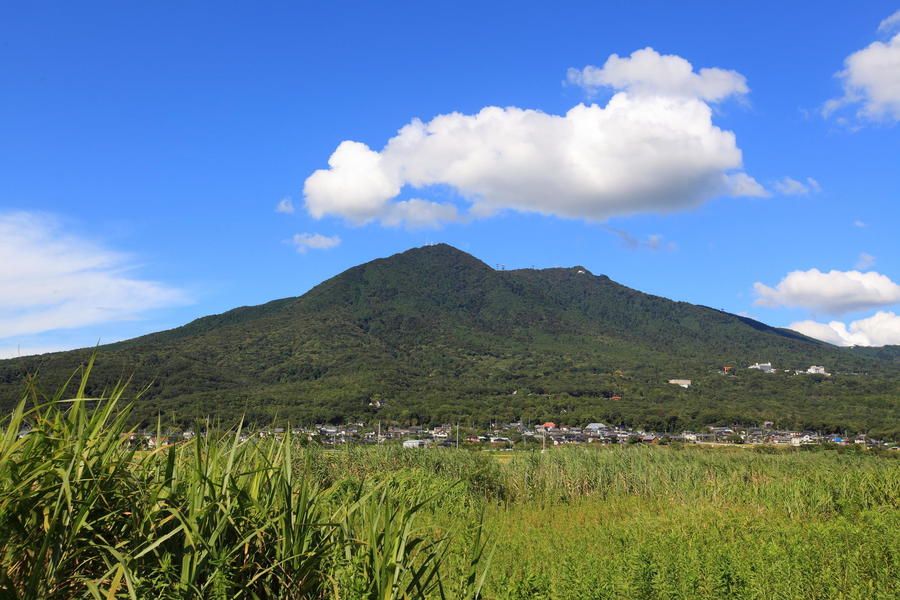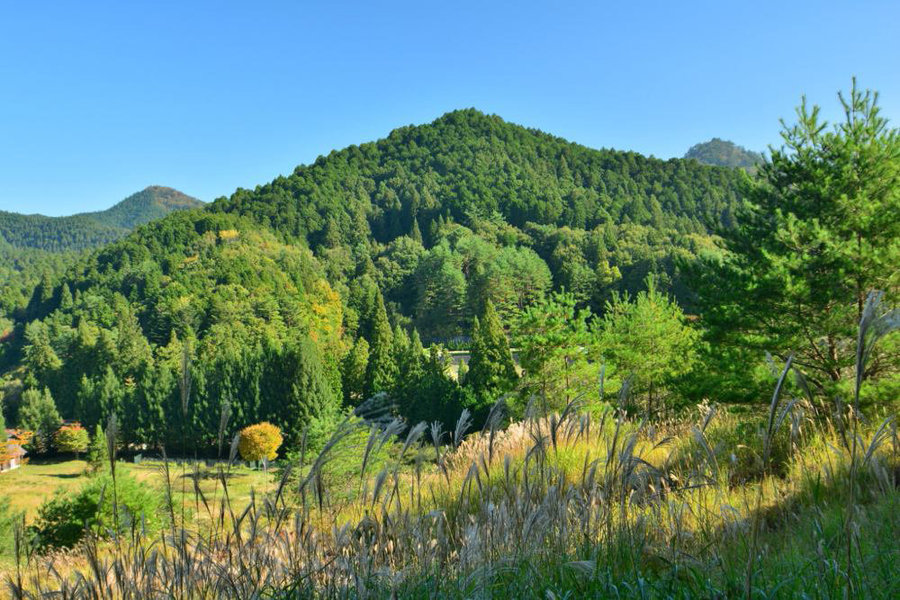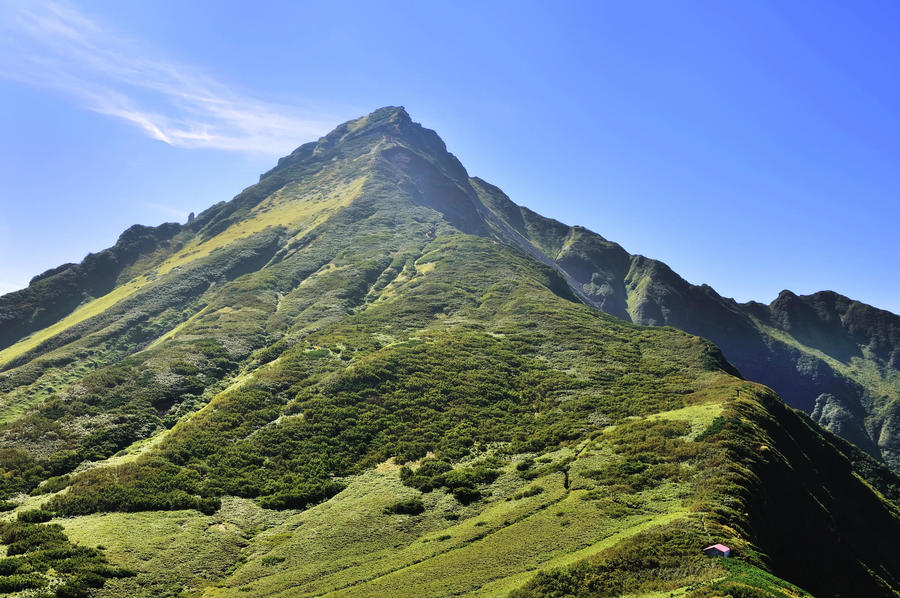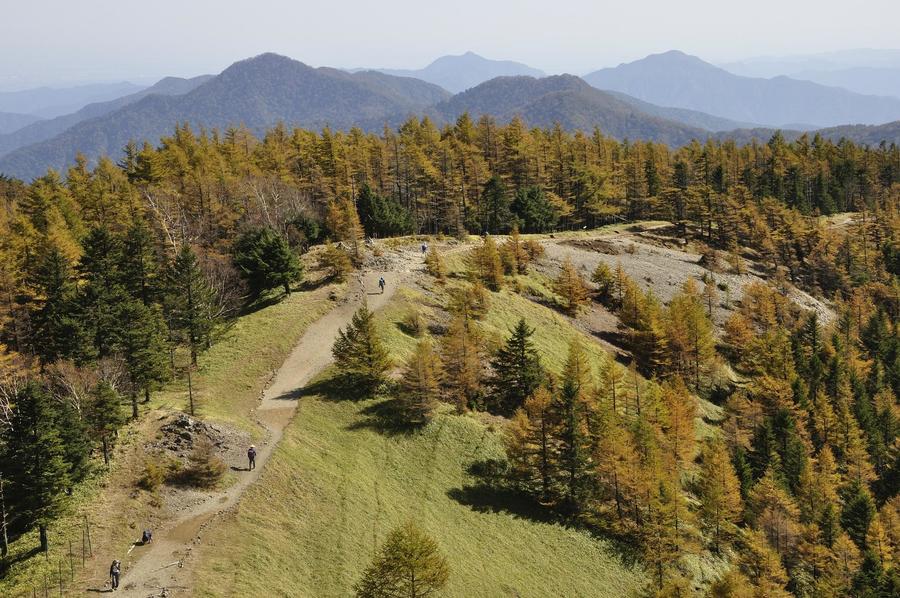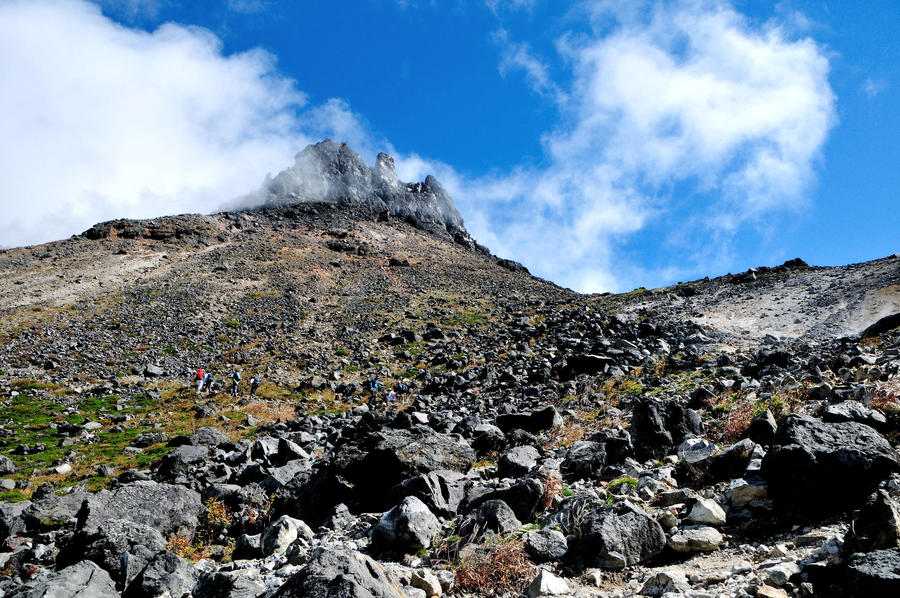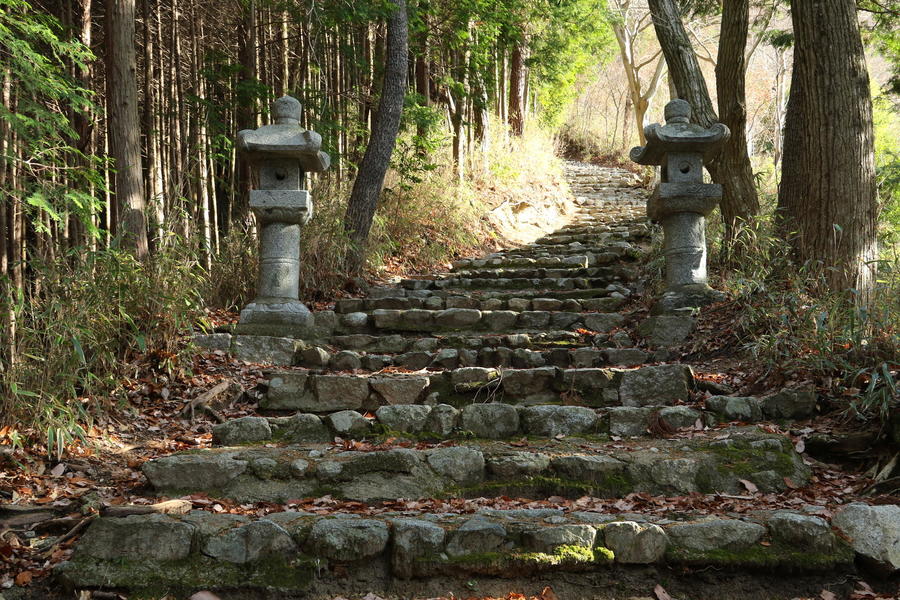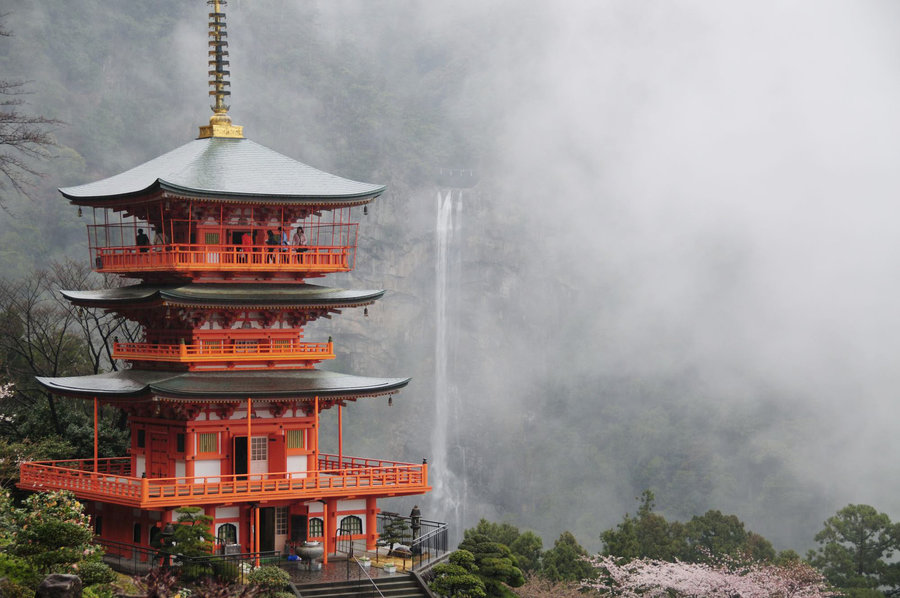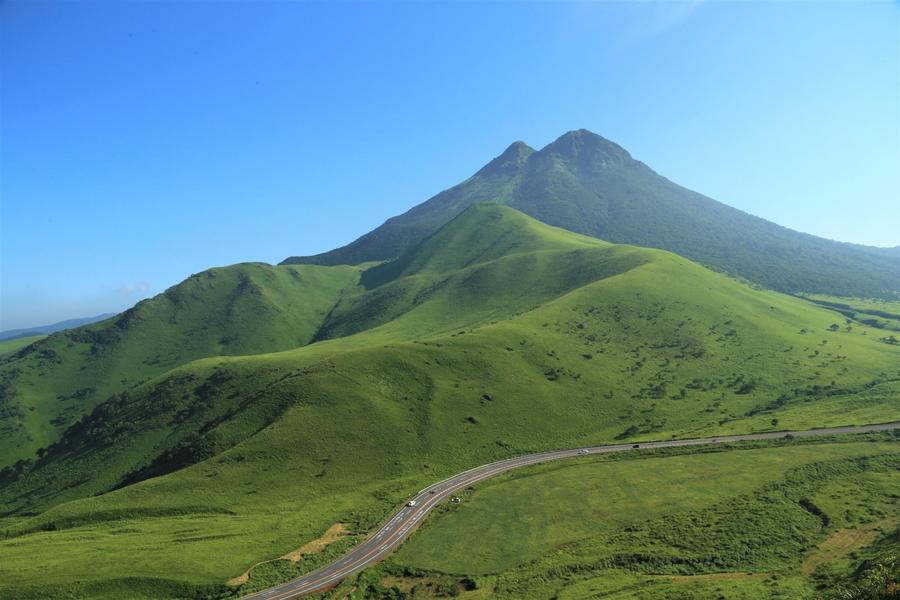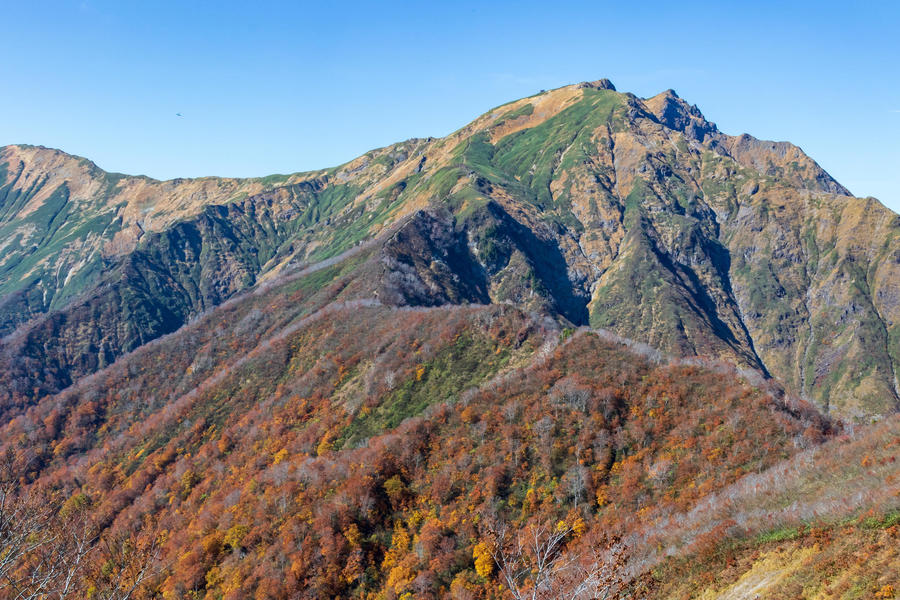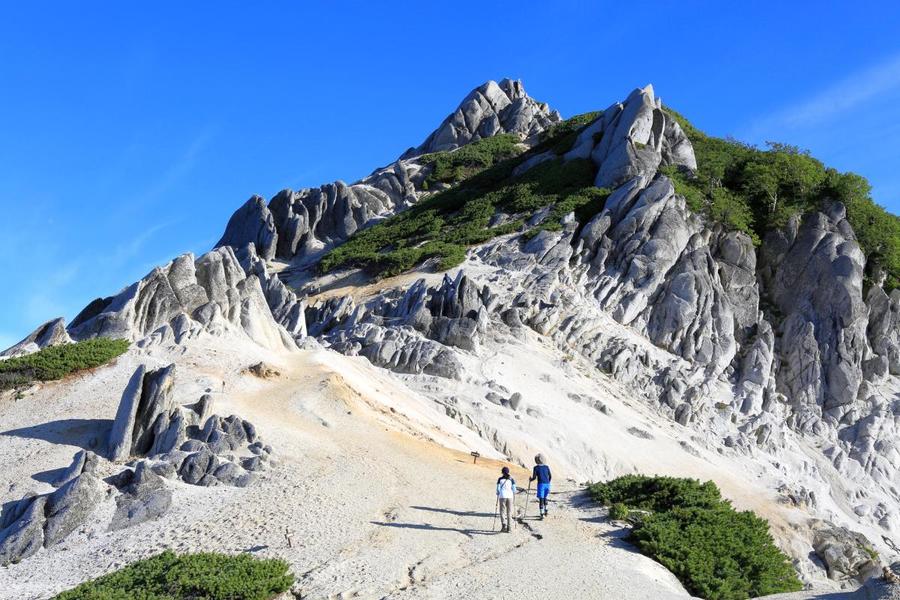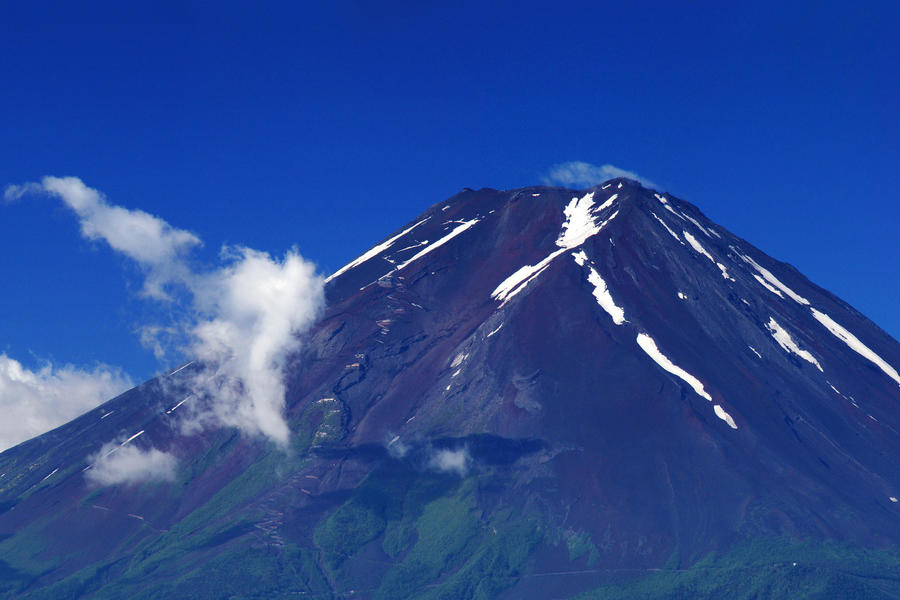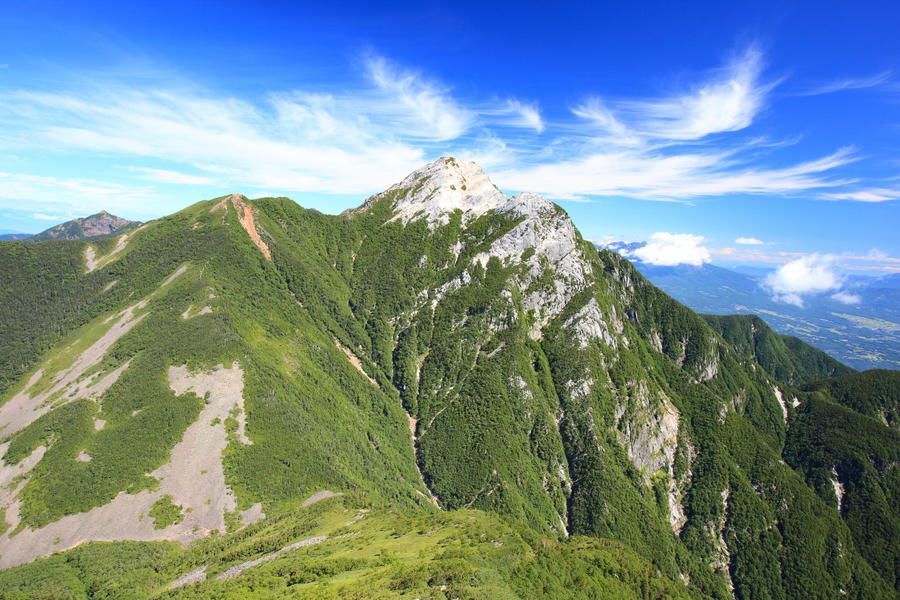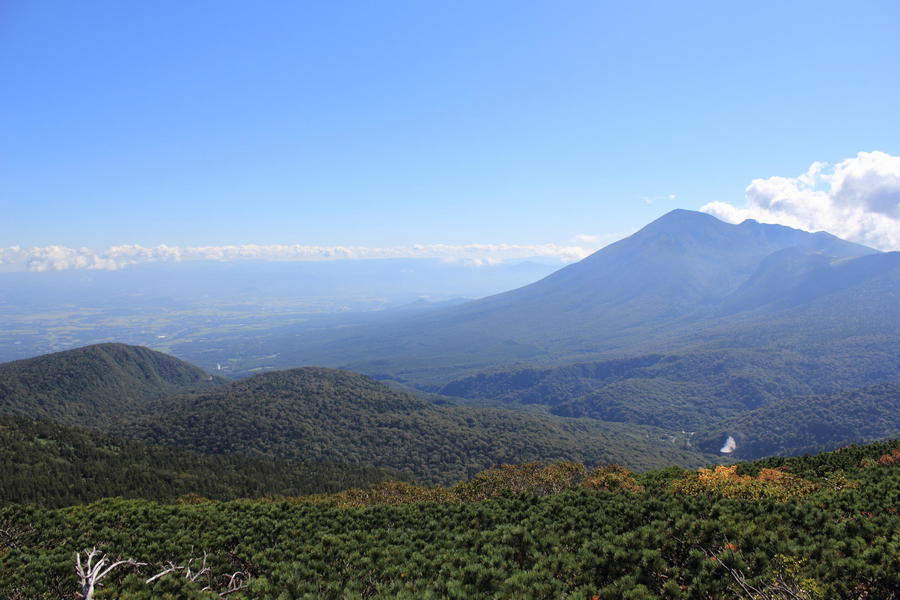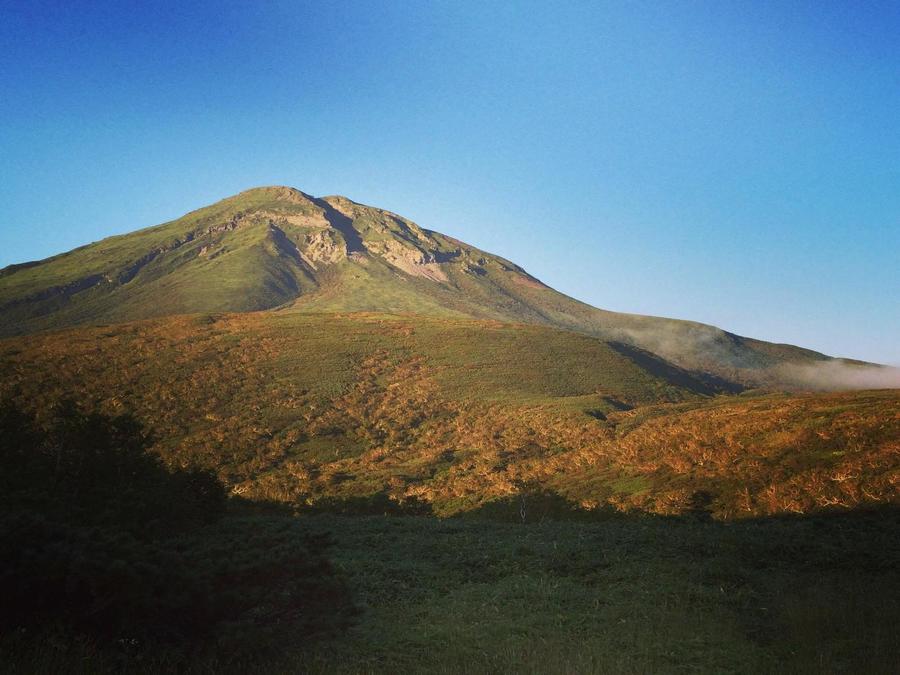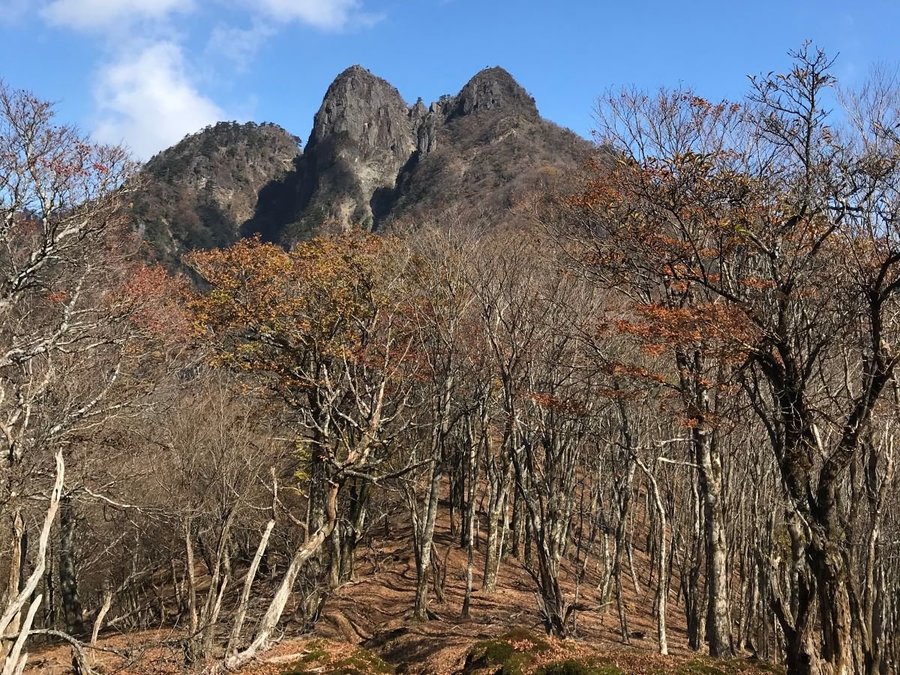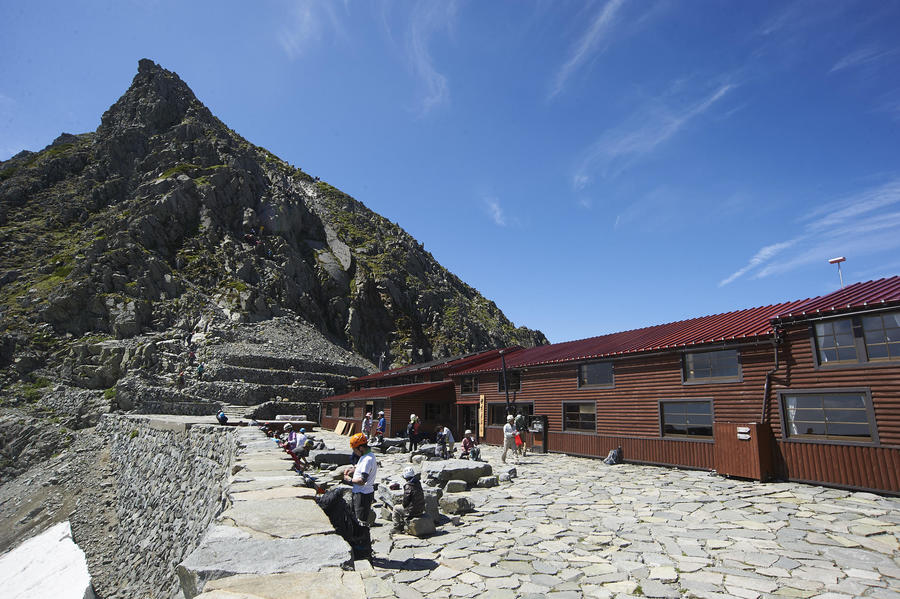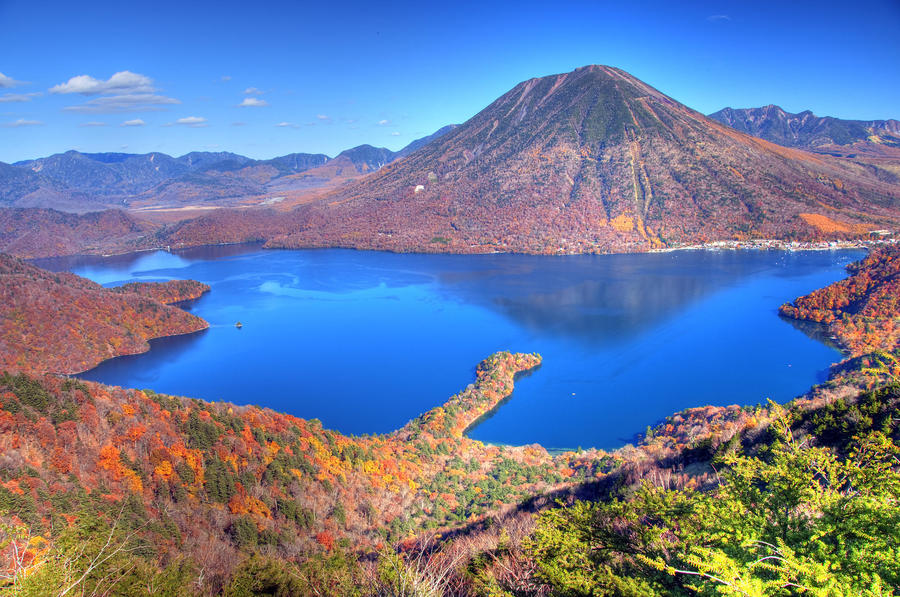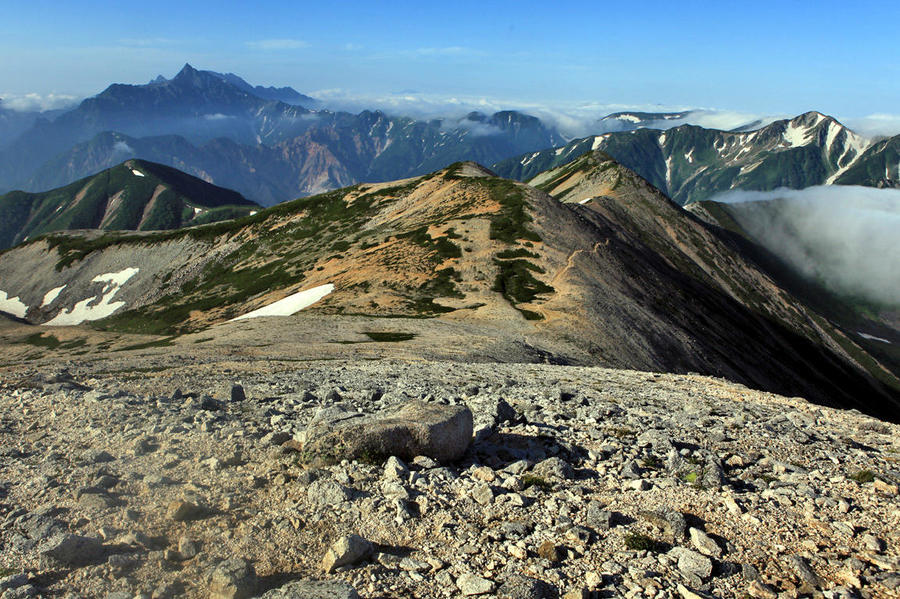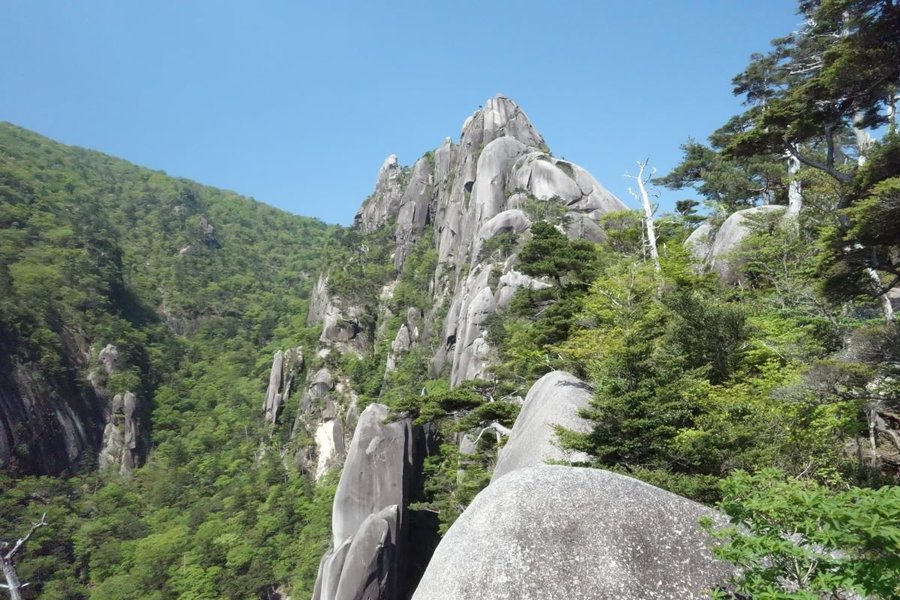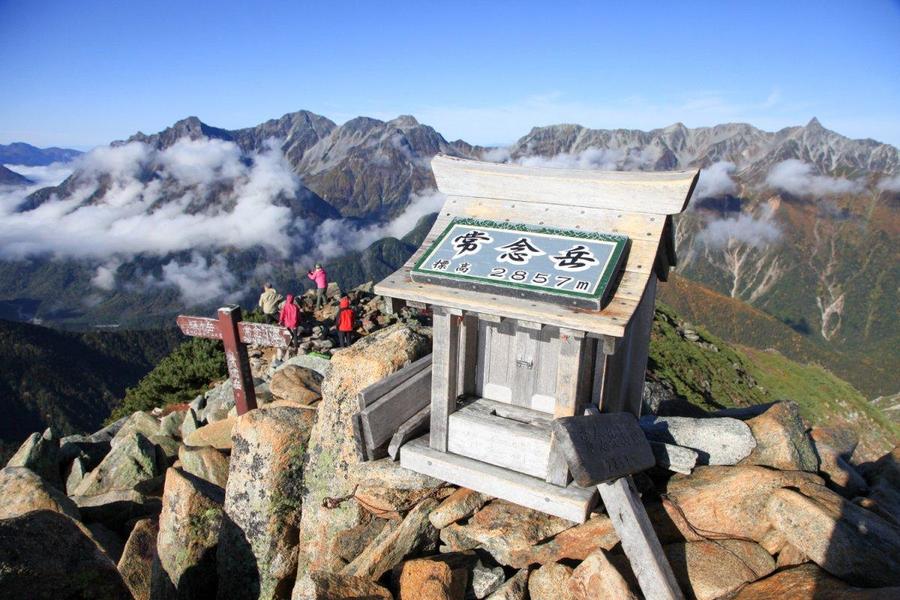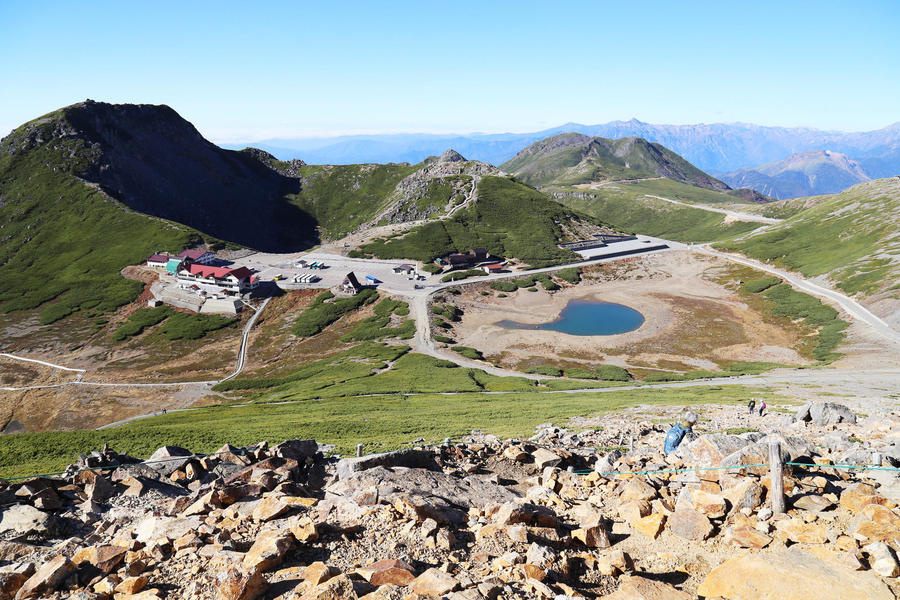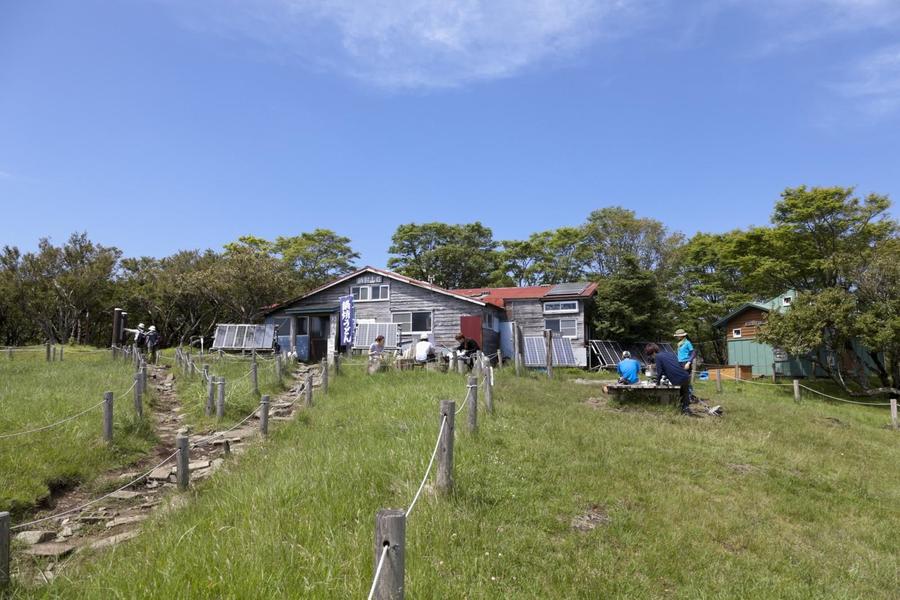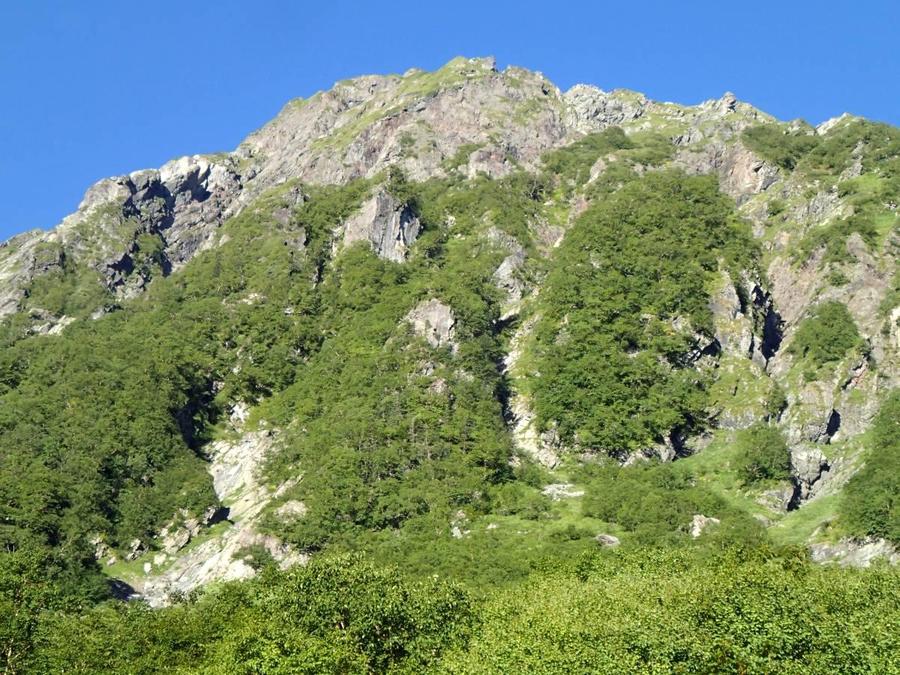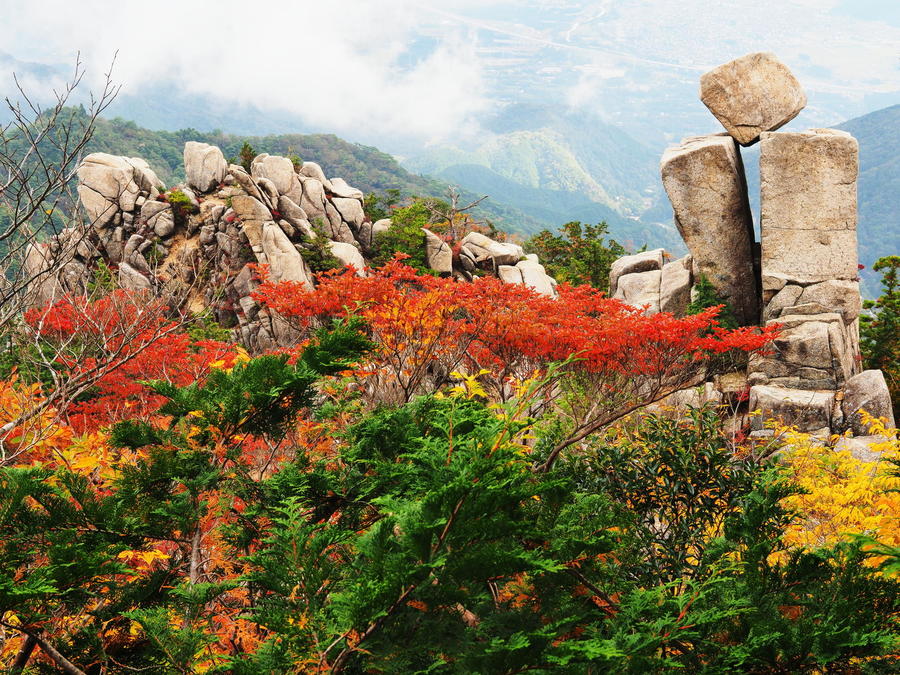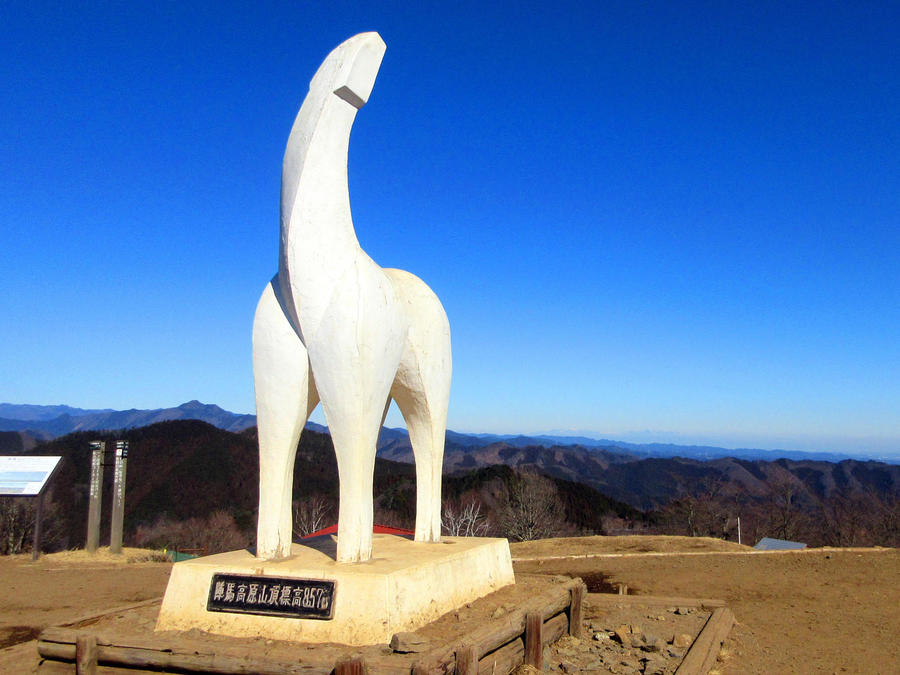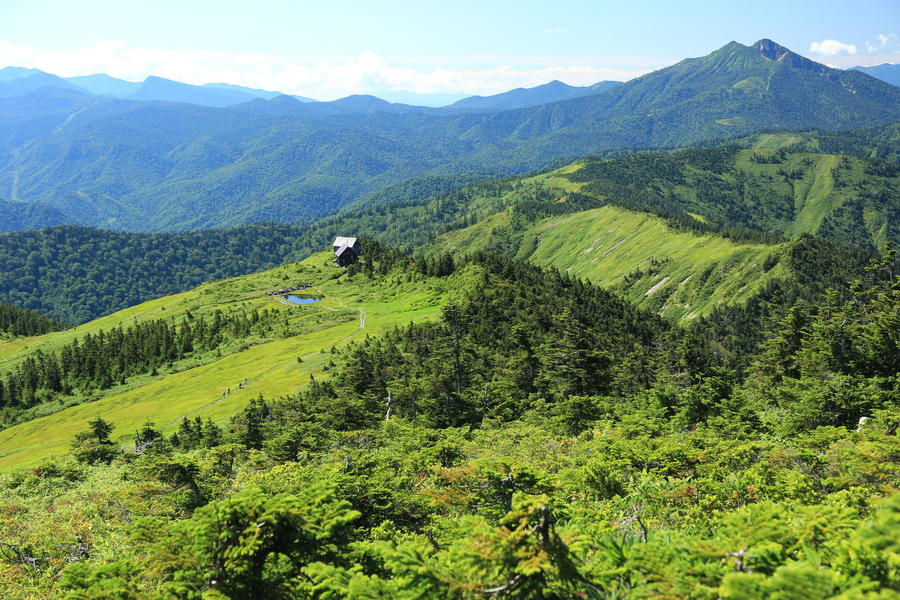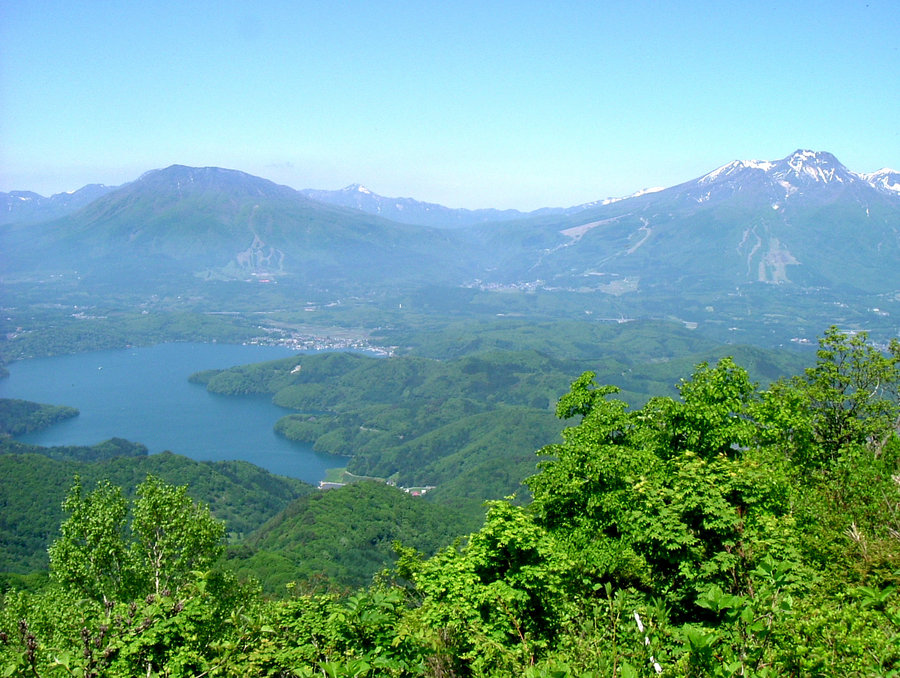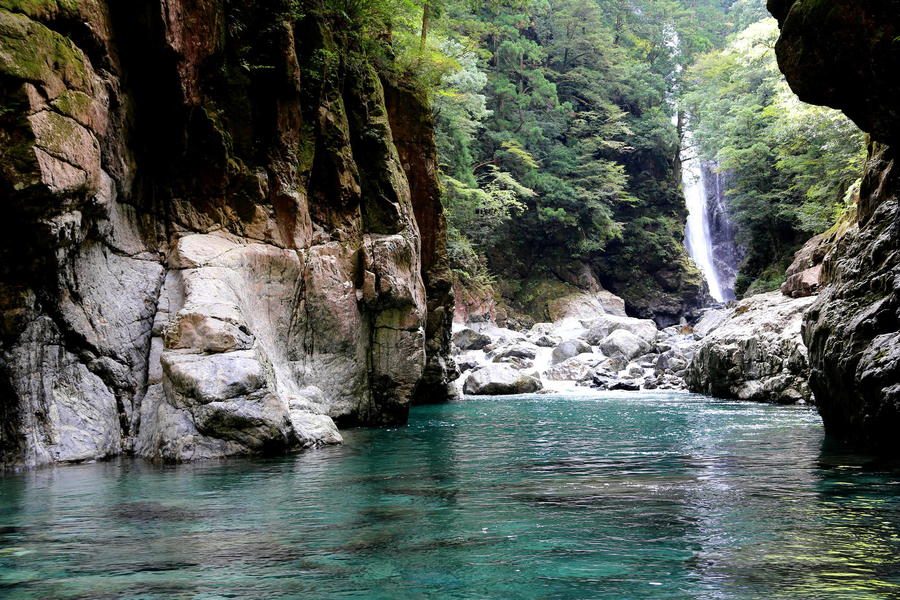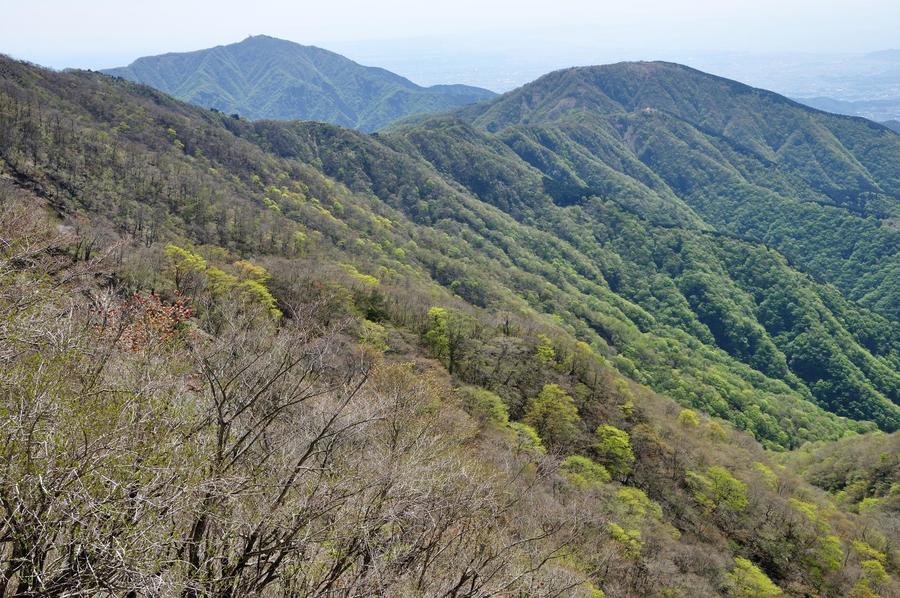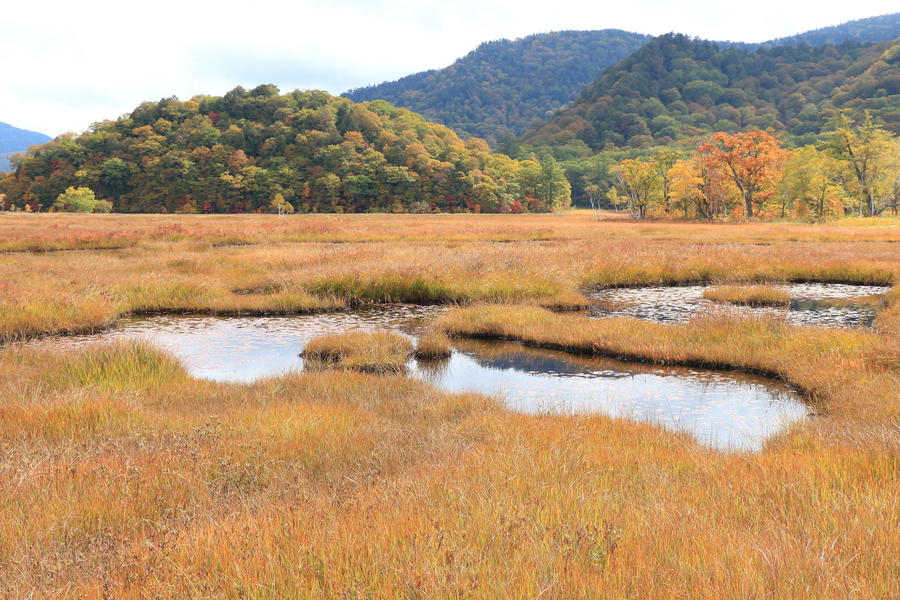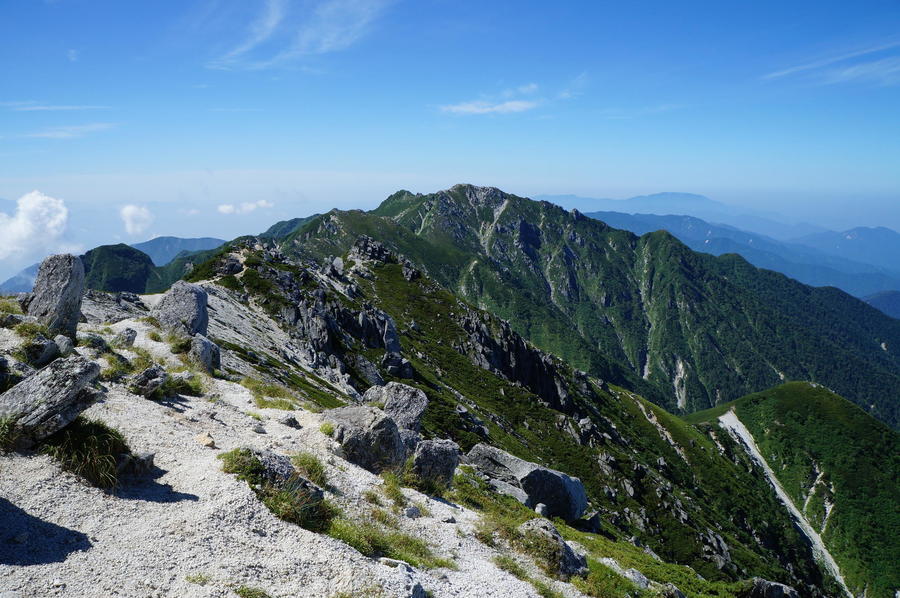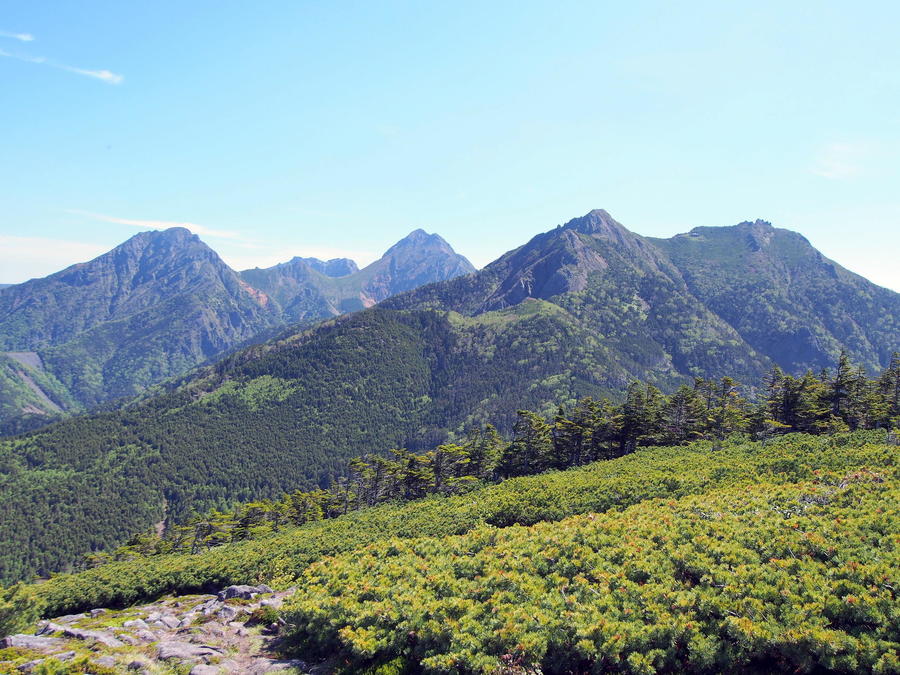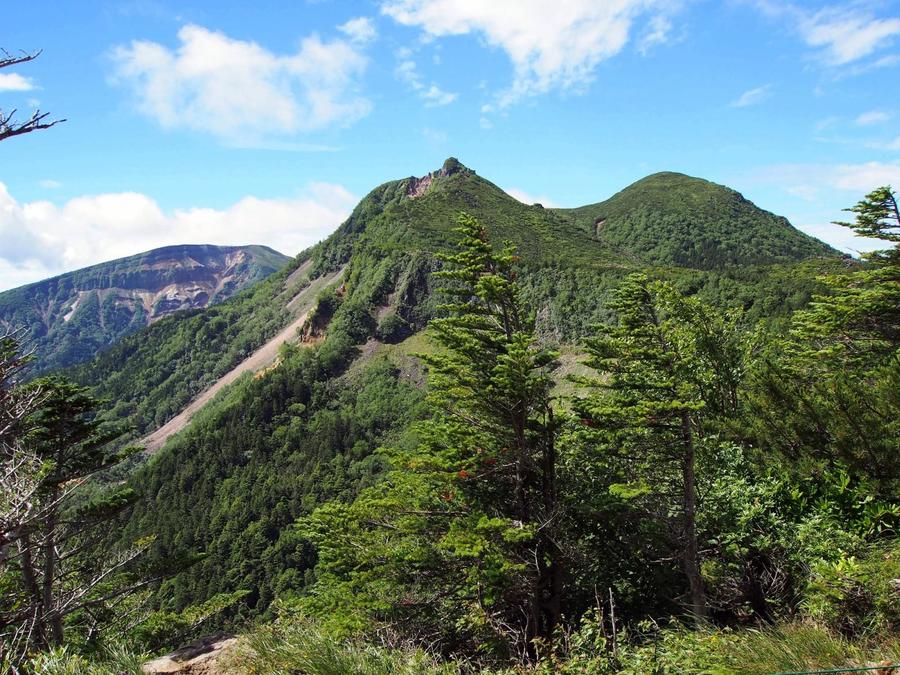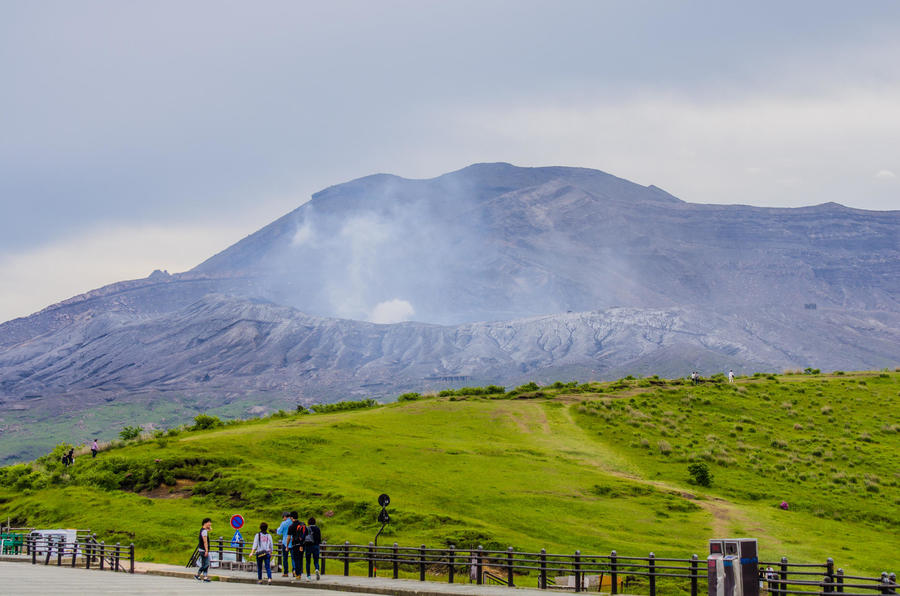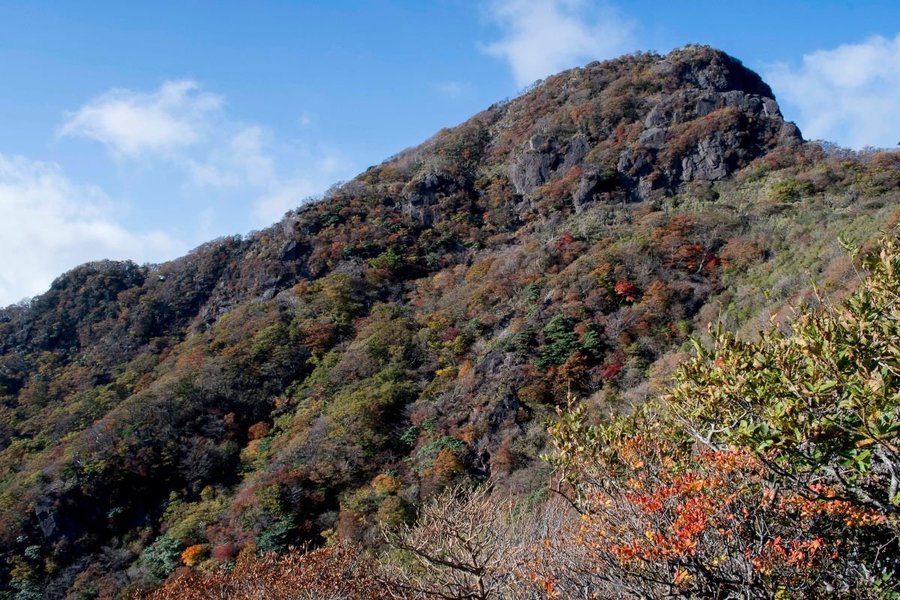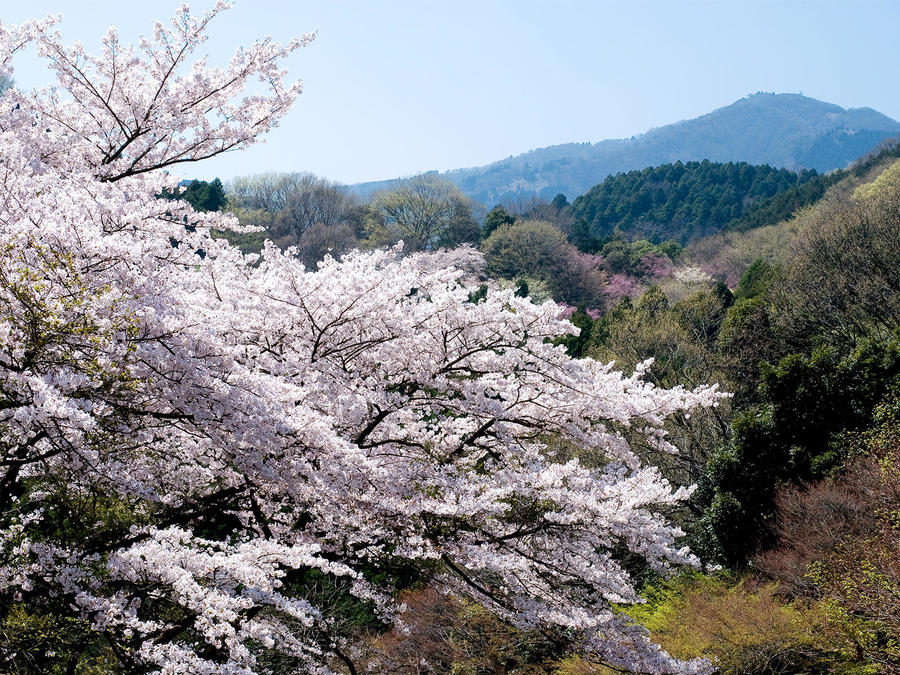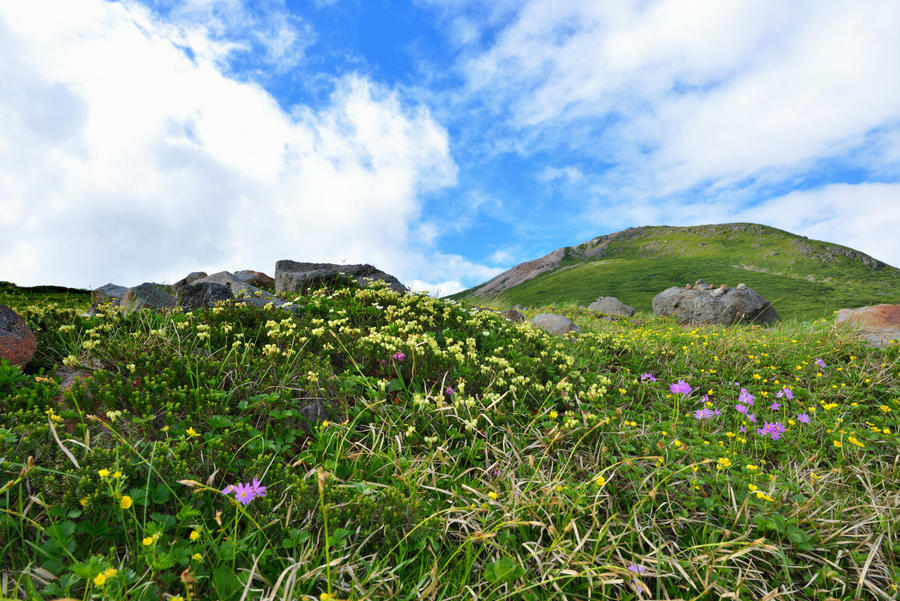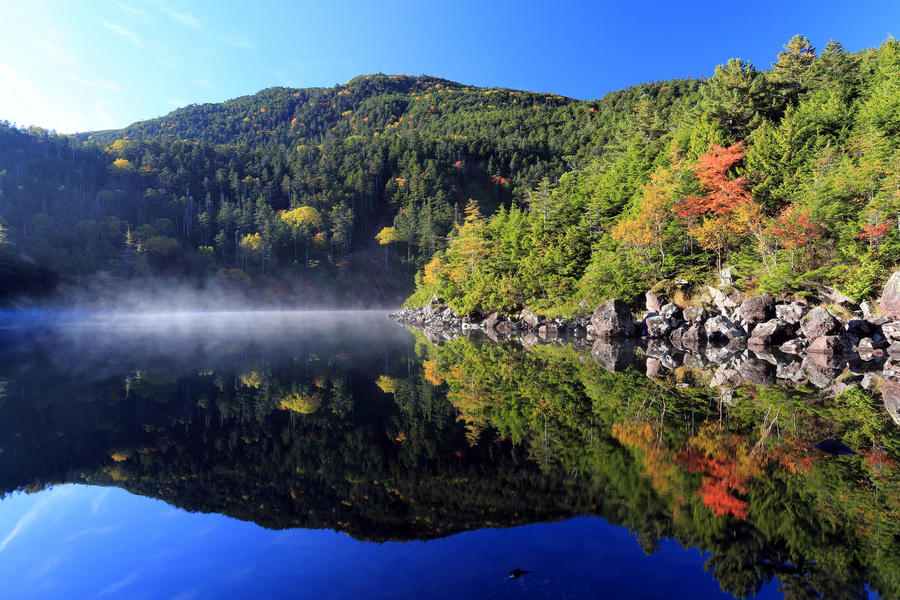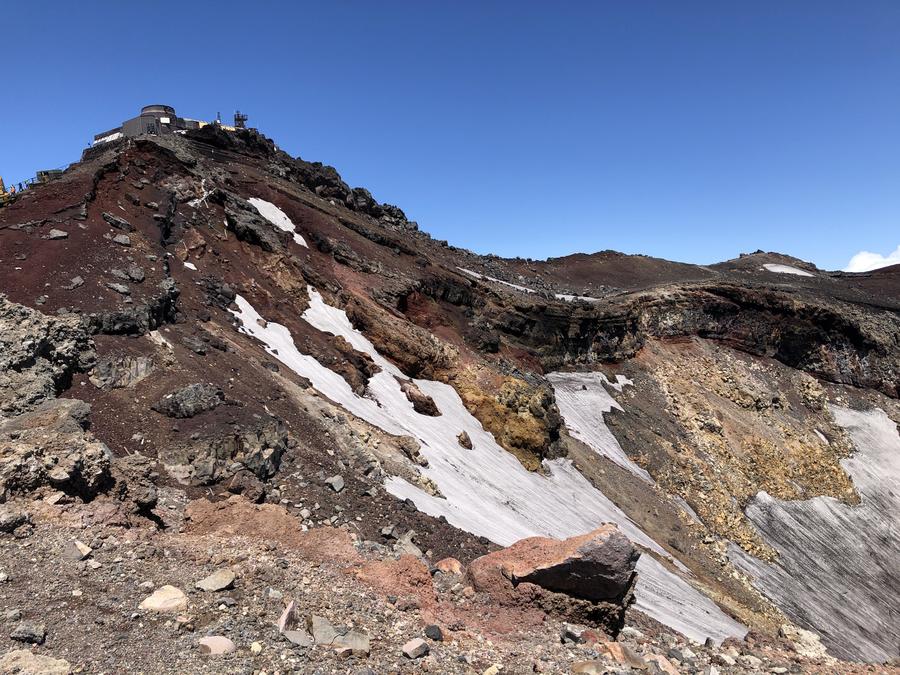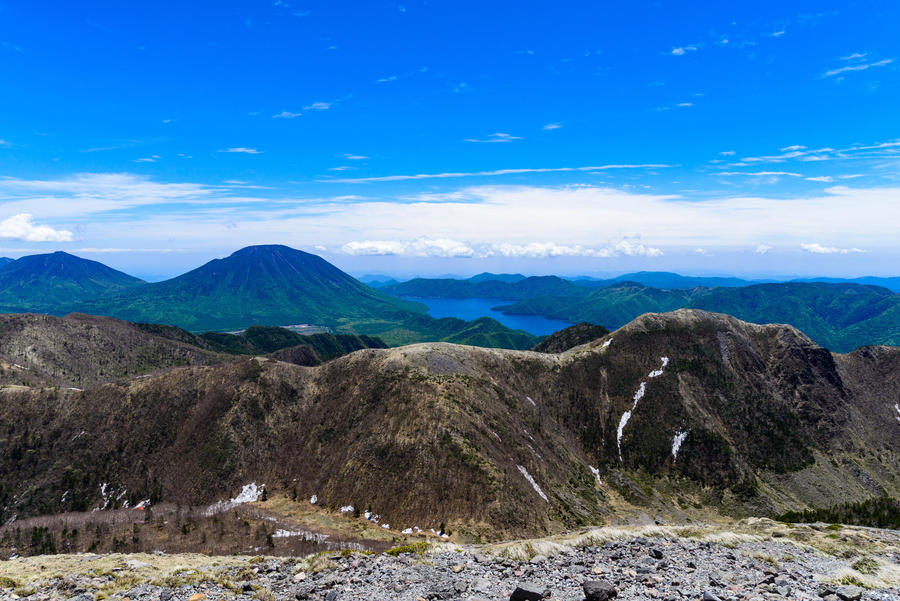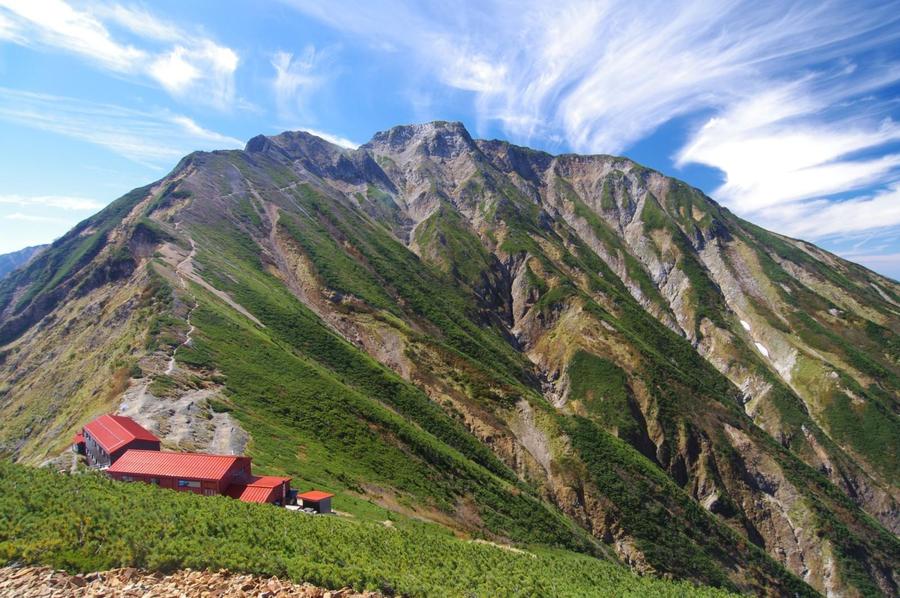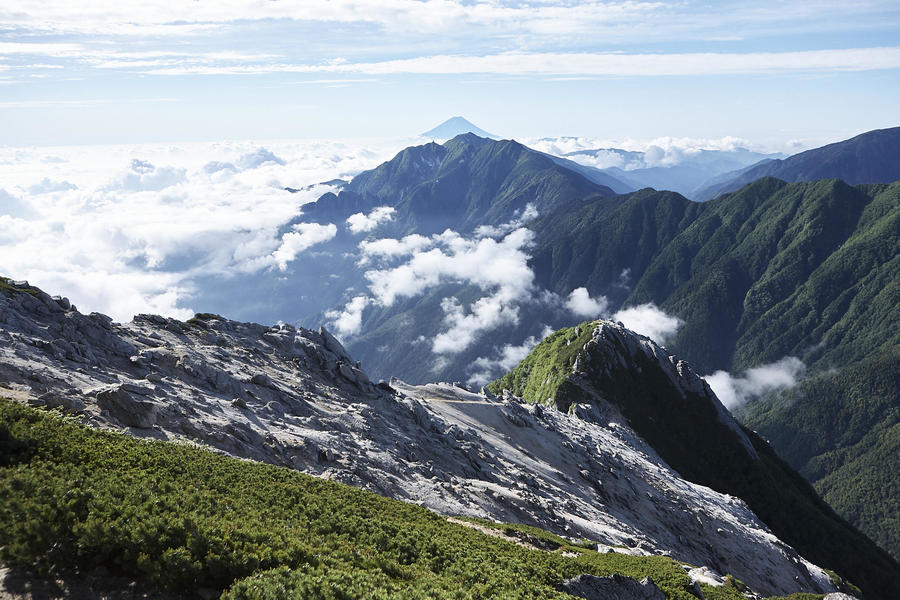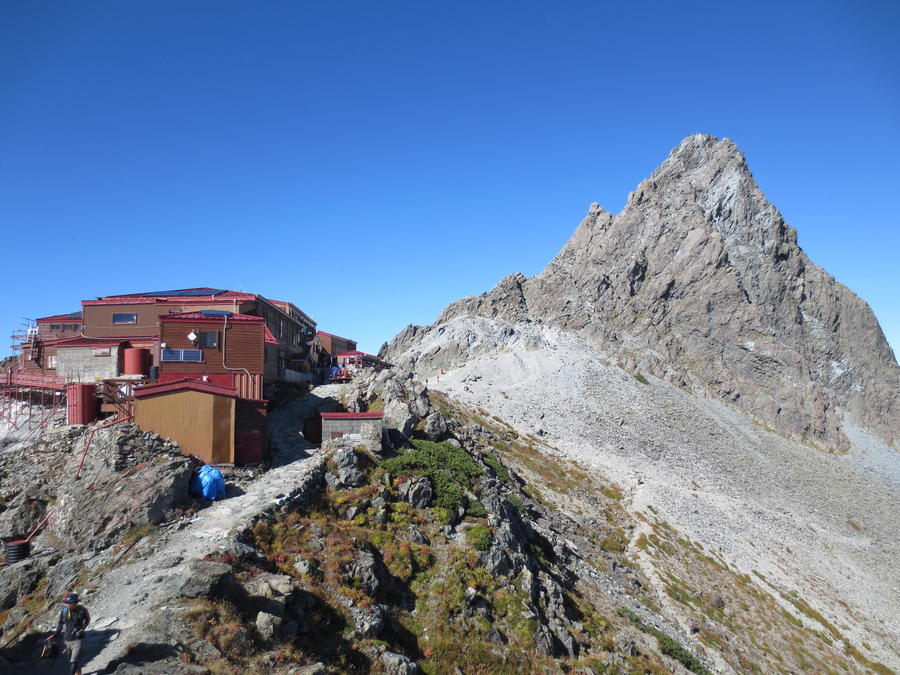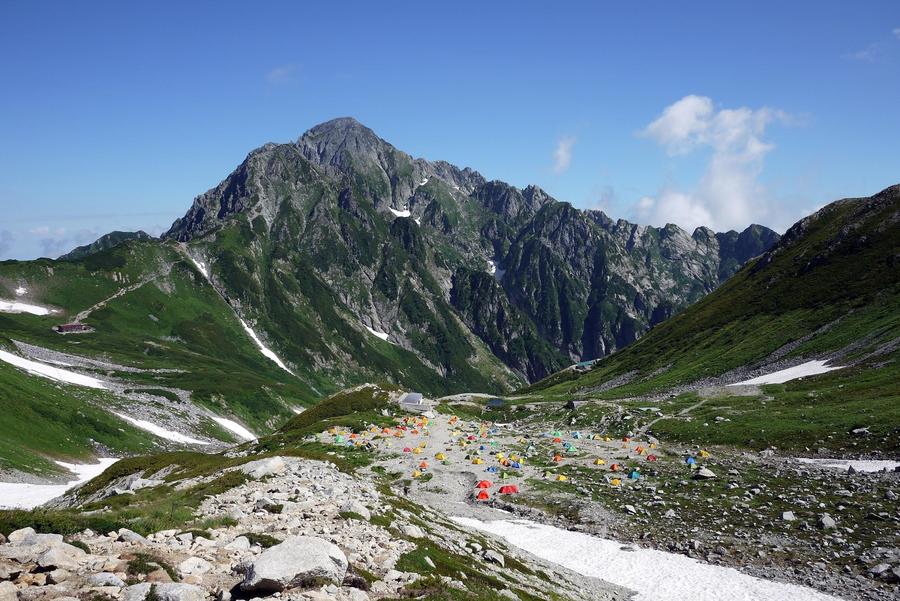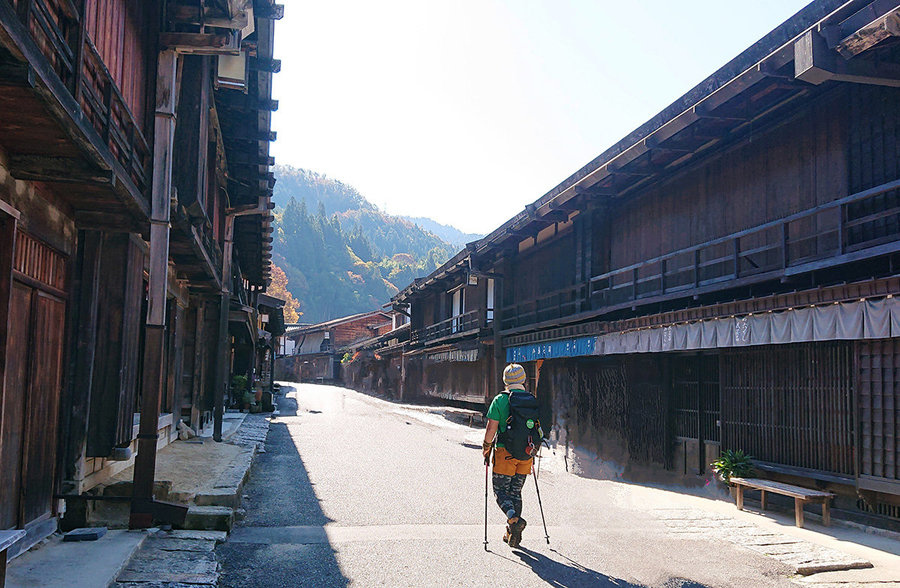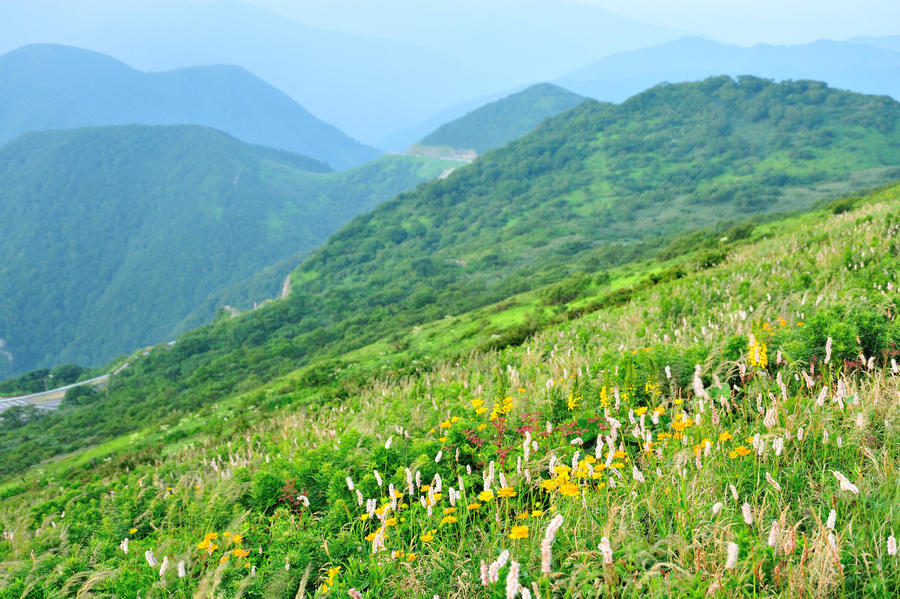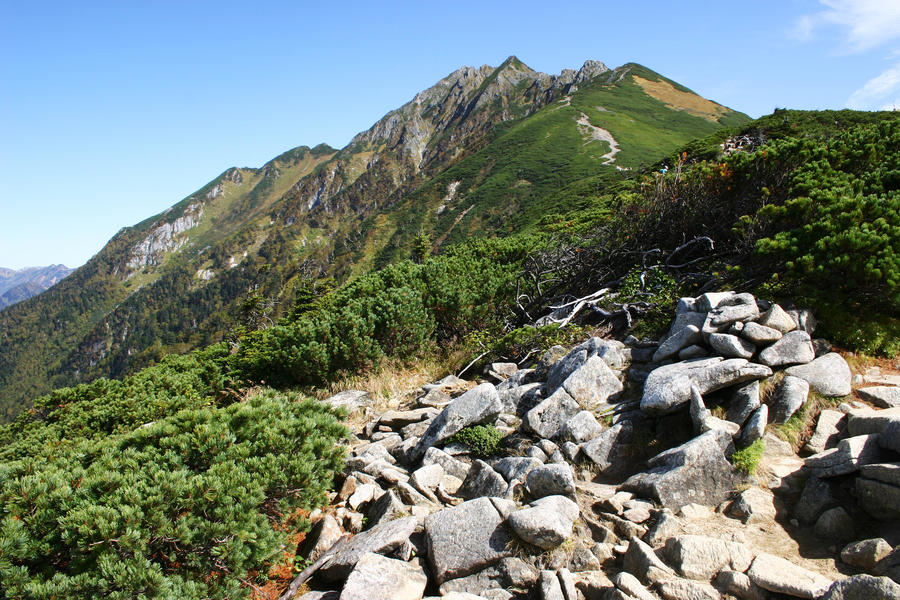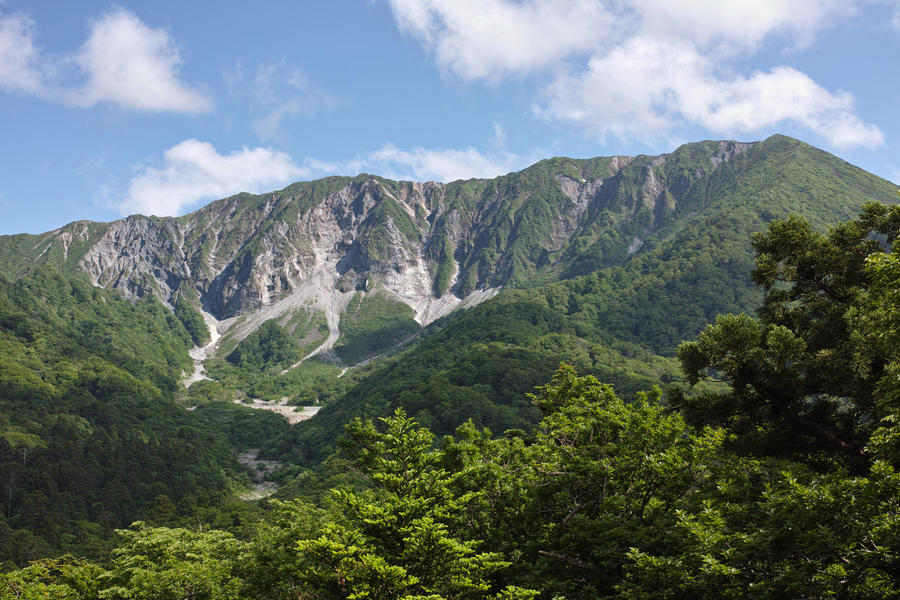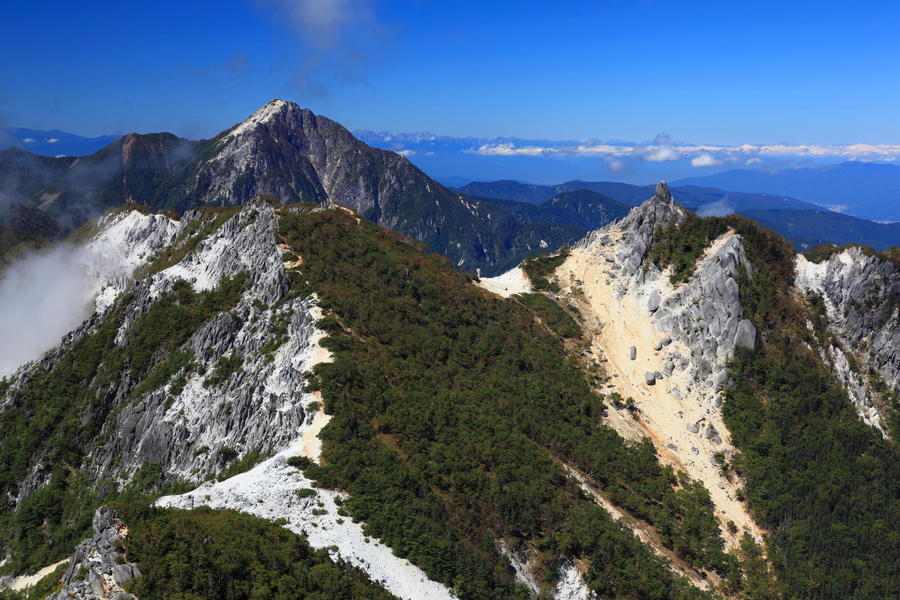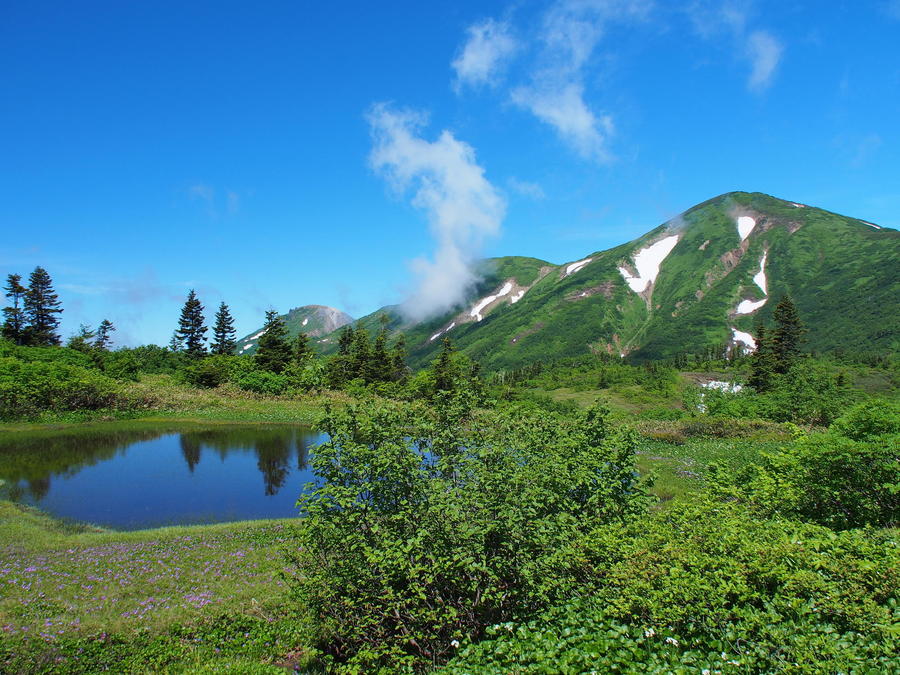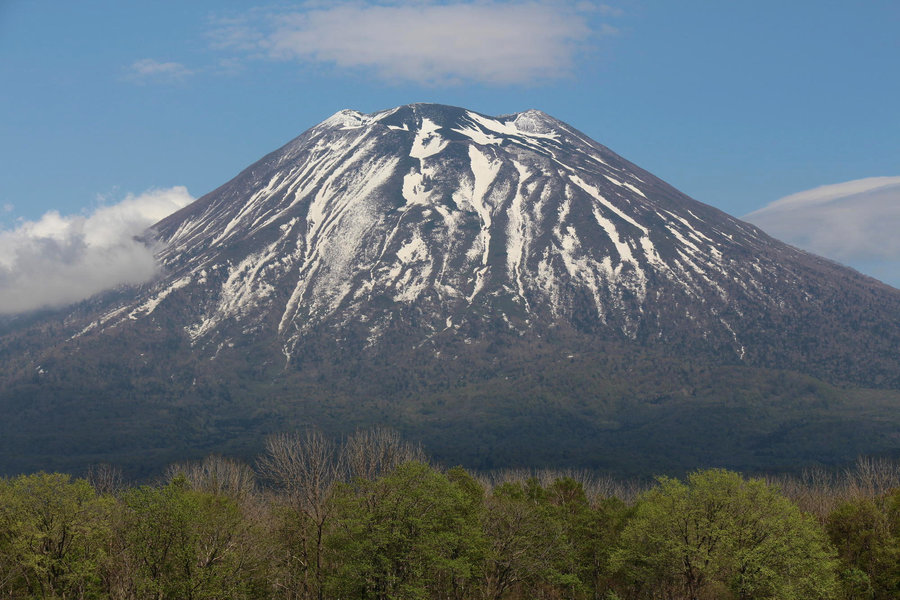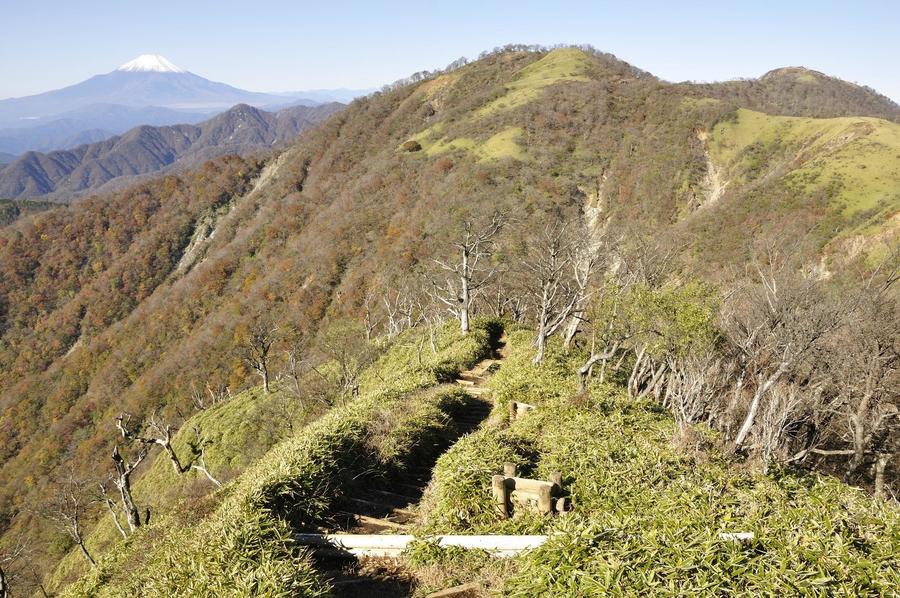Chubusangaku National Park
- Southern Region -
Chubusangaku National Park
- Southern Region -
Birthplace of the Japanese Alps
- Discover, Experience and Share the Wonder -
Birthplace of the Japanese Alps
- Discover, Experience and Share the Wonder -


Soaring peaks, pristine mountain lakes and streams, snow-blanketed valleys and hot-spring villages tucked deep in the natural landscape…Welcome to Chubusangaku National Park, the historic heart of the Japanese Alps.
Paths worn by the mountain ascetics who once used these rocky slopes for spiritual training are trod today by hikers reveling in the rugged skylines and breathtaking views. Nature lovers now walk trails created by woodcutters of bygone times. And relaxing in the recuperative waters of the region’s many hot springs is as popular now as it was hundreds of years ago. Chubusangaku National Park features a spectacular natural environment where visitors can enjoy magnificent scenery and a wide range of outdoor sports and activities, from hiking, skiing, and cycling to tranquil strolls around picturesque waterfalls.
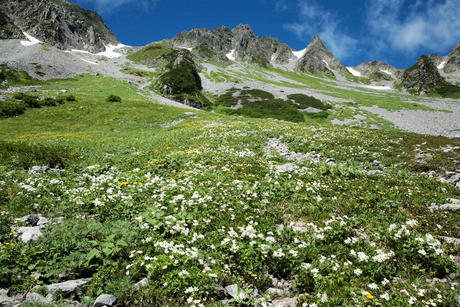

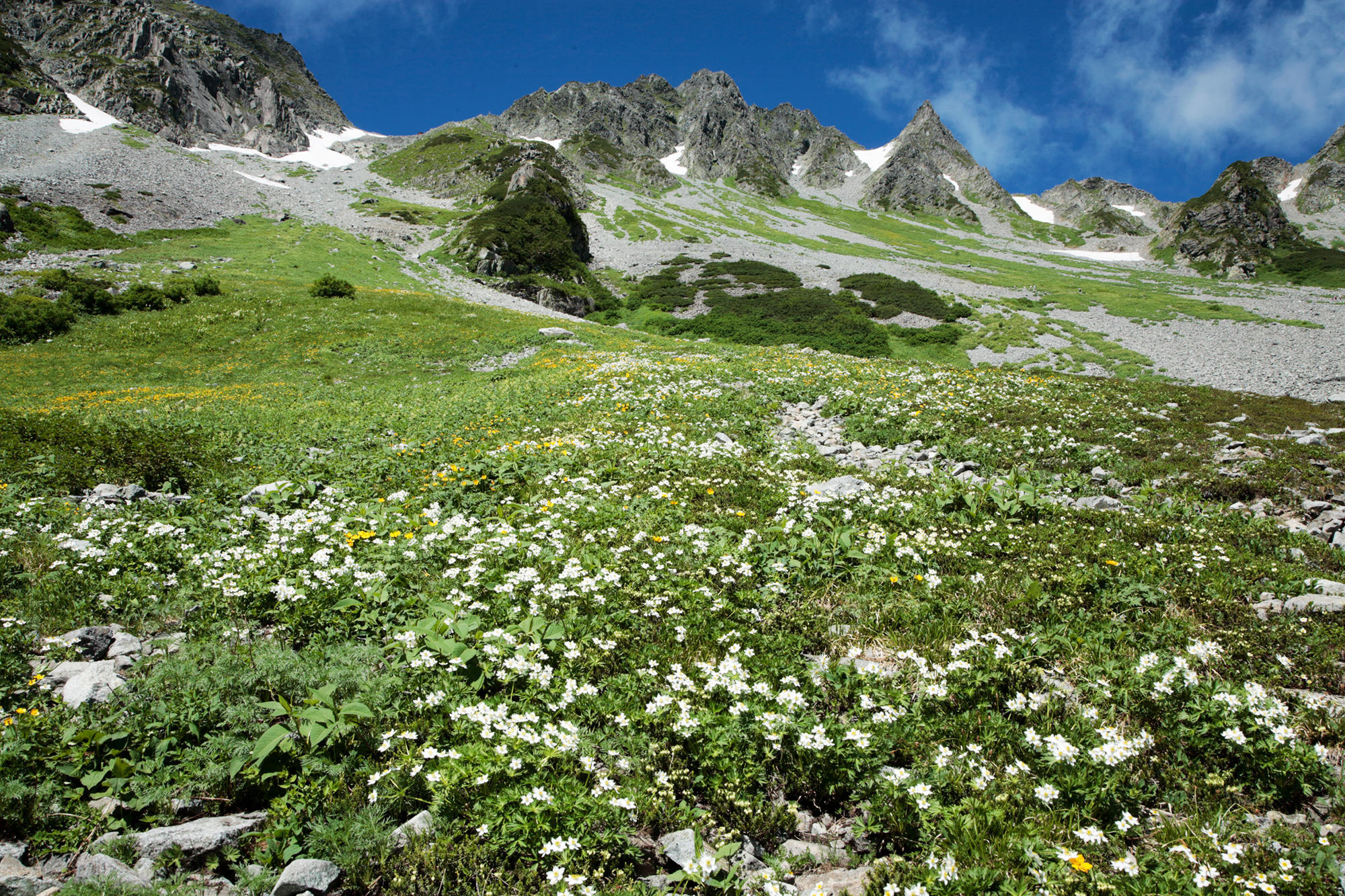
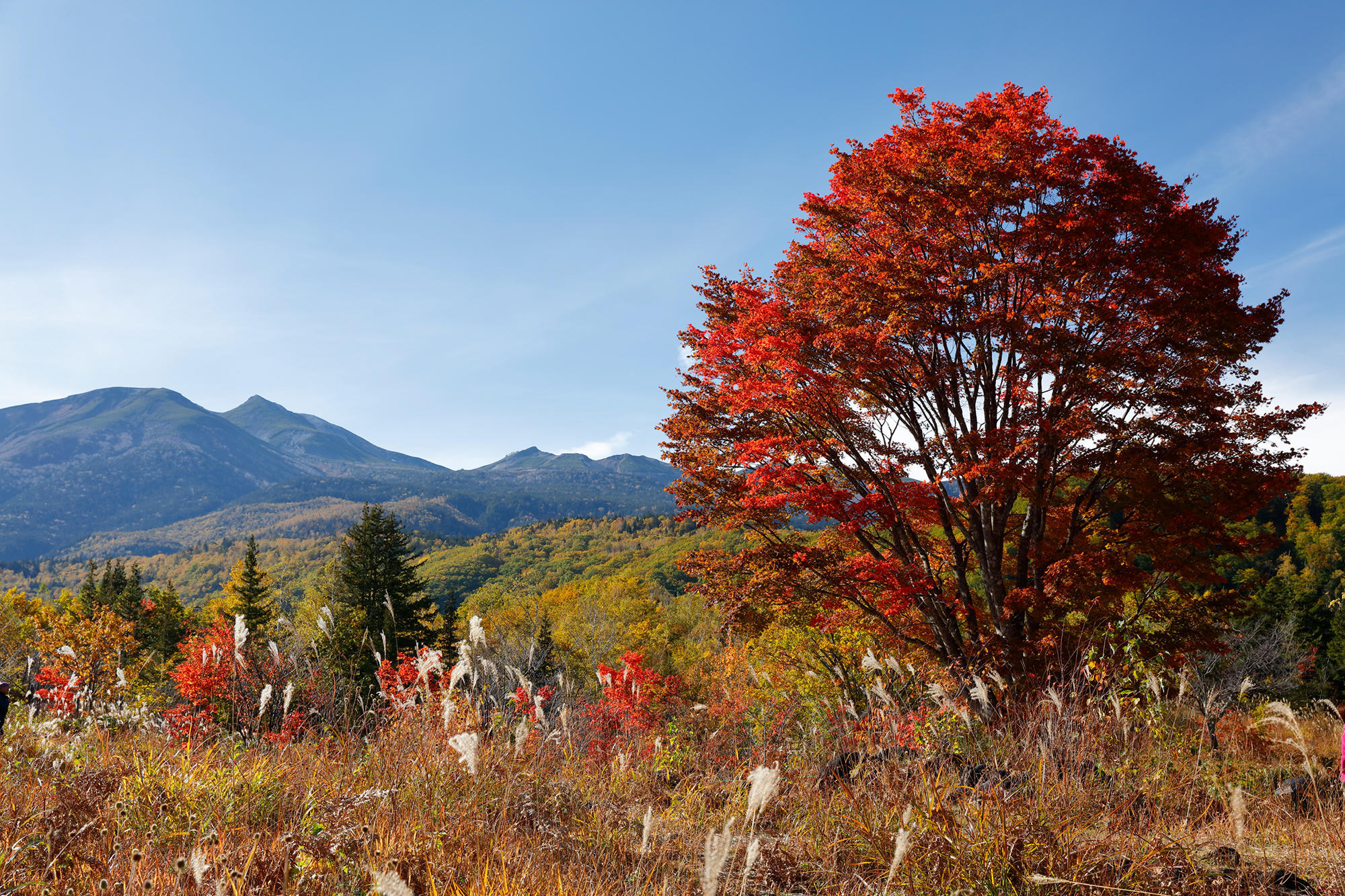
Area 1 KAMIKOCHI
Many visitors to Kamikochi are left stunned by their first view of the valley. As you emerge from the forest, the valley entrance opens onto the sight of Mt. Yakedake’s active volcanic peak, clouds of steam rising from its bleached summit. Ahead are the calm, clear waters of Taisho Pond, formed when the mountain’s most recent eruption, in 1915, dammed the river. The scenery is magnificent in all seasons, but many locals believe that the contrast of lush green foliage, barren rock and snow-crusted valleys in early summer shows Kamikochi at its finest.
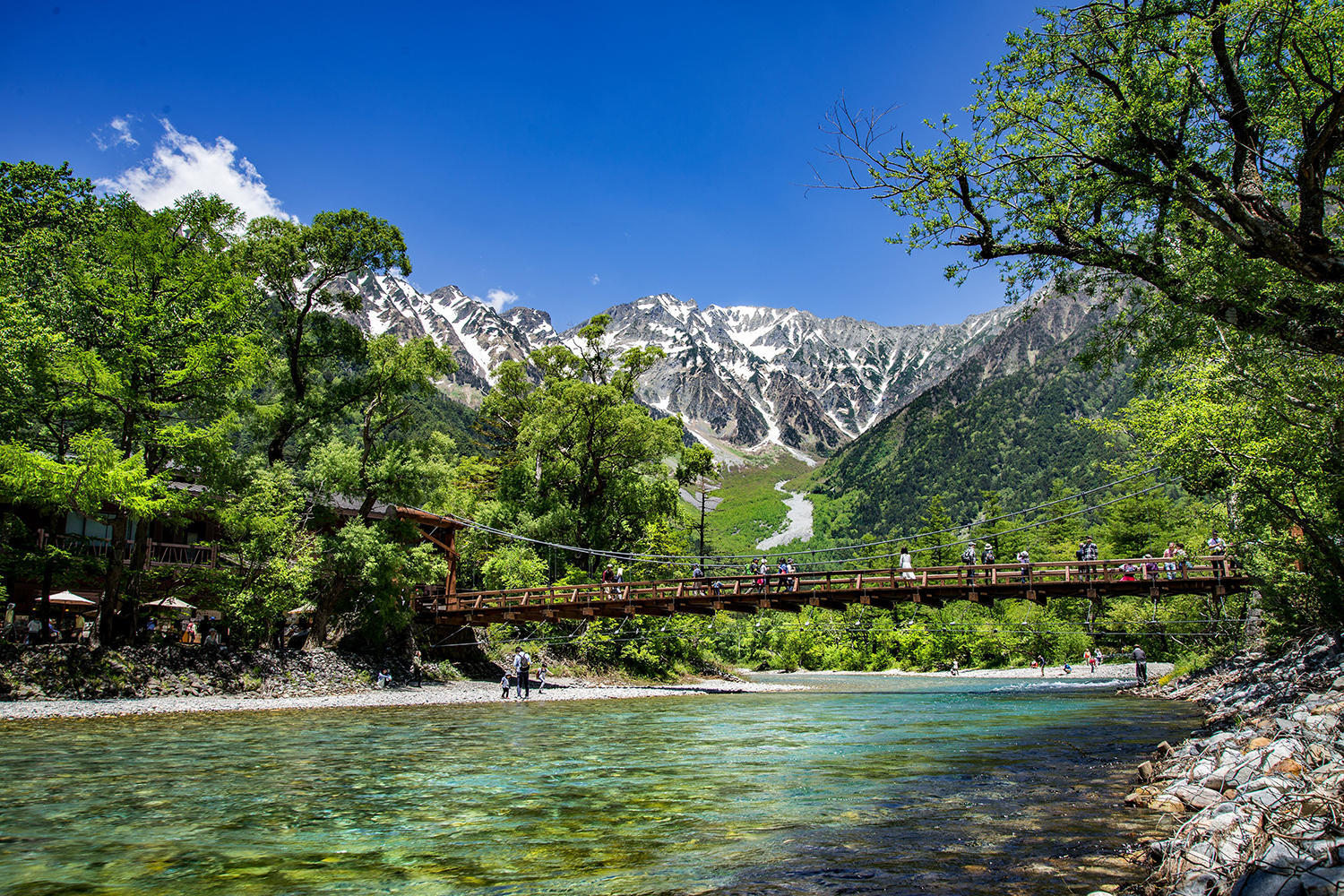
Serious hikers start their ascents to the area’s highest summits from Kamikochi. But the majority of visitors prefer to walk the gentle trails along the Azusa River, through forests of larch, elm, and a unique member of the willow family called kesho-yanagi, or “make-up willow,” for the dusting of white powder that appears on young saplings. Wildflowers, butterflies and mammals—including monkeys and black bears—can be spotted in the area, and bird watchers come from far and wide to delight in its many migratory and nonmigratory species.
A great deal of effort goes into protecting Kamikochi. Private cars have been banned from the area since 1996, and only buses and taxis are allowed beyond the tunnel that leads into the park. The number of lodging facilities—which range from elegant hotels to campsites—is restricted, so it is best to reserve accommodation well in advance.
Visitors are asked to cooperate in protecting the area’s natural beauty. Due to heavy snowfall in the winter months, transportation to Kamikochi is only available from April 17 to November 15. The peak seasons are around the beginning of May and from late July to October.
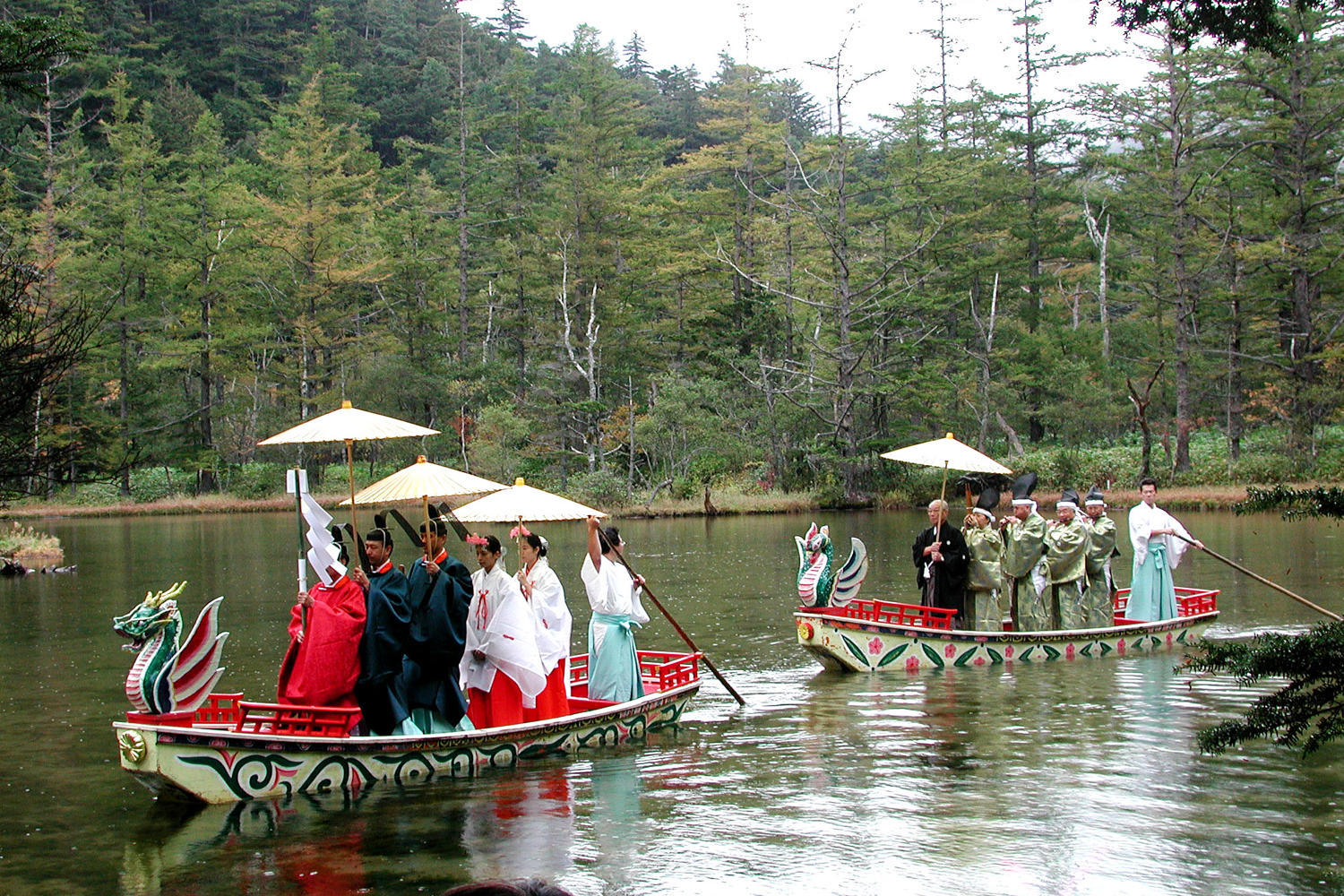
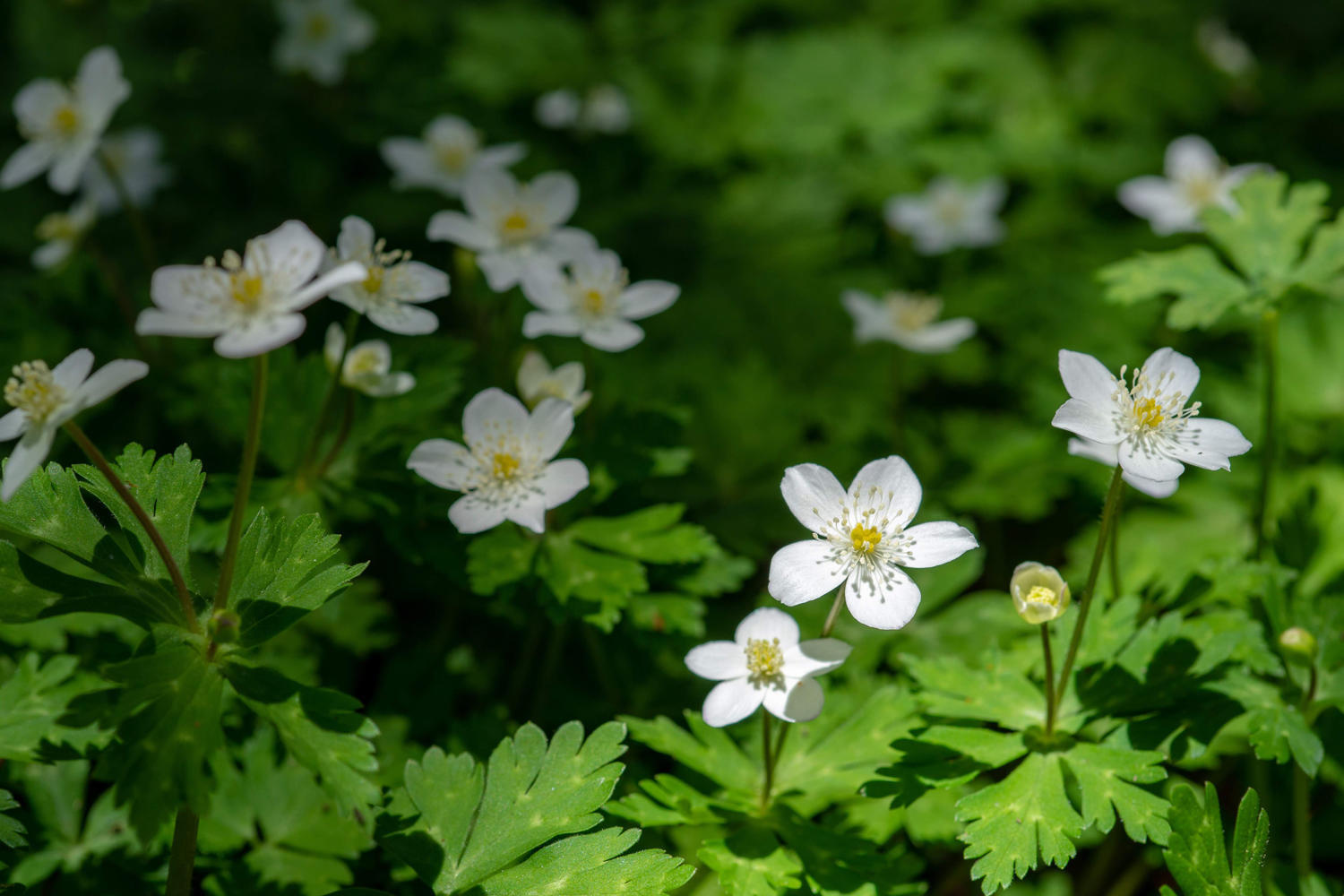
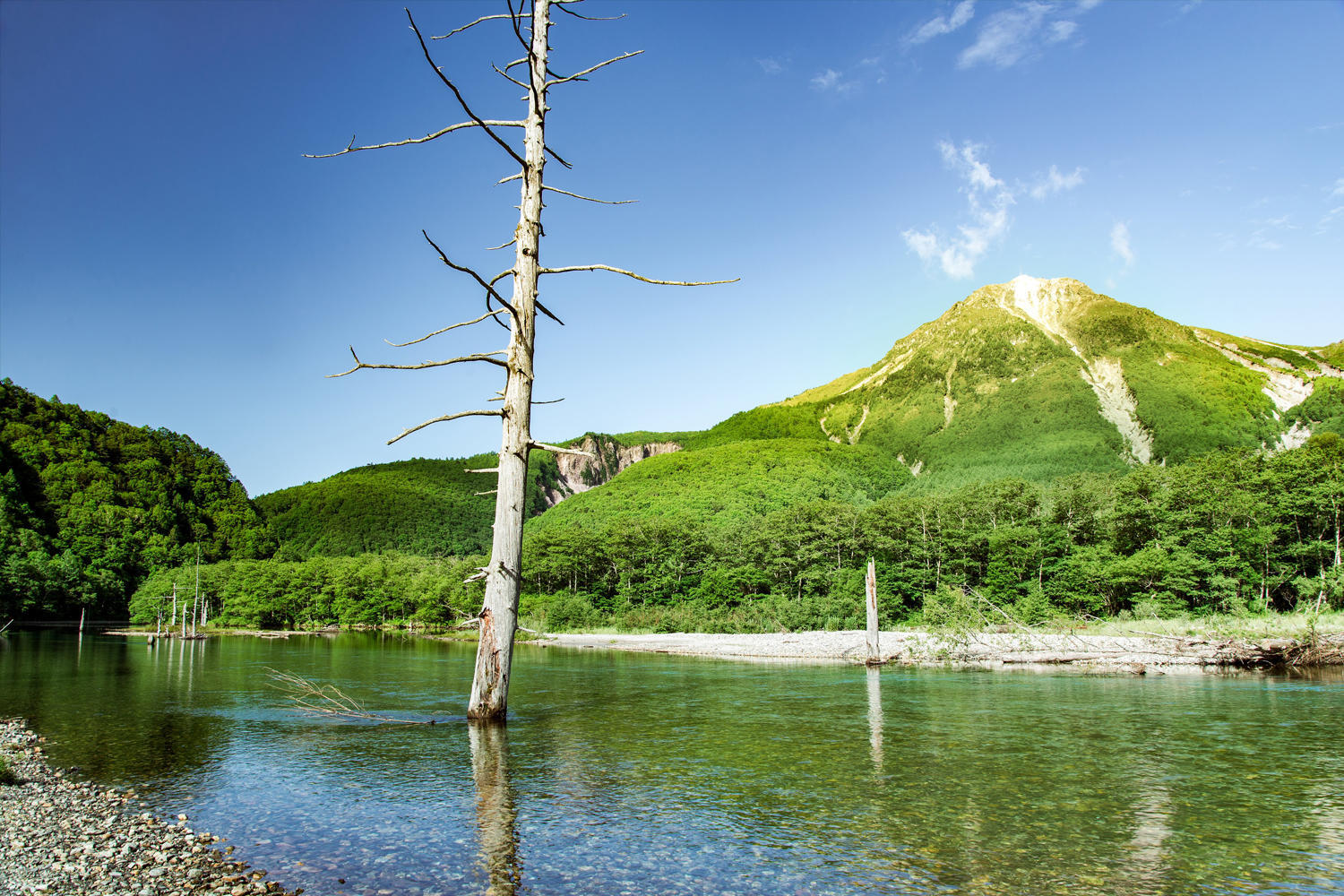



Area 2 THE HOTAKA MOUNTAIN RANGE
The Hotaka mountain range includes 8 of the 21 mountains in Japan with elevations of over 3,000 meters. This is the heart of Chubusangaku National Park and home to the region’s most iconic peak, Mt. Yarigatake, which, true to its meaning in Japanese (“spear mountain”) tapers to a sharp point. Yarigatake is also called Japan’s Matterhorn for its resemblance to the well-known pyramidal peak that straddles the Swiss-Italian Alps.
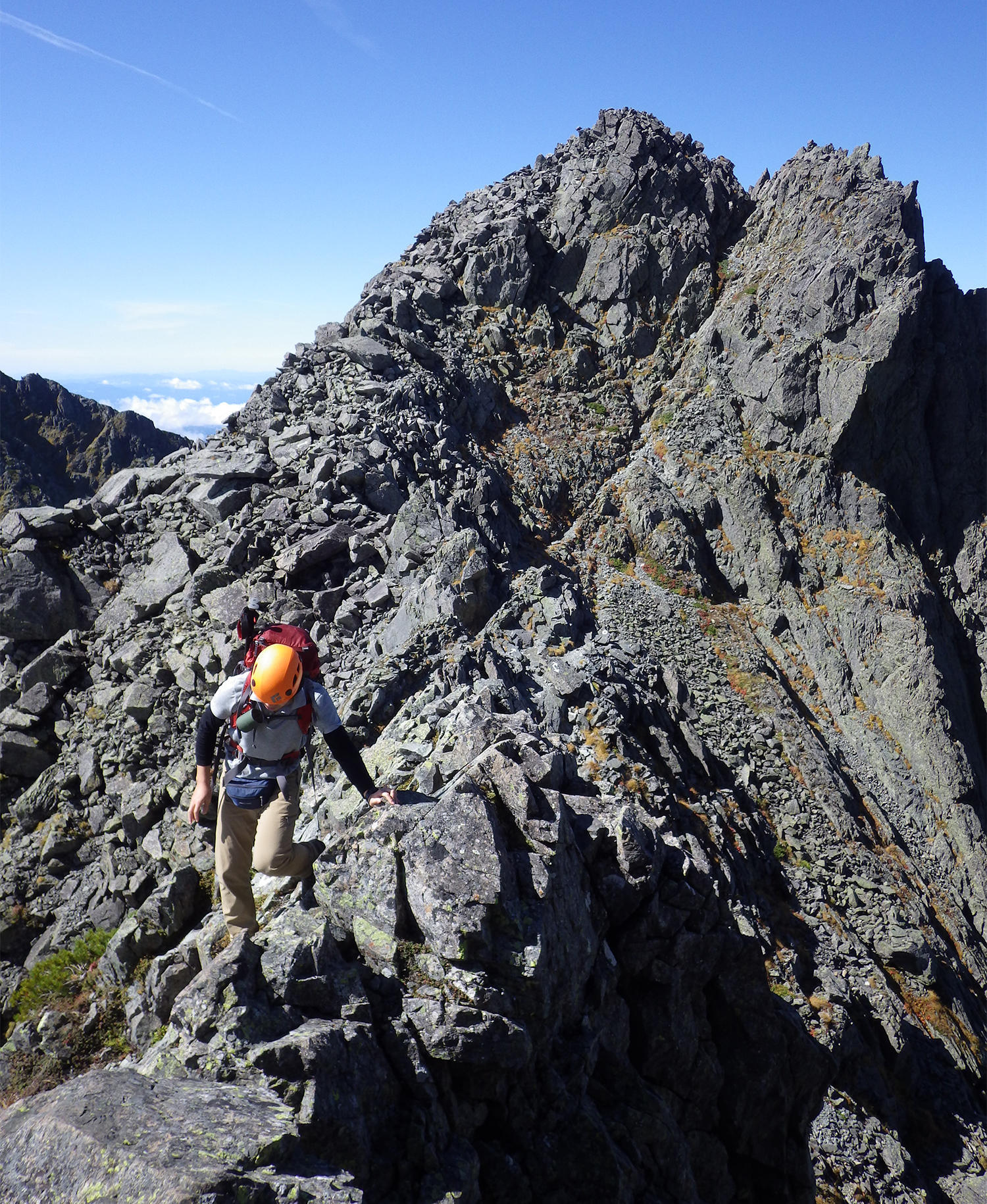

The rugged makeup of these relatively young mountains is the result of a geologic upthrust of granite strata that were then carved out by glacial activity some 10,000 years ago. This left huge, U-shaped curves that can be seen on the face of Mt. Yarigatake, for example. While these mountains are not particularly tall by global standards, the varied landscapes and precipitous inclines make this range an exciting and enjoyable place for climbers of all levels to test their skills and stamina.
Besides its natural beauty, this area of the national park is also historically important, as it was the birthplace of Japanese mountaineering. It was here in the eighteenth century that an ascetic monk made the first known ascent of Mt. Yarigatake, and where a half-century later a British alpinist summited the mountain and coined the term “the Japanese Alps.” Over the next century, the sport of mountaineering developed at a rapid pace, eventually spreading to the rest of this mountainous country.
Through a system of mountain huts and well-maintained trails of varying difficulty, the peaks are now accessible to hikers keen to experience the region’s stunning views, its diverse alpine flora and fauna, and the challenge of its steeper trails.
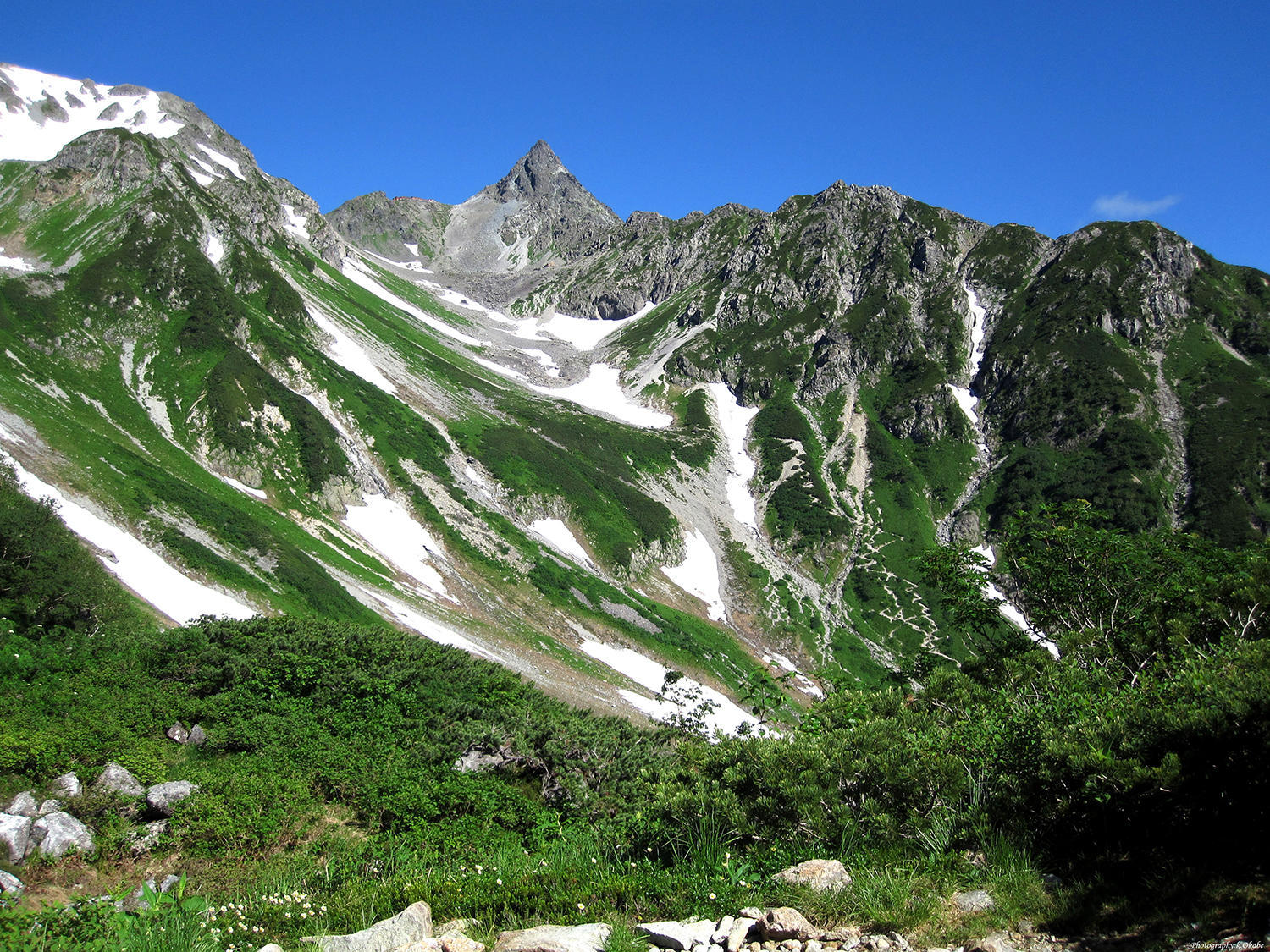
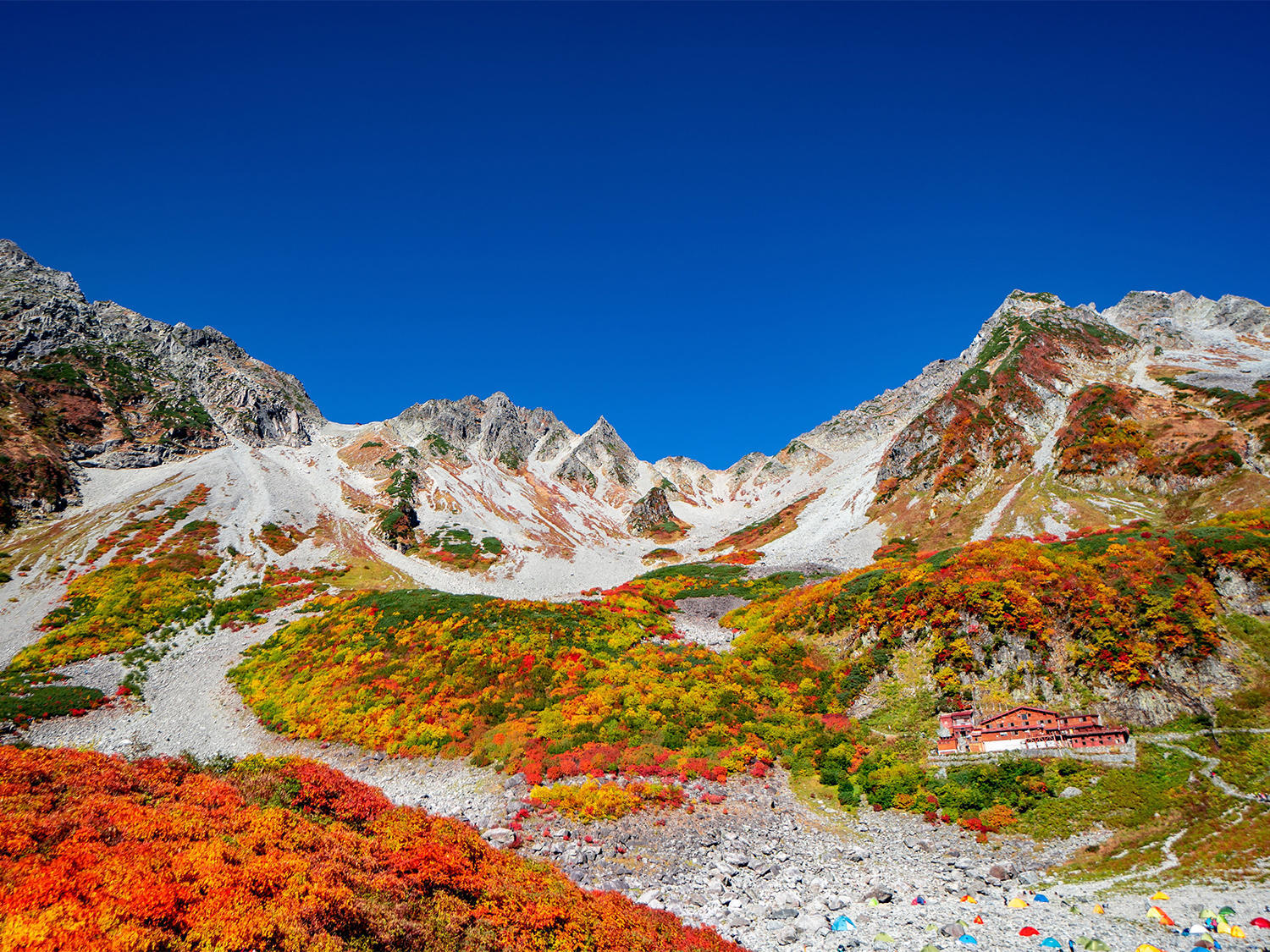
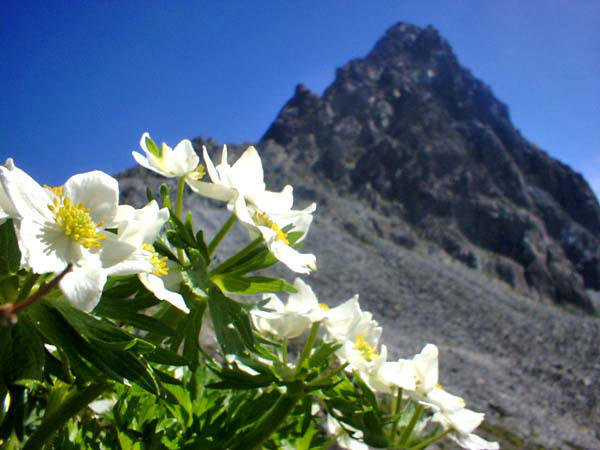



Area 3 NORIKURA KOGEN
Norikura Kogen is an expansive plateau at the foot of Mt. Norikura. It is known for its easy access, natural beauty, wide variety of year-round outdoor activities, and numerous onsen hot springs. With altitudes ranging from 1,200 to 1,800 meters, the area plays host to visitors looking to enjoy hiking, camping, cycling, fishing, snow sports, and water sports.
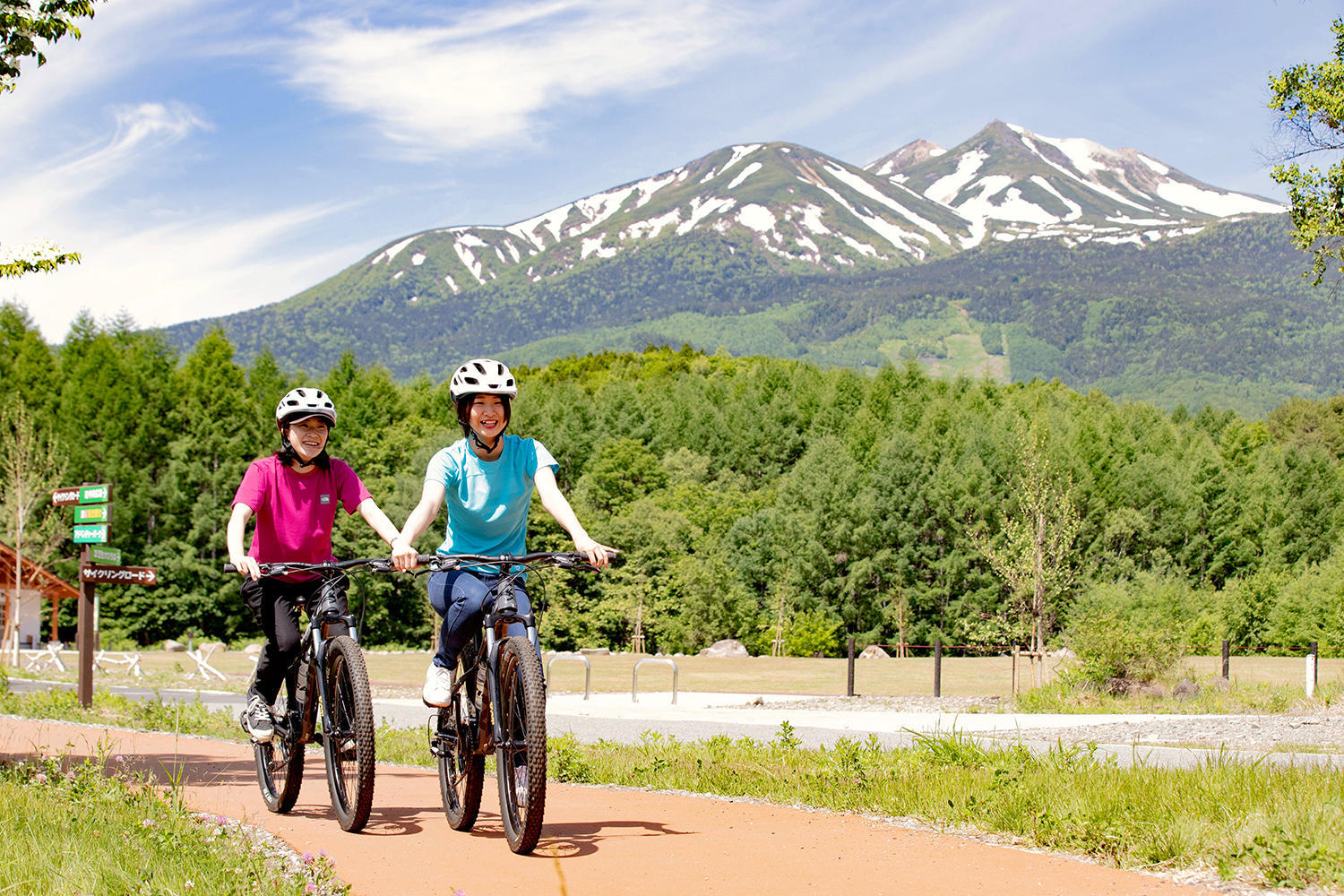
Offering a wide range of accommodations—from campsites to lodges and traditional ryokan inns—this area is often used as a base for hikers and cyclists headed to nearby peaks in the Northern Alp Birthplace of the Japanese Alps–Discover, Experience and Share the Wonder-s. But there is more to this charming area than just convenient lodging. A vibrant community of several hundred people have made this alpine village their home, despite the harsh natural environment of winter months at high altitudes. For visitors, those conditions are part of the attraction, along with three hot-spring sources that feed a variety of relaxing bathing options.
There are three waterfalls within hiking distance from the village. Zengoro Falls, the most easily accessible, is 21.5 meters high and 8 meters wide and is only a 700-meter walk southwest of the Norikura Visitor Center. Most of the cascades freeze over in winter, making for spectacular ice formations that are accessible with snowshoes. In May, the area’s many marshes are bright with the white blooms of mizubasho, or Asian skunk cabbage. A short trek on a boardwalk through a marsh leads to Ushidome Pond, where, during the green season, visitors can take in views of the surrounding forest and of the peaks of the Northern Alps reflected in the still waters.

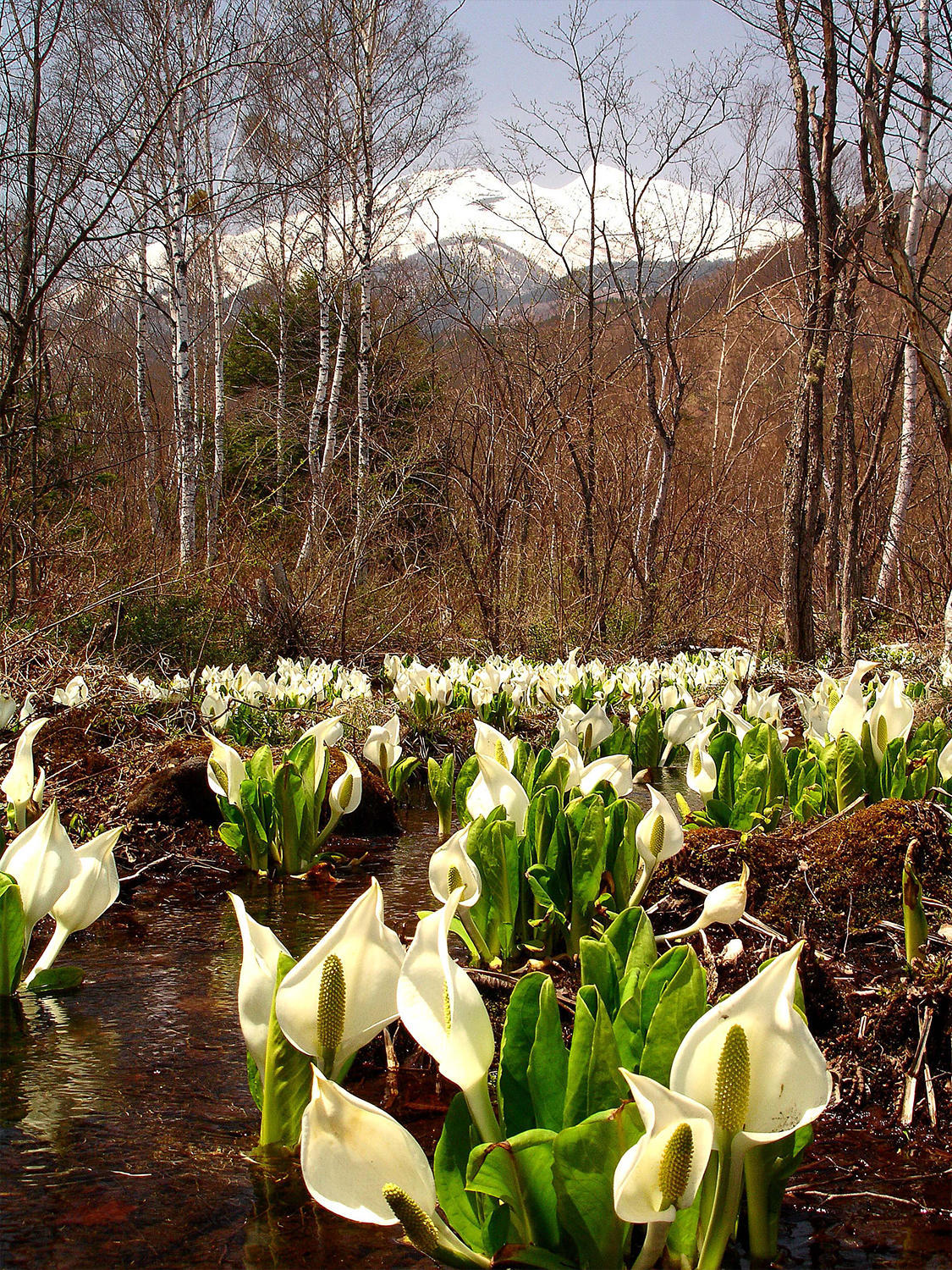


Area 4 MT.NORIKURA
In the southwest corner of Chubusangaku National Park stands Mt. Norikura, a massive volcanic mountain that straddles the border between Gifu and Nagano prefectures. Its name means “riding saddle,” befitting the swooping shape of its peaks and plateaus.
Visitors can experience alpine altitudes and the cooler temperatures found there with a minimum of fuss and exertion. Not only is it one of the easiest summits over 3,000 meters to climb, but bus and taxi services make the ascent on the Norikura Skyline/Norikura Echo Line, Japan’s highest road. The road climbs through birch forests and beyond the tree line to the Norikura Tatamidaira bus terminal—which, at 2,702 meters, also happens to be Japan’s highest bus stop. (The restriction on private cars has gone a long way toward protecting the fragile alpine environment.)

From there, hikers can choose from among several trails of varying distances and levels of difficulty. The classic route, a three-hour round trip, leads to the very top of Mt. Kengamine, at 3,026 meters the highest peak on the mountain. But even the 15-minute hike to the top of Mt. Mao, one of Norikura’s minor peaks, offers superb views in all directions, especially of the Northern Alps. The trails pass through fields of granite boulders and dwarf Siberian pine, the habitat for the raicho, a rare, nationally protected species of rock ptarmigan. Lucky visitors might catch a glimpse of these alpine birds, descendants of a population left behind when the glaciers retreated during the last ice age. Their mating season is from late May to early June, and they change their coloration three times throughout the year, turning almost completely white in winter. There are seven bodies of water on Mt. Norikura, many of them offering reflections of the 23 peaks that make up this range.
For visitors who wish to stay at altitude, several lodges around the bus terminal’s parking lot offer accommodation during periods when the road is open.

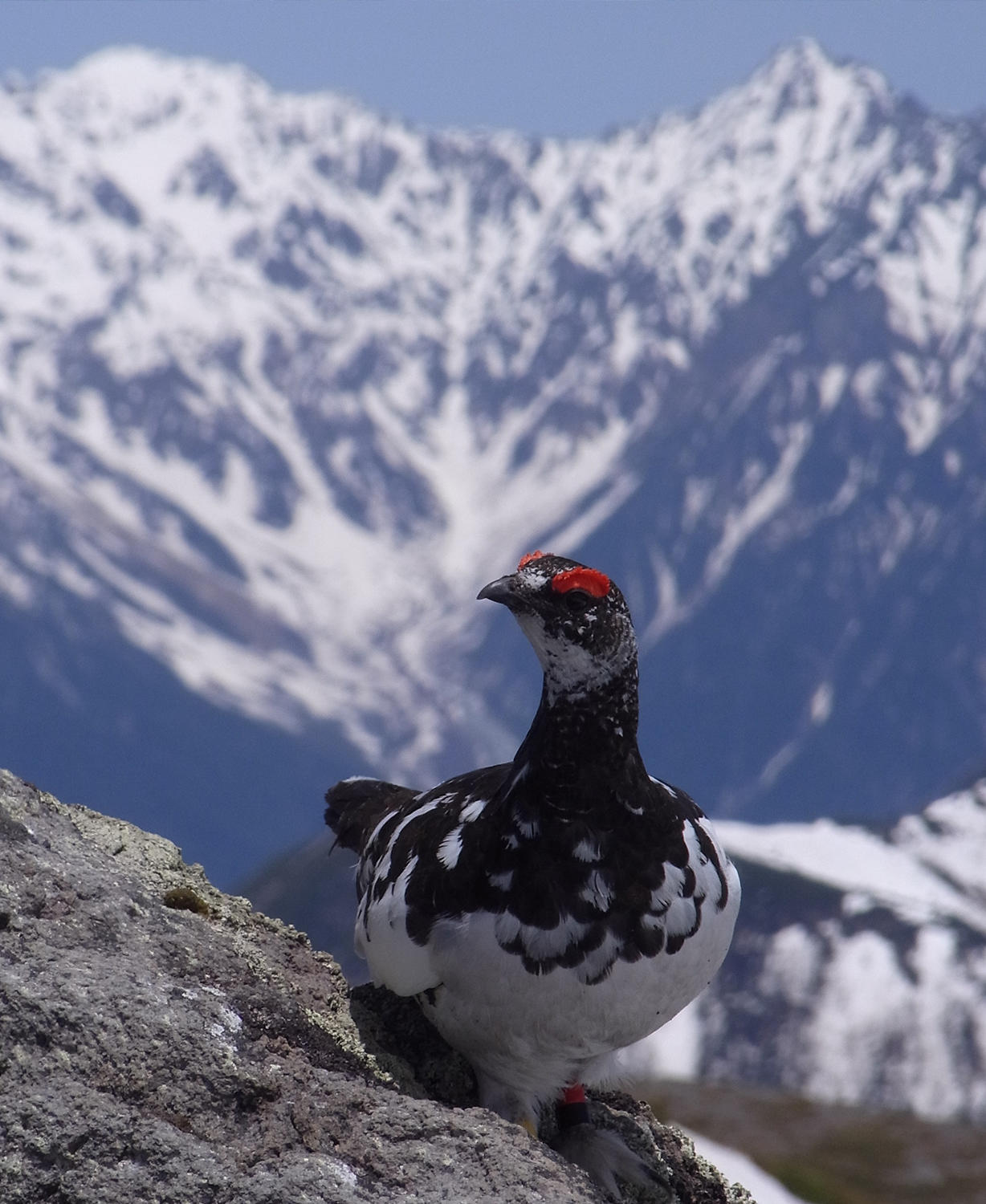
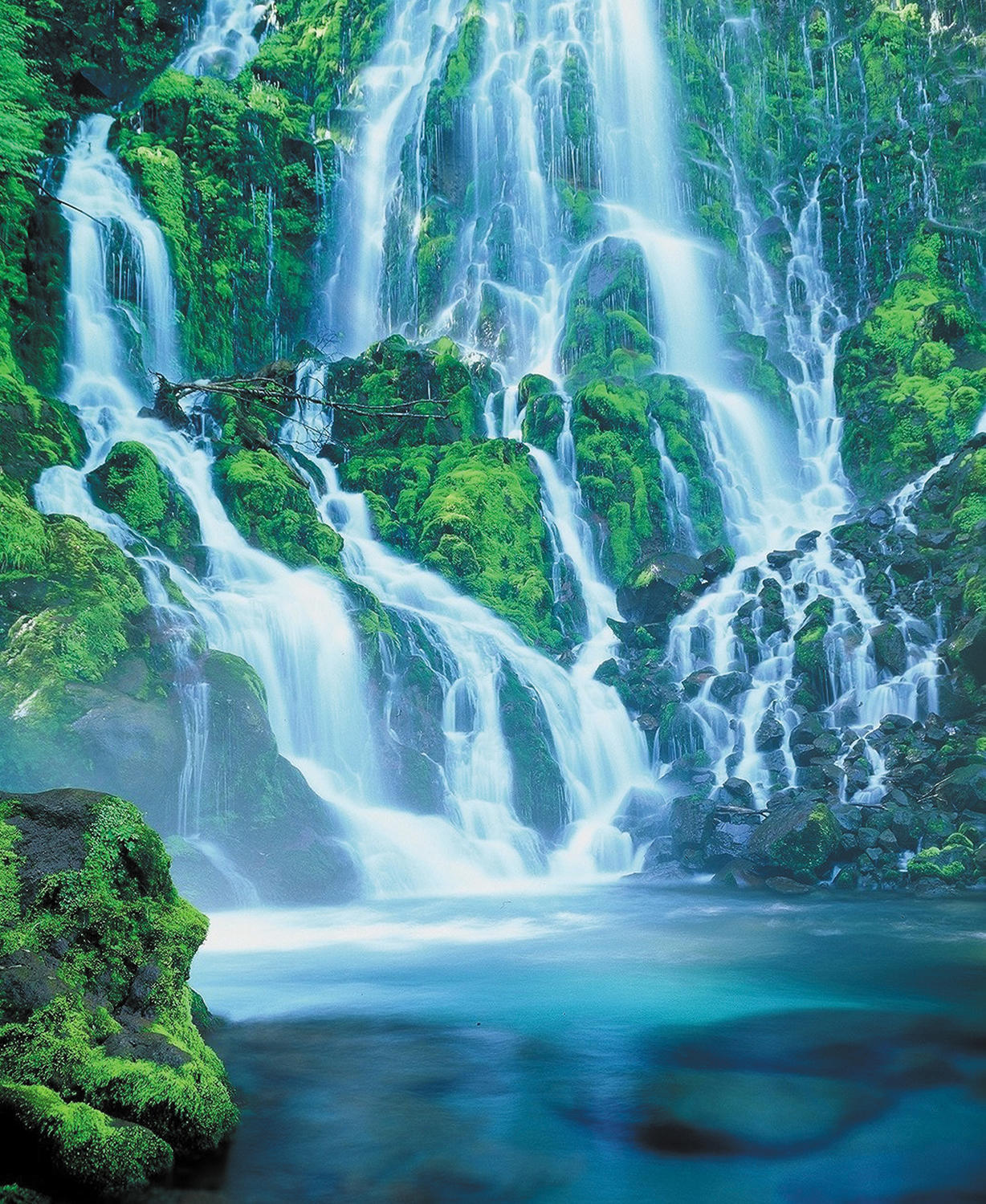



Area 5 SHIRAHONE ONSEN
Shirahone Onsen is an onsen hot-spring village tucked deep inside the steep, forested valleys of Chubusangaku National Park. It is a perfect spot for people who appreciate a peaceful, remote location and are looking to experience the unique culture and customs of a hot-spring resort where everything revolves around relaxation.
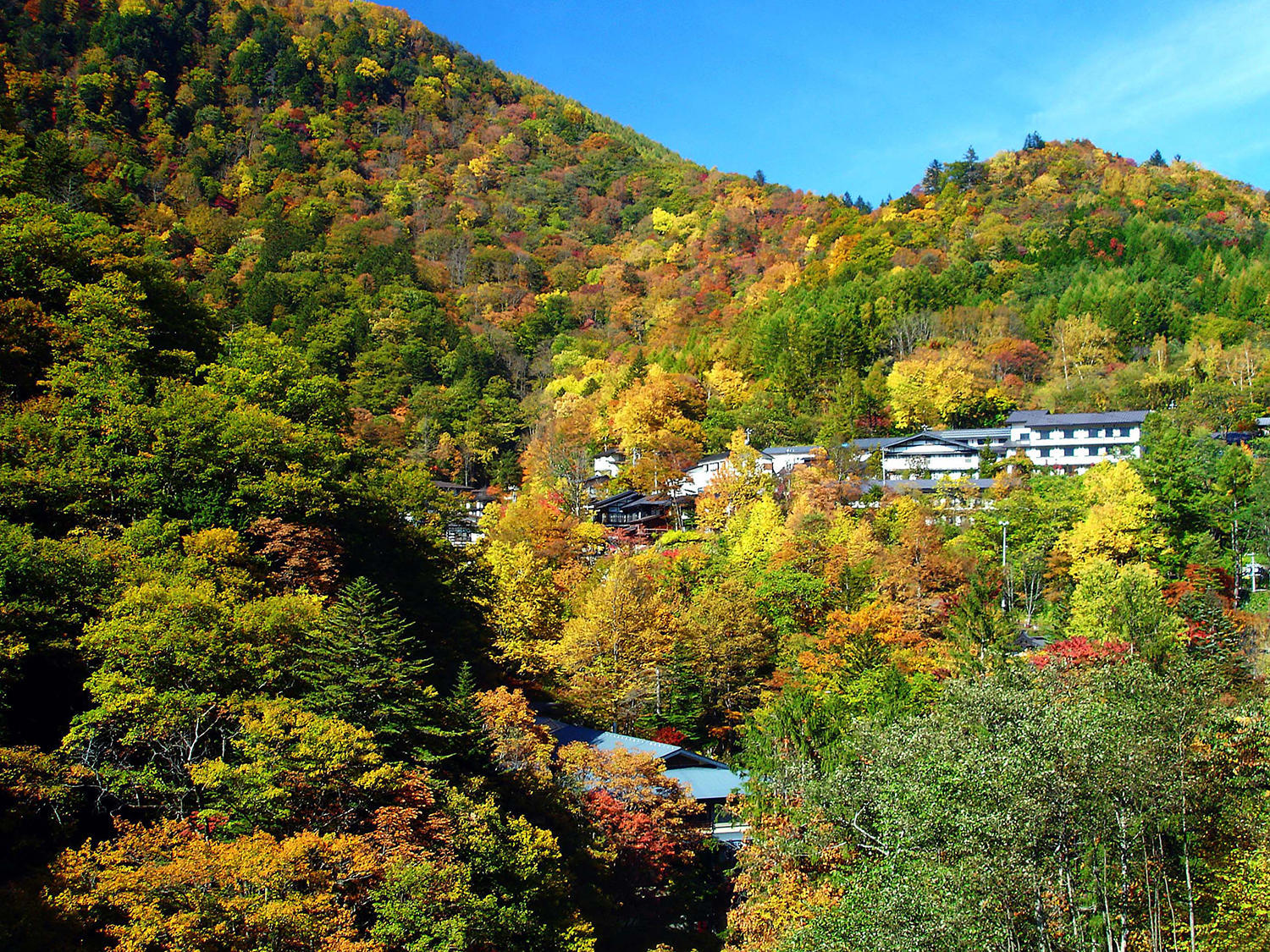
Local historians believe that Shirahone Onsen’s hot springs have been in use since the Kamakura period (1185–1333), when samurai warriors would stop for a soak as a break from marching through the rugged mountain passes. The village itself has been around for four centuries, and over time the locals realized that the milky-white mineral waters appeared to have beneficial properties. By the latter half of the Edo period (1603–1867), farmers from Matsumoto were coming here to recuperate from long days of planting and harvesting.
In more recent times, as hiking has become more popular, enthusiasts have found the onsen waters to be a perfect remedy for sore muscles. The milky cloudiness of the water that made Shirahone Onsen famous is now known to be due to the presence of minerals like calcium and magnesium. Drinking the water is said to have even more health benefits, and visitors are encouraged to try it, which is why you will often find cups next to the spigots at the baths.
Today the village has 11 hot-spring inns, where guests can enjoy the relaxing ambience of traditional lodgings, including classic Japanese rooms with tatami-mat flooring and futon bedding. Day visitors are welcome to drop by for a soak at one of the outdoor baths and even at some of the inns’ baths. But the best way to truly experience the charms of a Japanese hot-spring inn is to stay overnight. Not only are guests free to make almost unlimited use of the baths, day or night, but the other amenities and services—particularly the elaborate meals—make for an unforgettable stay. Menus will usually include local specialties, like salmon-trout sashimi and sansai mountain vegetables, and one often-featured dish is onsen okayu, a rice porridge made with the hot spring’s mineral water.

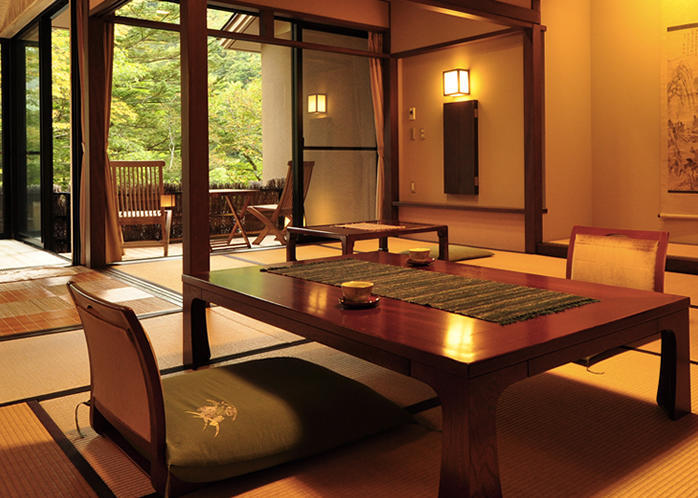
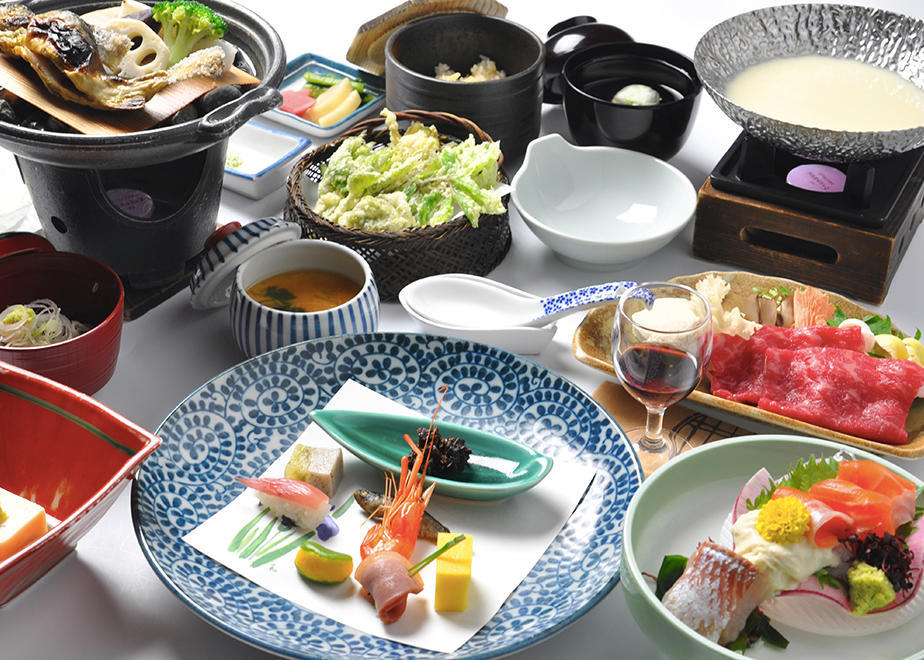



Area 6 OKUHIDA ONSENGO HOT SPRINGS
For visitors who want a longer experience of the natural wonders of Chubusangaku National Park, or perhaps just an early start on a mountain trek, there is no better “base camp” than the Okuhida Onsengo Hot Springs. Nestled at the foot of the mountains, it consists of five small hot-spring communities only a few kilometers apart, offering a variety of accommodations and plenty of baths to relax in. Visitors can soothe and recharge tired muscles, and the springs are even believed to heal certain ailments. Together, these villages have more open-air hot springs than any other similar area in Japan. A number of the baths are mixed gender, and bathing suits are permittedin certain cases.
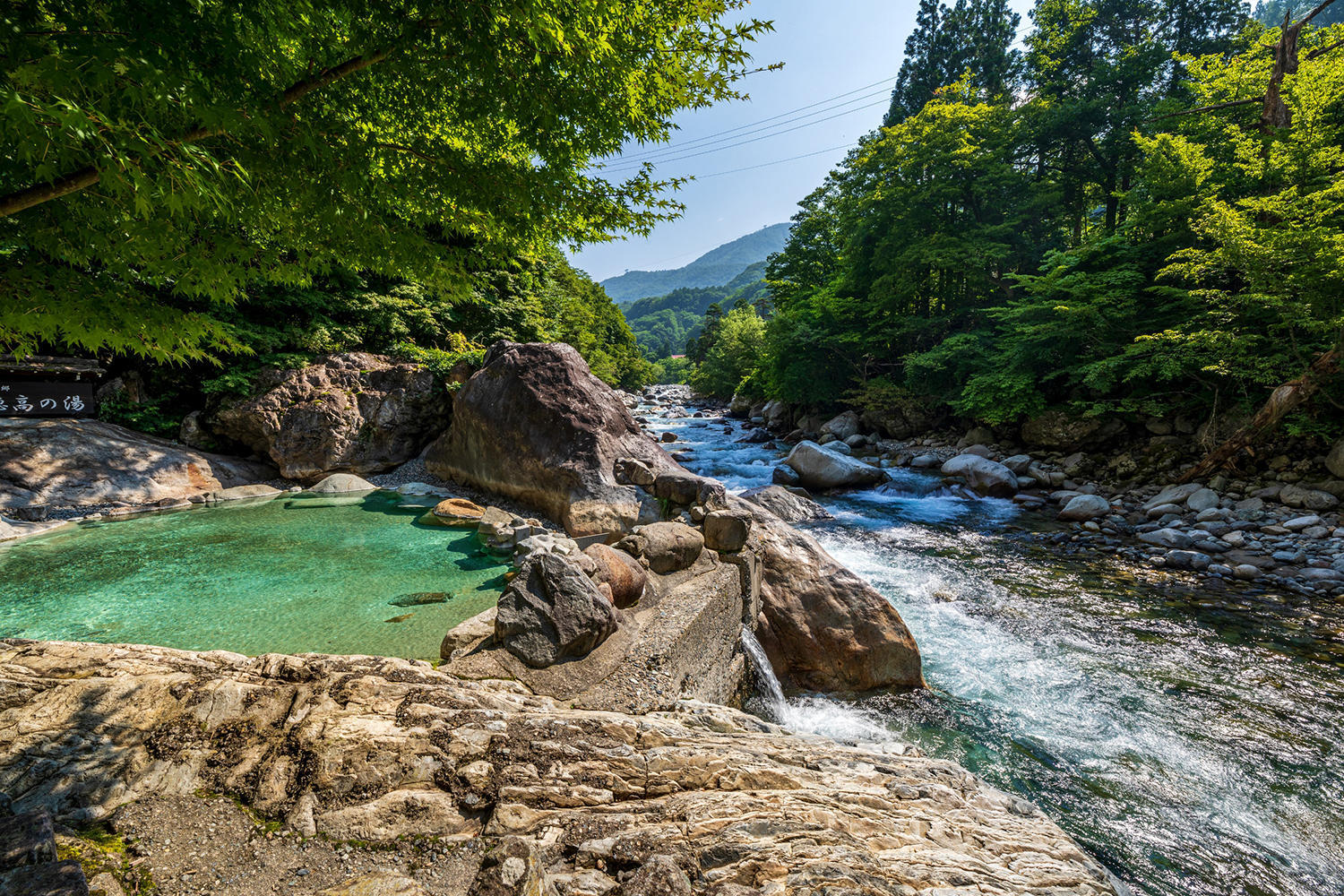
Two of the villages, Hirayu and Shin-Hotaka, are in the national park itself, and there are three others nearby: Fukuji, Tochio and Shin-Hirayu. Each village has its own character (and distinctive mix of mineral components in its baths), and visitors are welcome to drop in and sample the waters without staying overnight. Overnight guests can choose accommodations from pensions and Western-style hotels to sprawling seventeenth-century traditional buildings. Many rooms have views of the surrounding peaks of the Northern Alps.
Not far from Shin-Hotaka is the lowest station of the Shin-Hotaka ropeway, with two sections making an ascent from 1,117 meters to 2,156 meters. The observation deck at the top has some of the finest views of the Northern Alps, a panorama of peaks, many over 3,000 meters high.
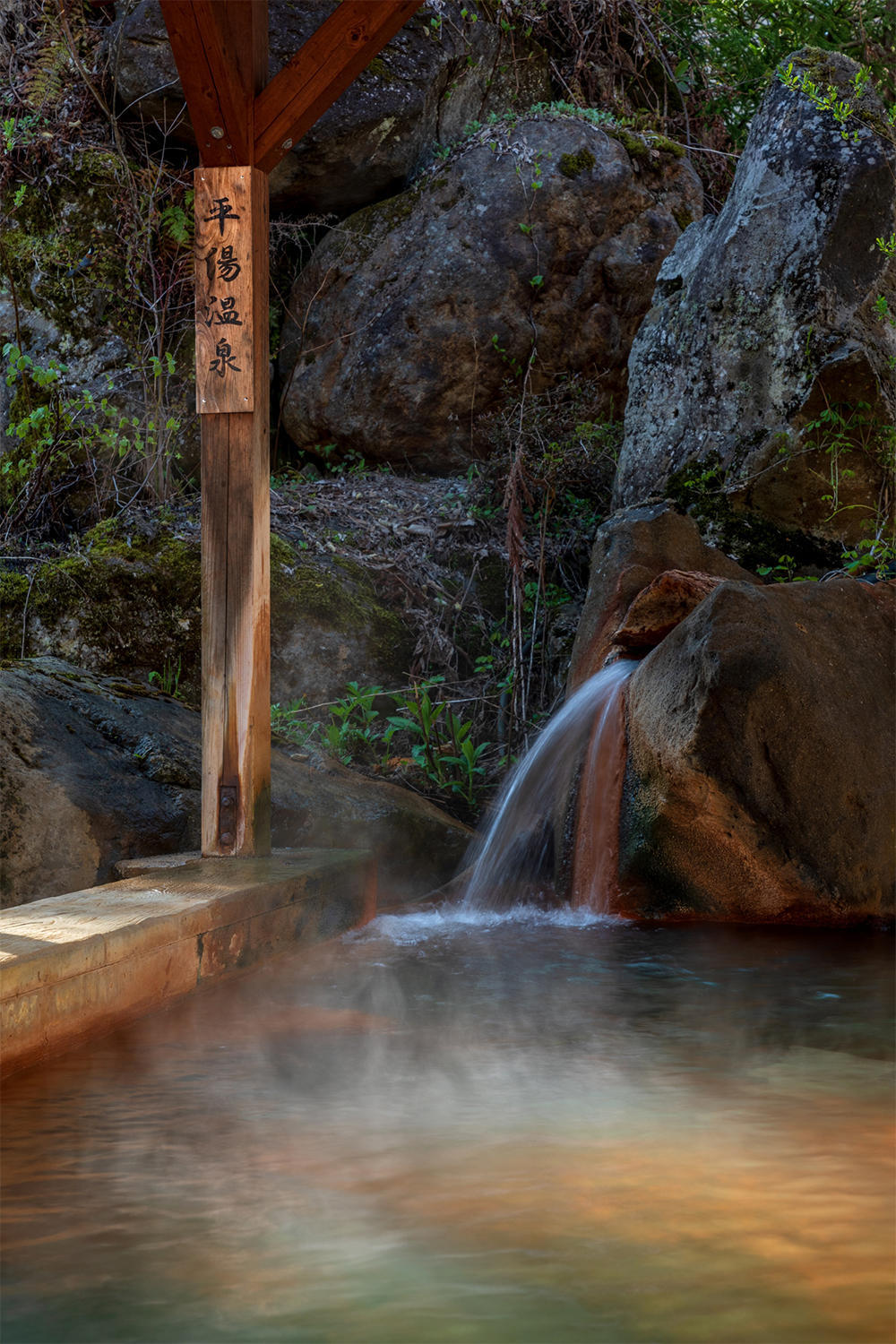



Access
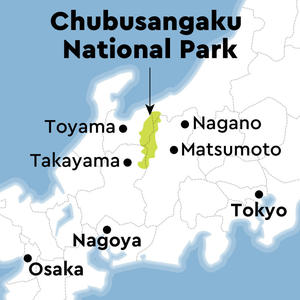
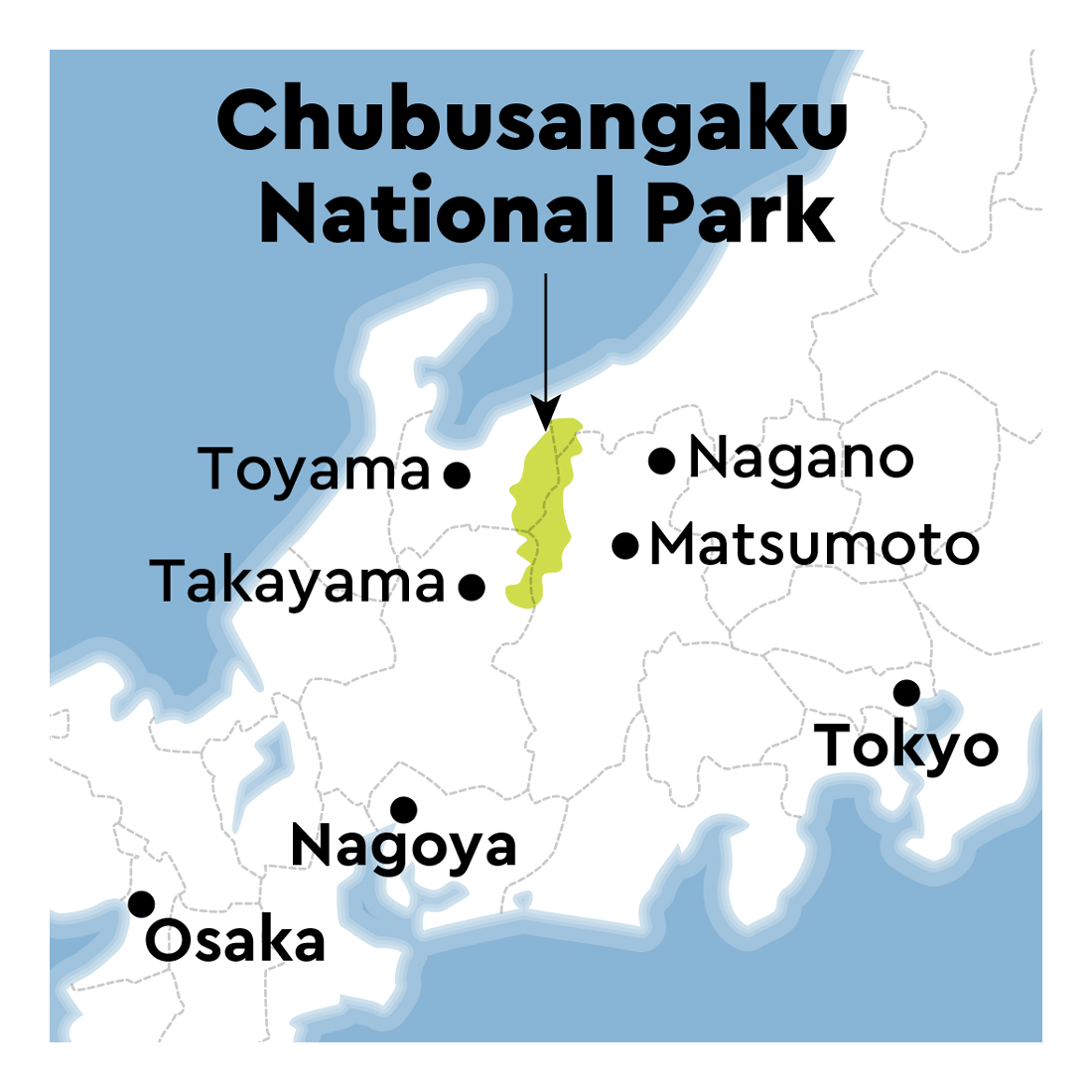
Matsumoto Station in Nagano Prefecture and Takayama Station in Gifu Prefecture will be bases for access. Matsumoto is easily accessible from Tokyo, and Takayama is convenient from Osaka or Nagoya.
Sawando National Park Gate (Bus Terminal) from the Matsumoto, and Hirayu Bus Terminal from Takayama, serve as relay points for access to desired areas.
Also, in the summer season, there are direct buses from the city to places such as Kamikochi and Hirayu.
If you come by car, there are restriction on private cars going to Kamikochi and Mt. Norikura, so change to bus or taxi at a parking lot along the way.
Kamikochi and Mt. Norikura are closed during the winter season. There is no access by bus or taxi.
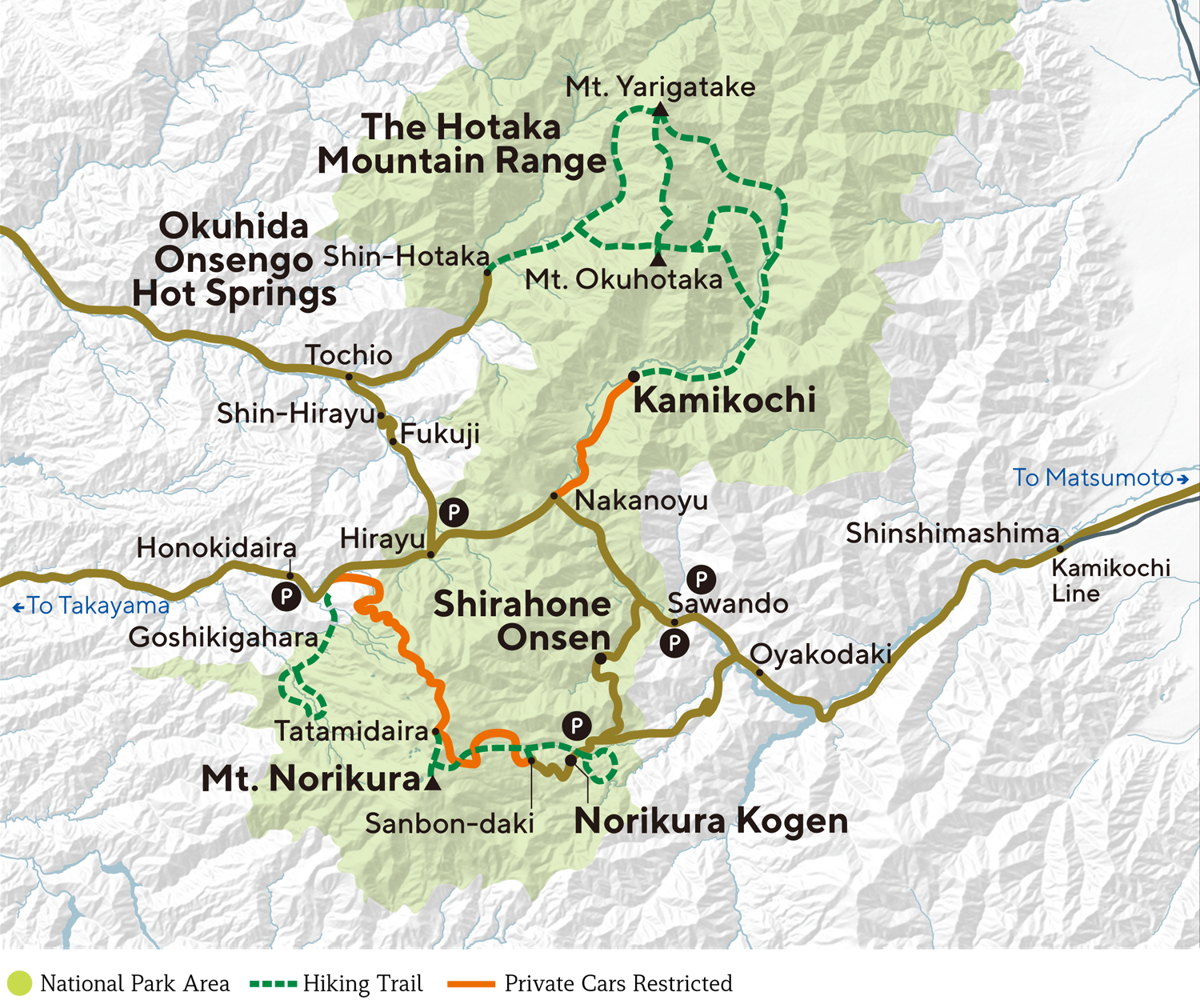
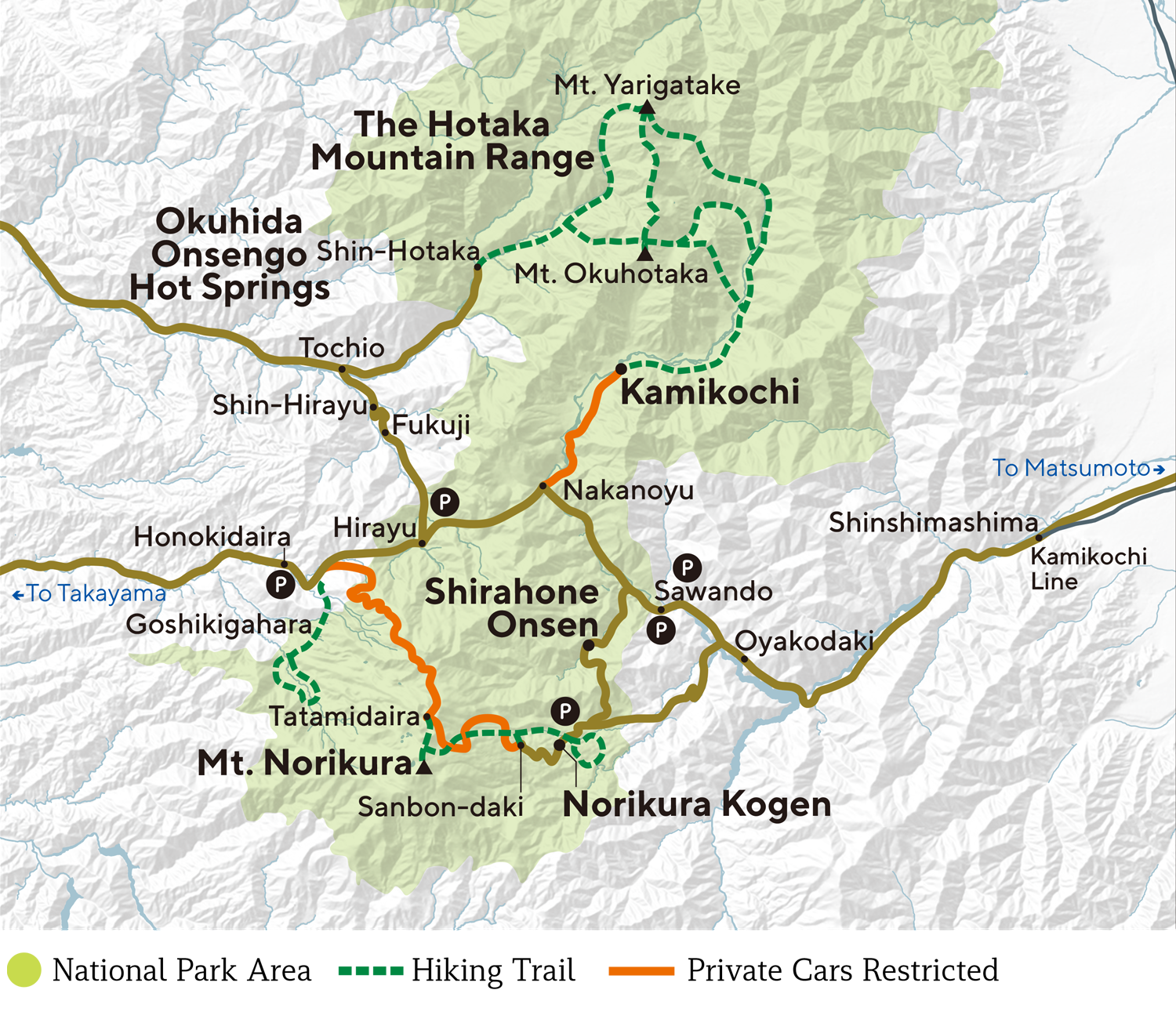
Information
Matsumoto City Alps Sangakukyo
Phone 0263-94-2221
Email office@alps-kanko.jp
URL https://www.alps-sangakukyo.jp
Area : 1 2 3 5
Hida Norikura Tourism Association
Phone 0577-78-2345
Email info@hida-norikura.com
URL https://www.norikuradake.jp/en.html
Area : 4
Okuhida Onsengo Tourism Association
Phone 0578-89-2614
Email okuhida@hidatakayama.ne.jp
URL https://www.okuhida.or.jp/en/
Area : 6
Alpine Wonderland
Alpico Kotsu
Nohi Bus
Special thanks to
Chubusangaku National Park Office






